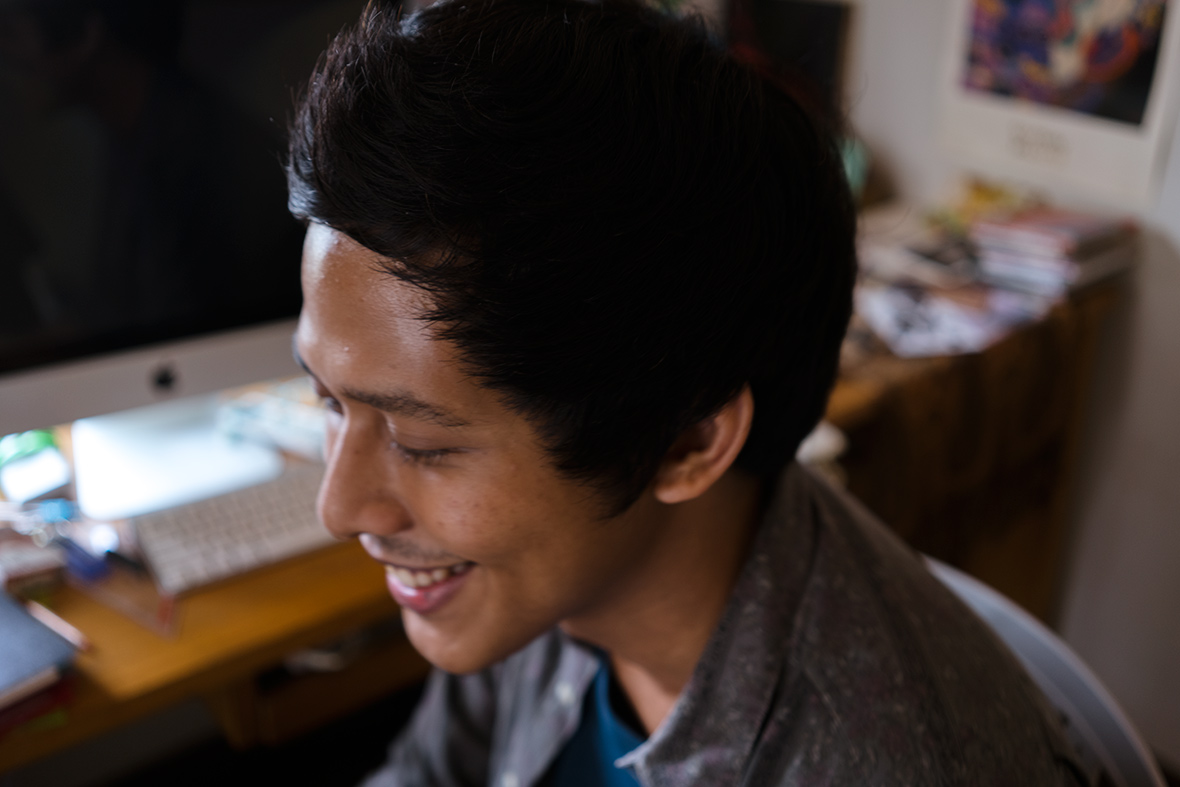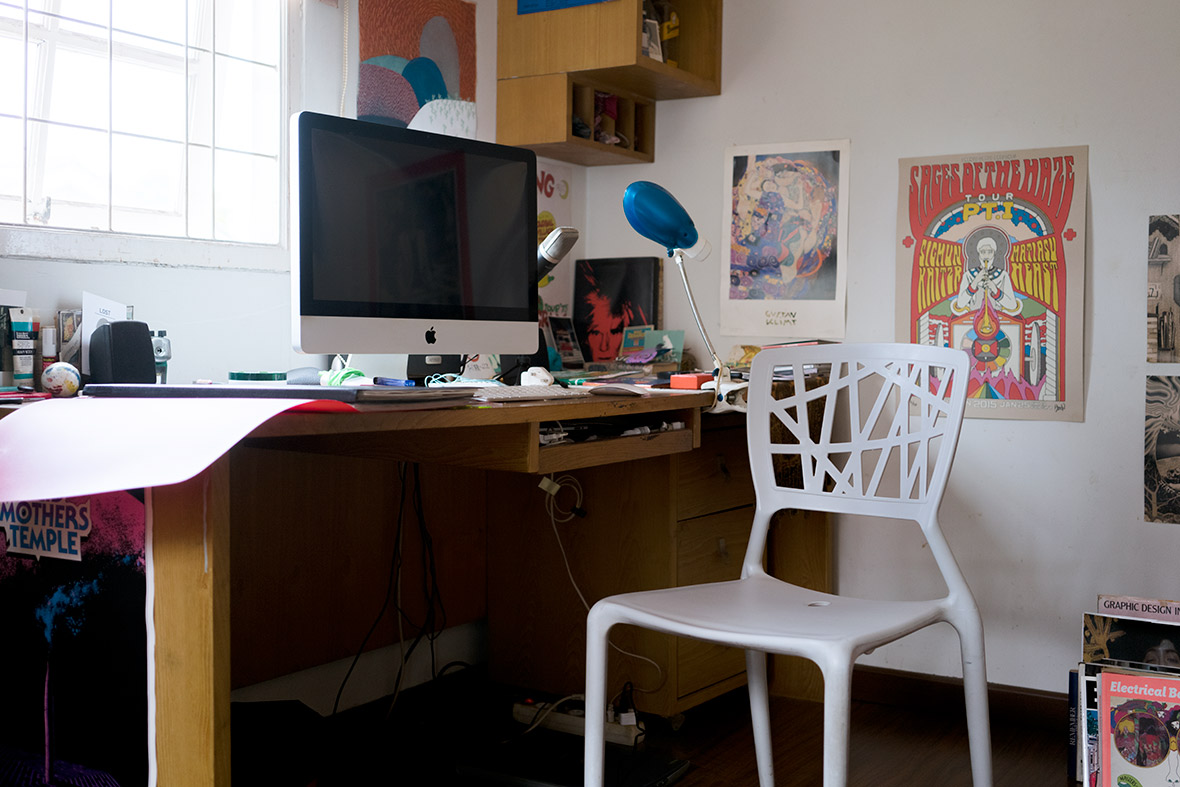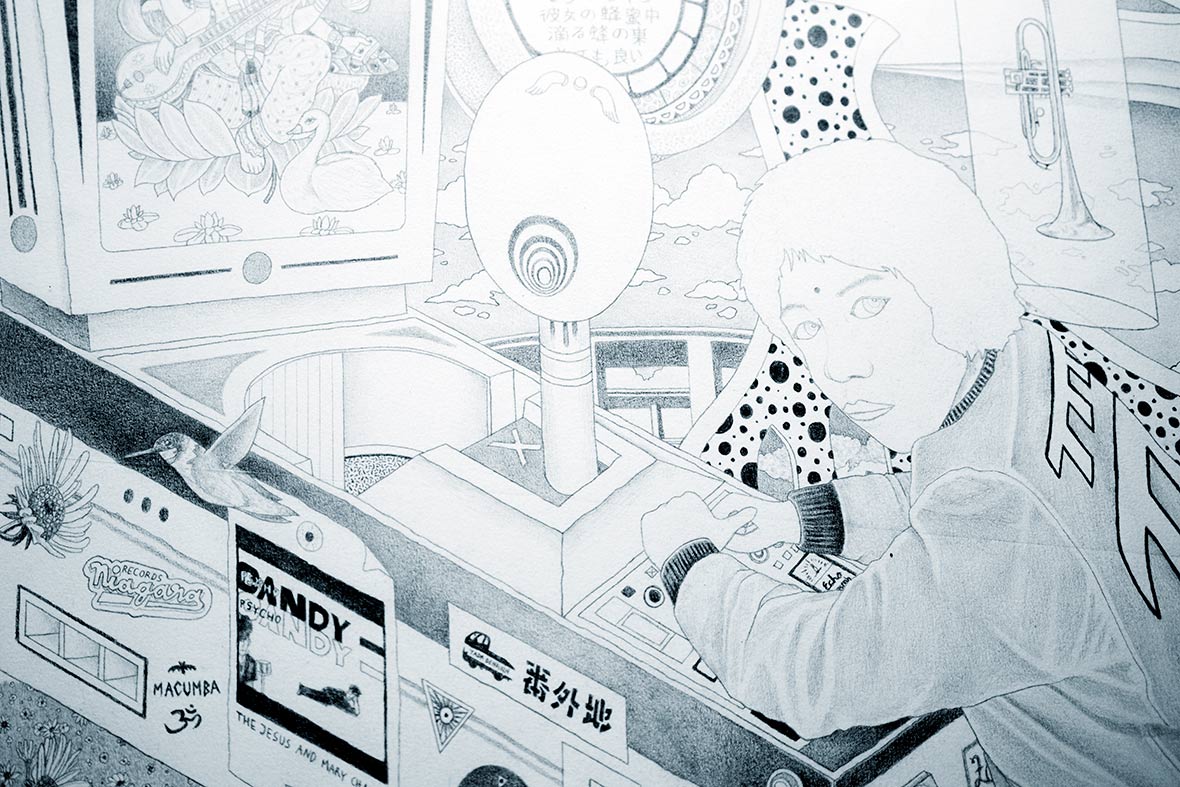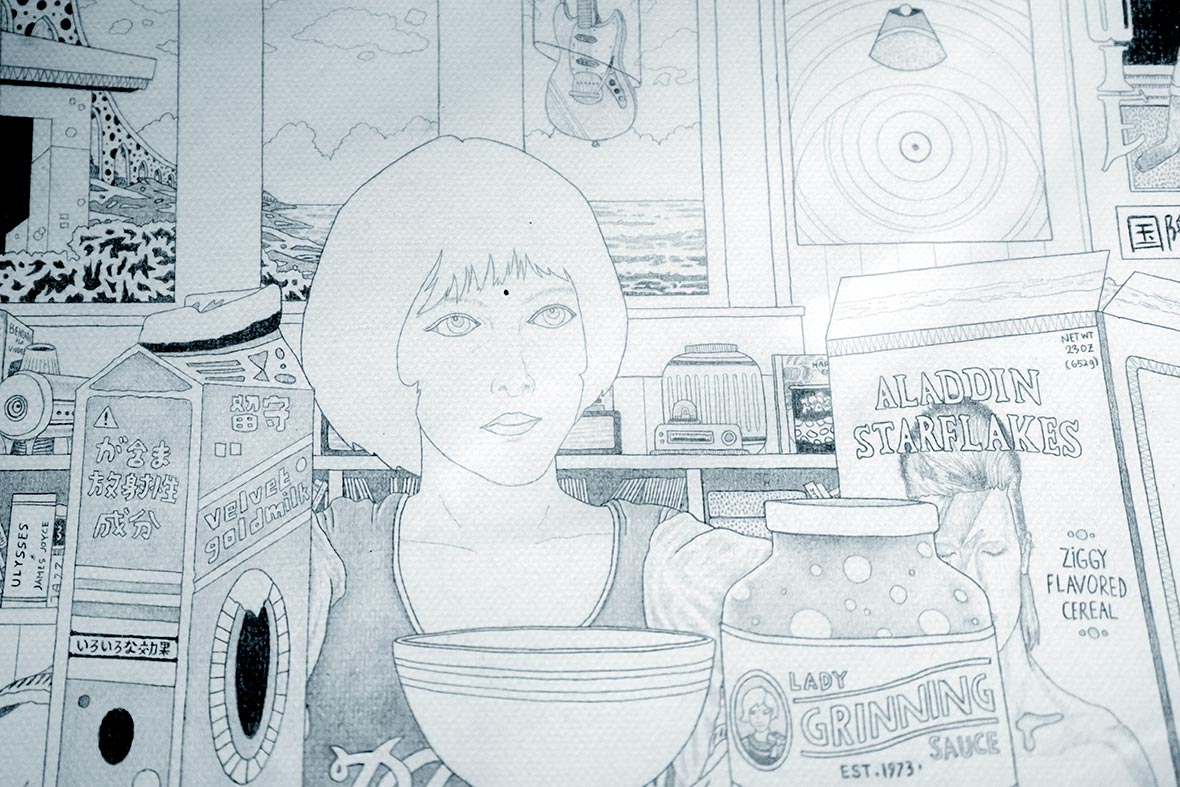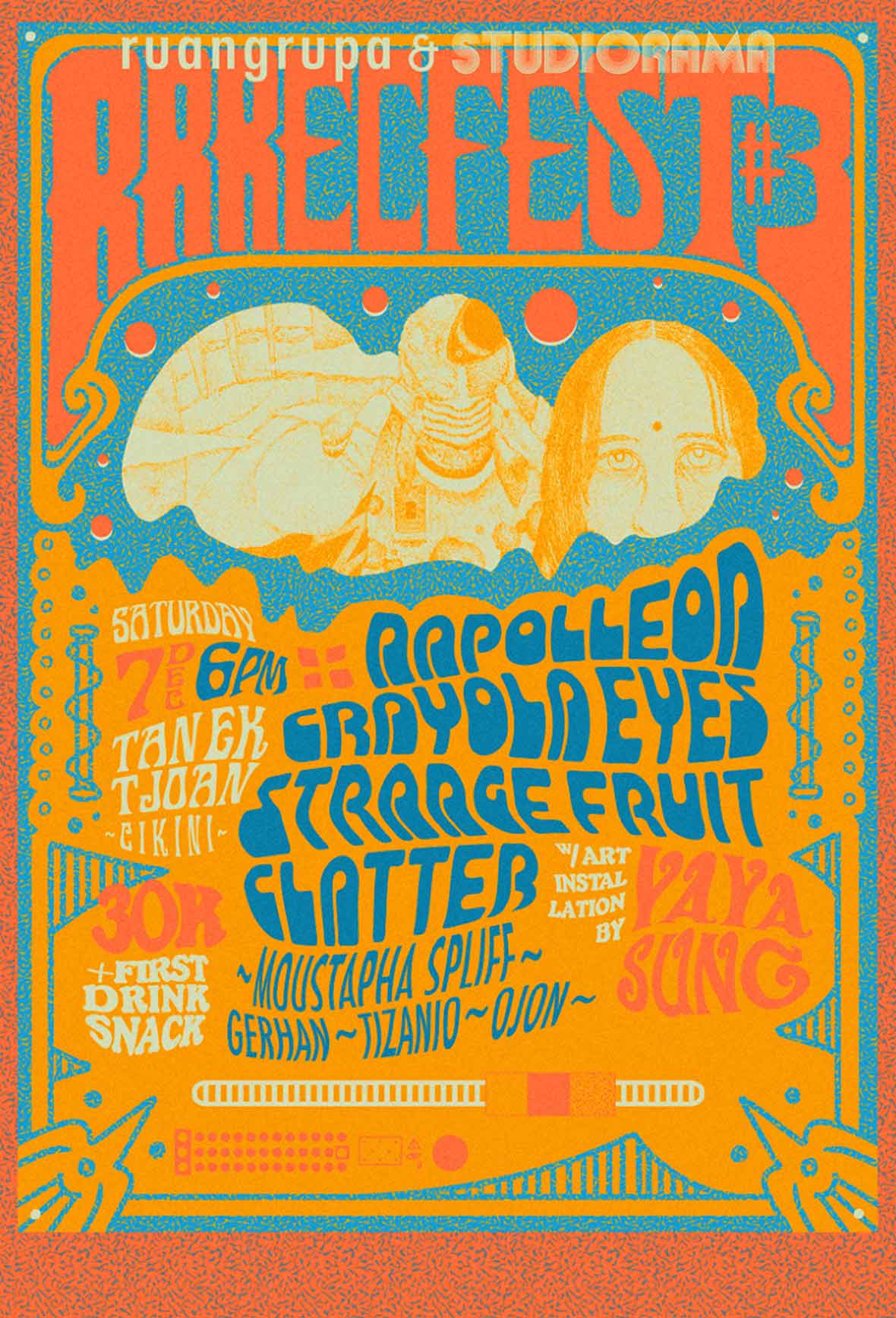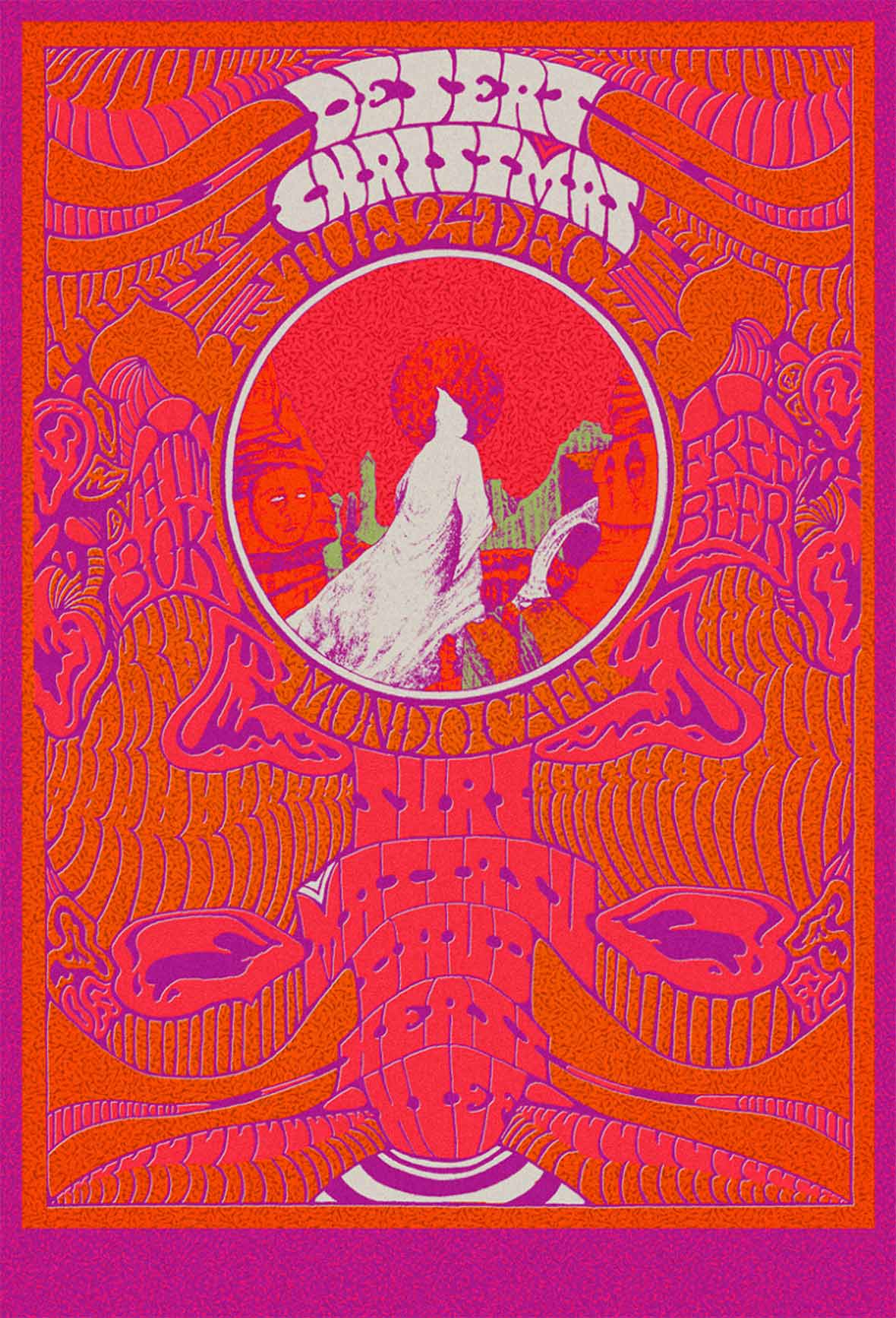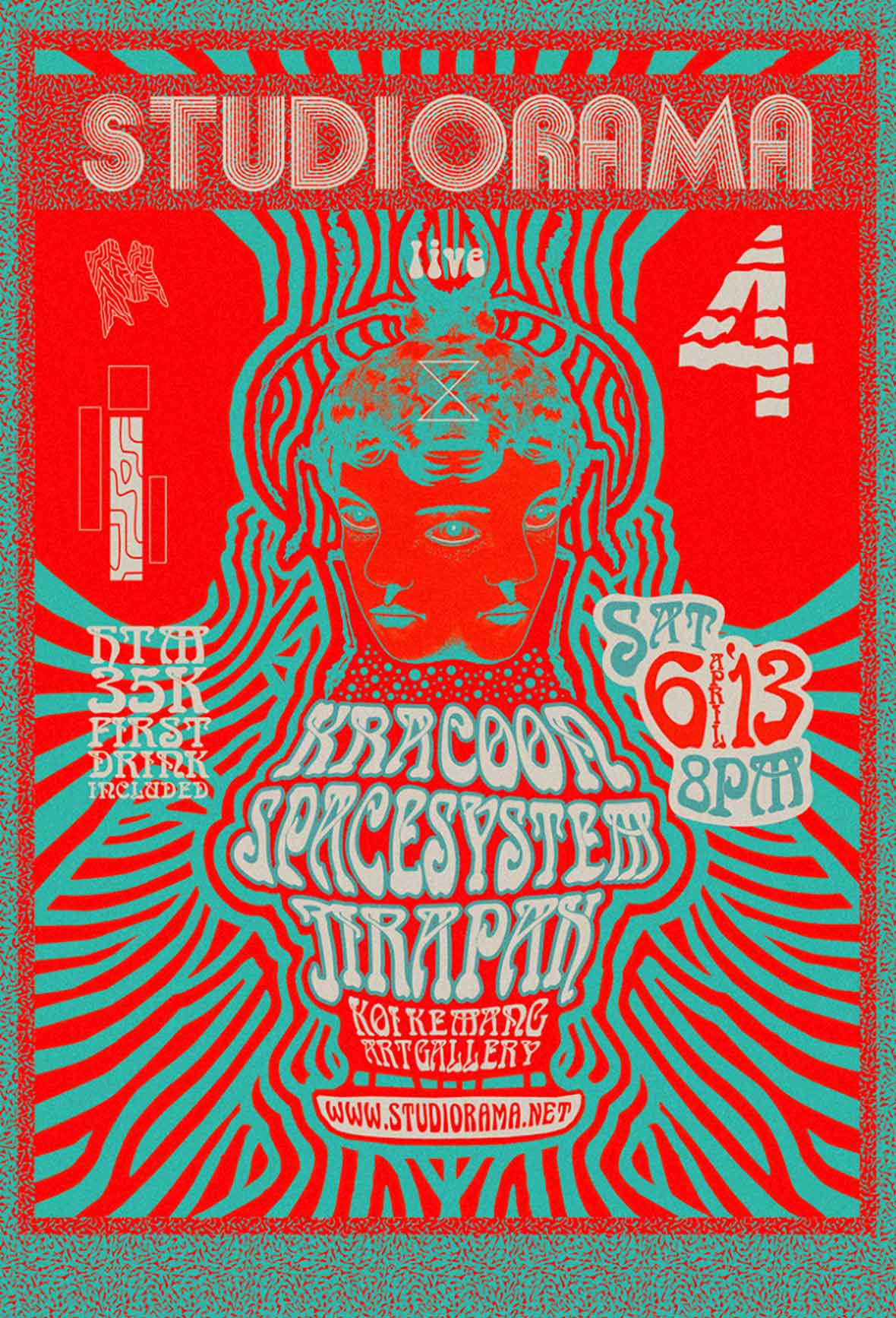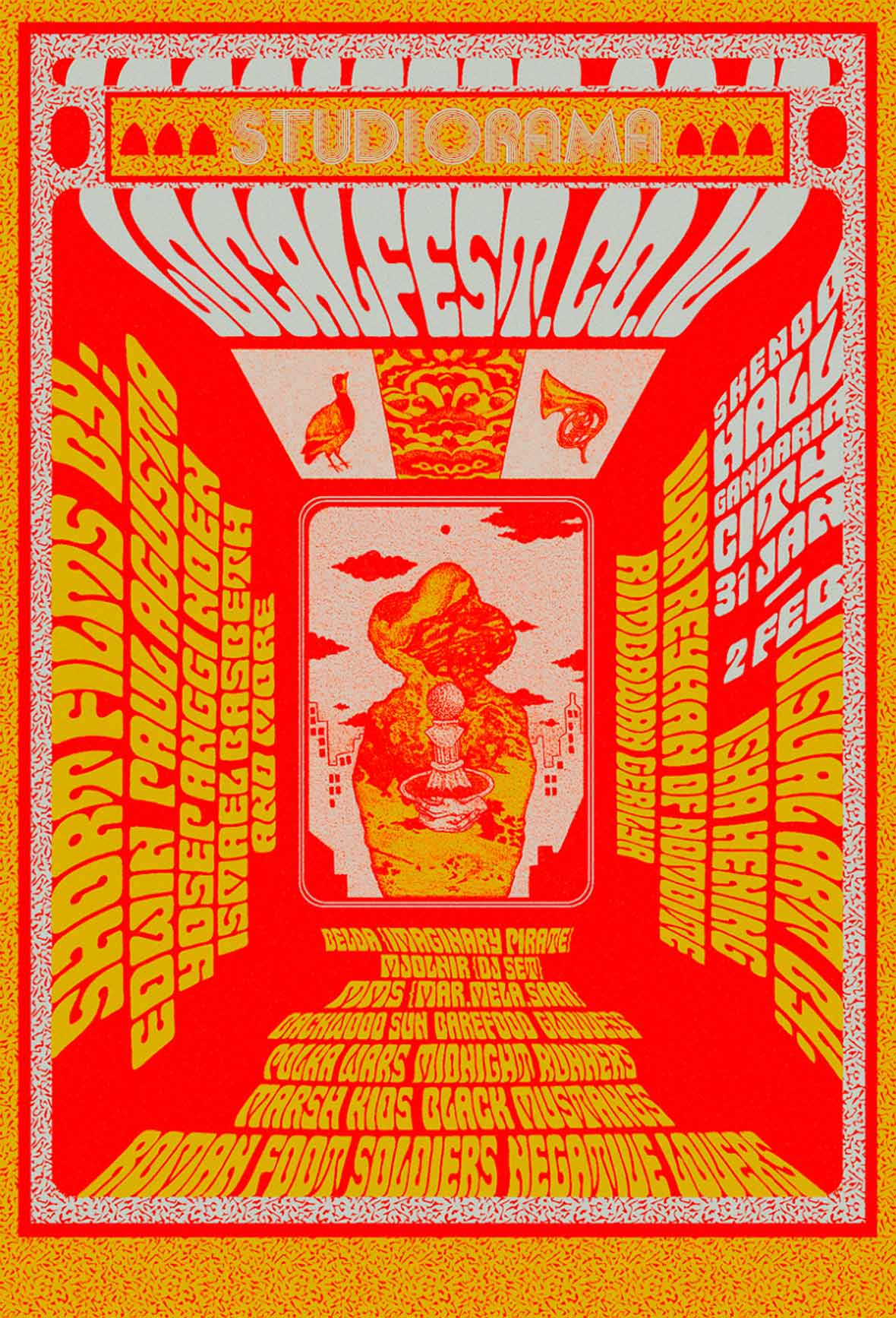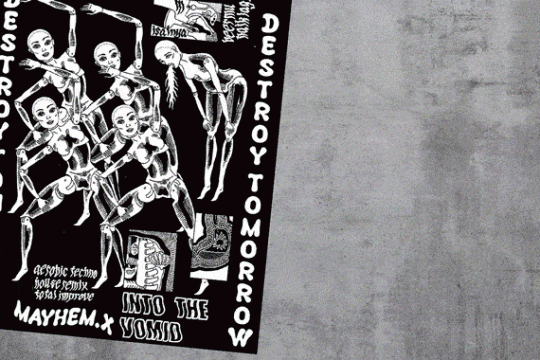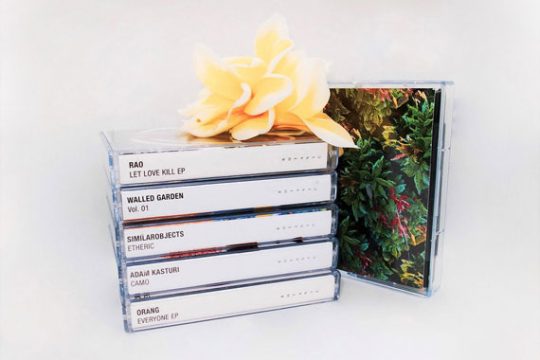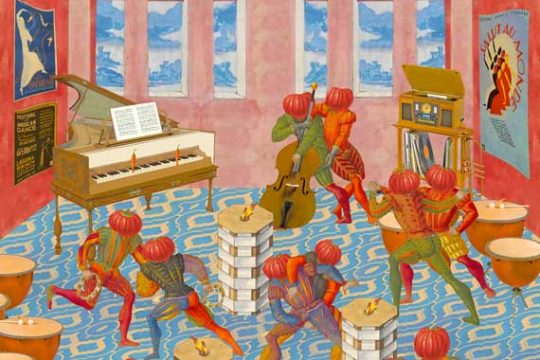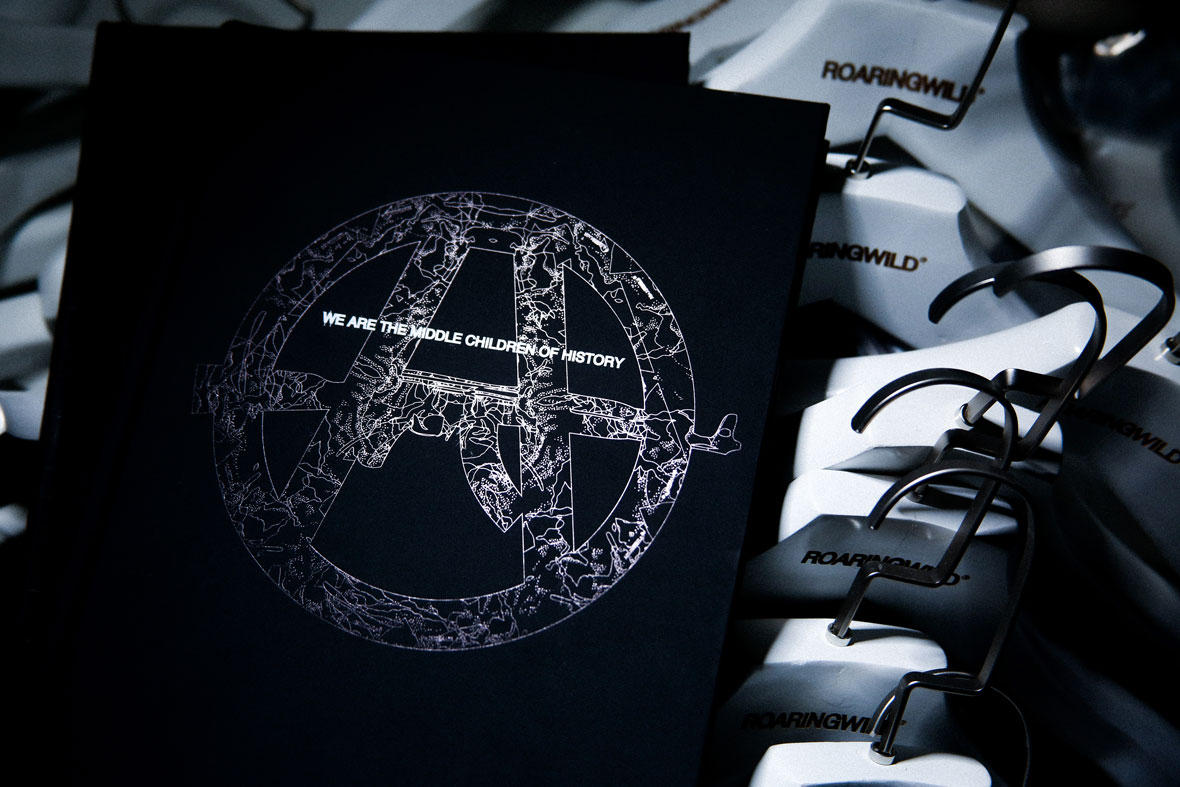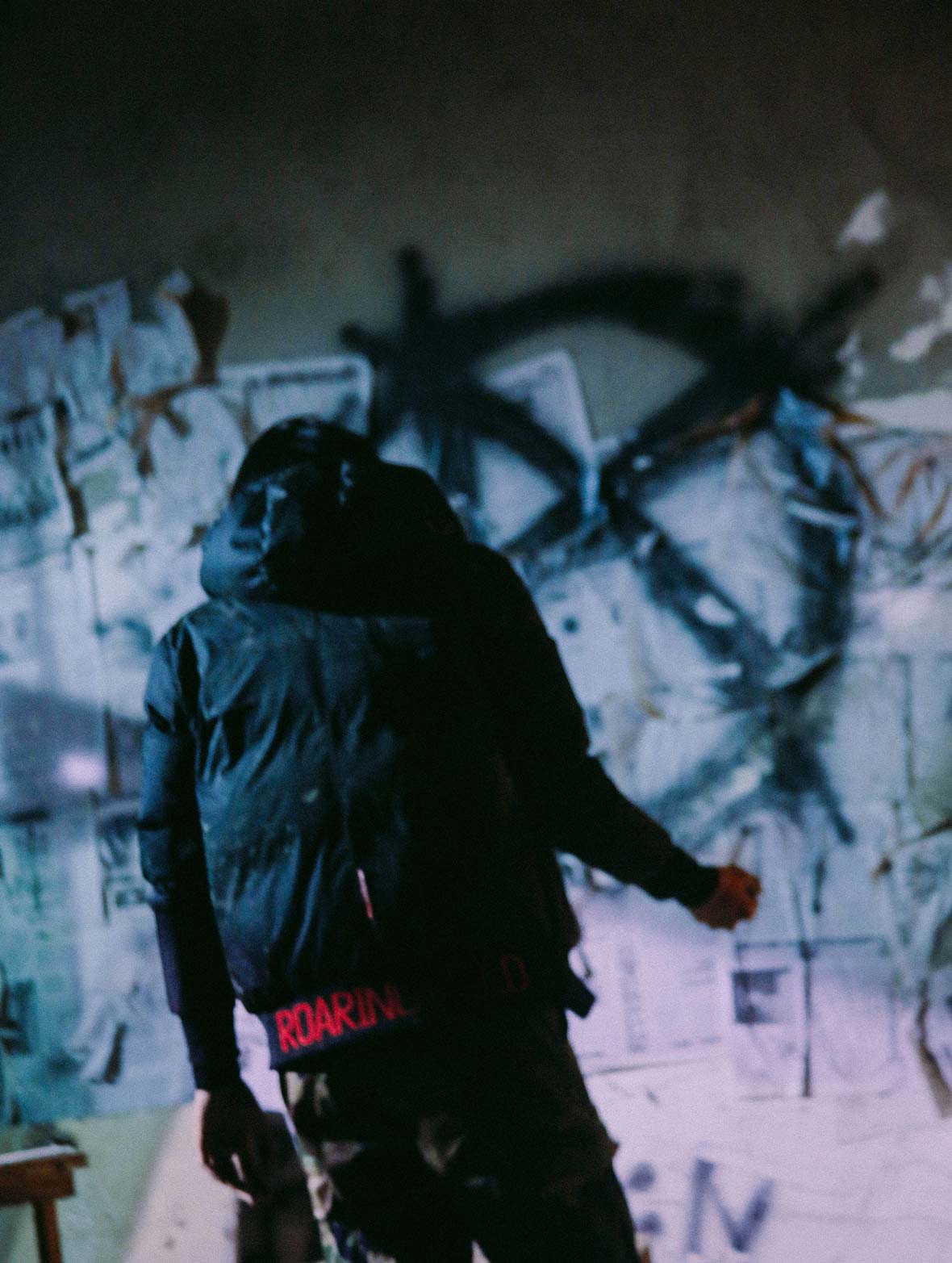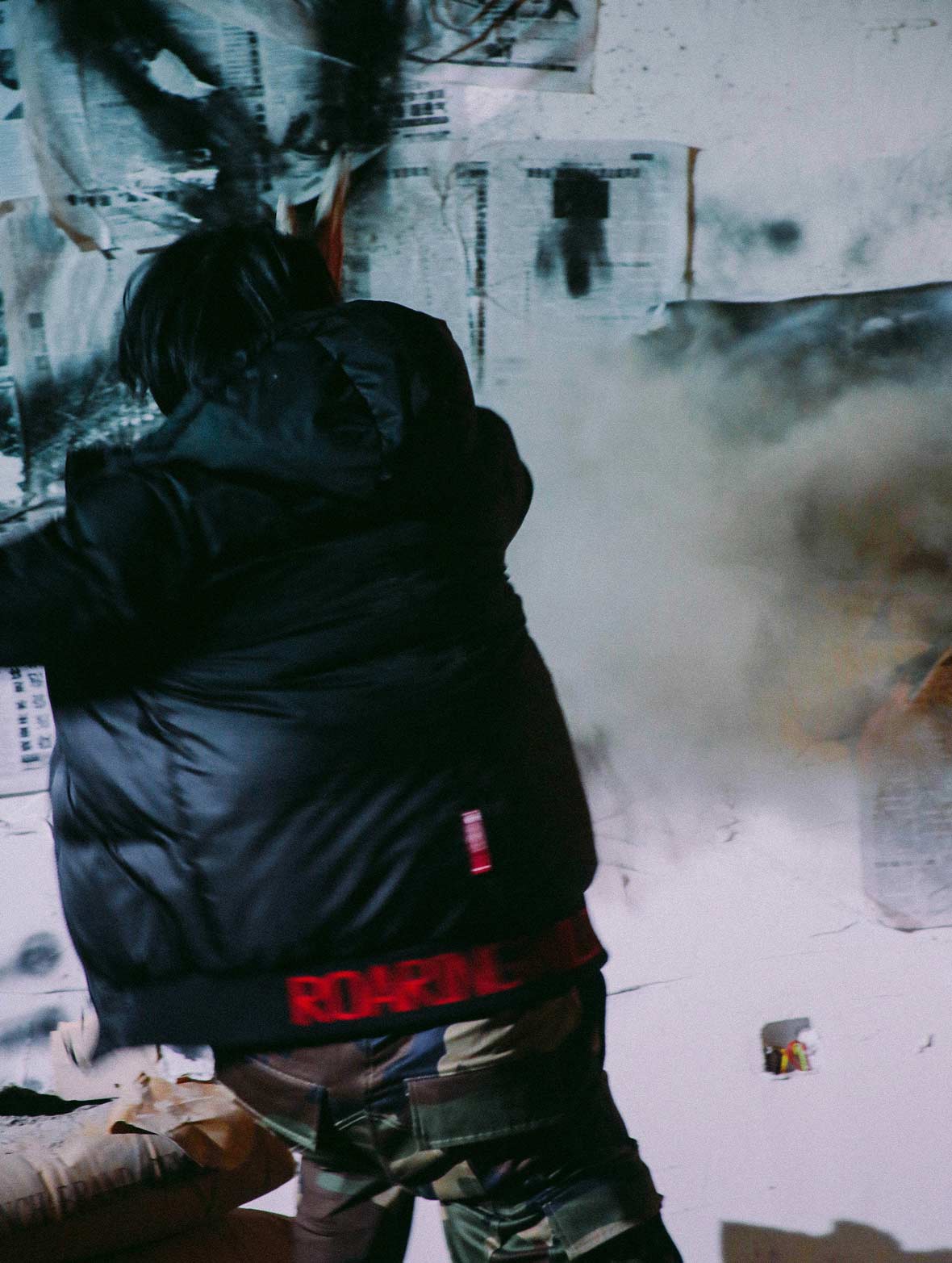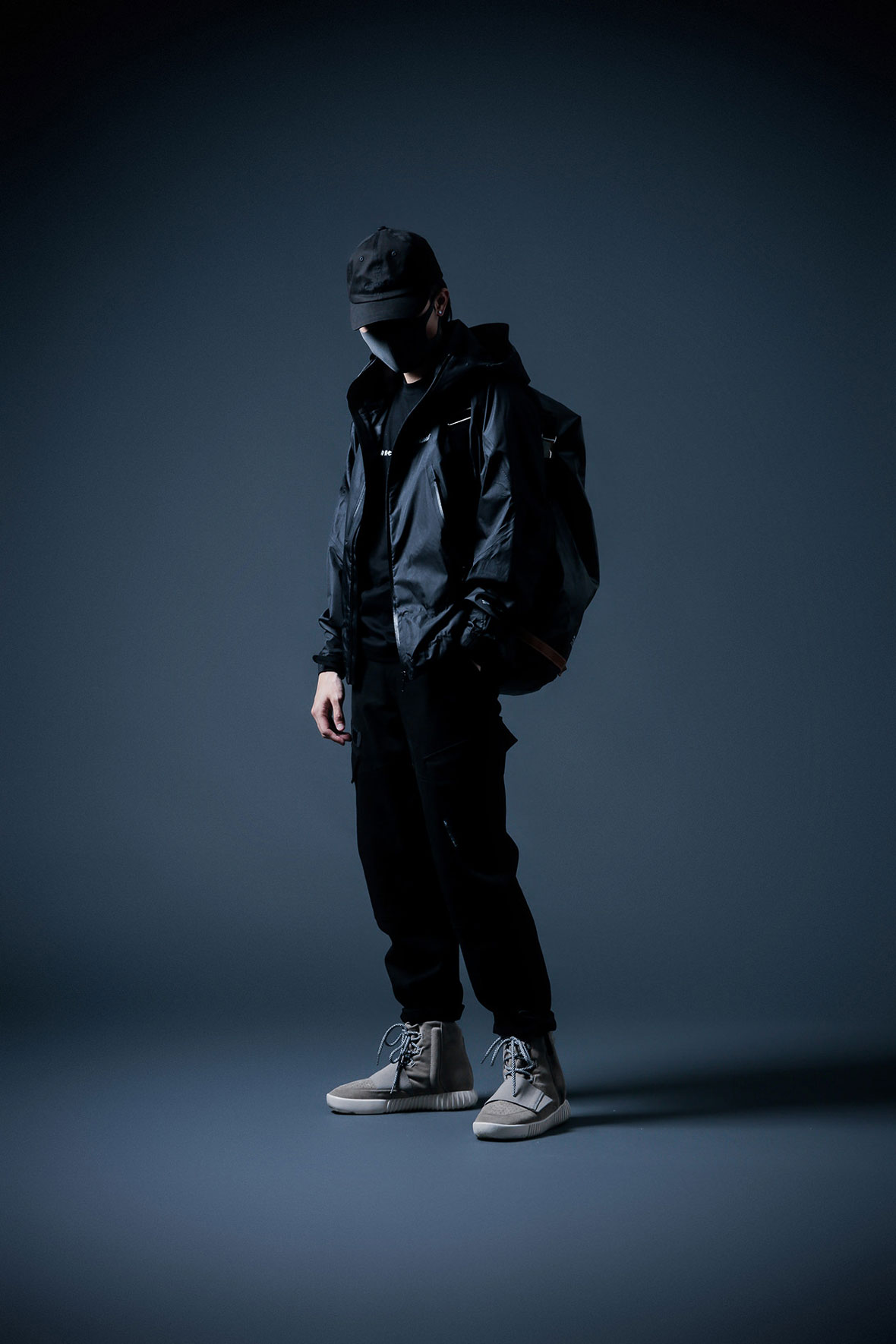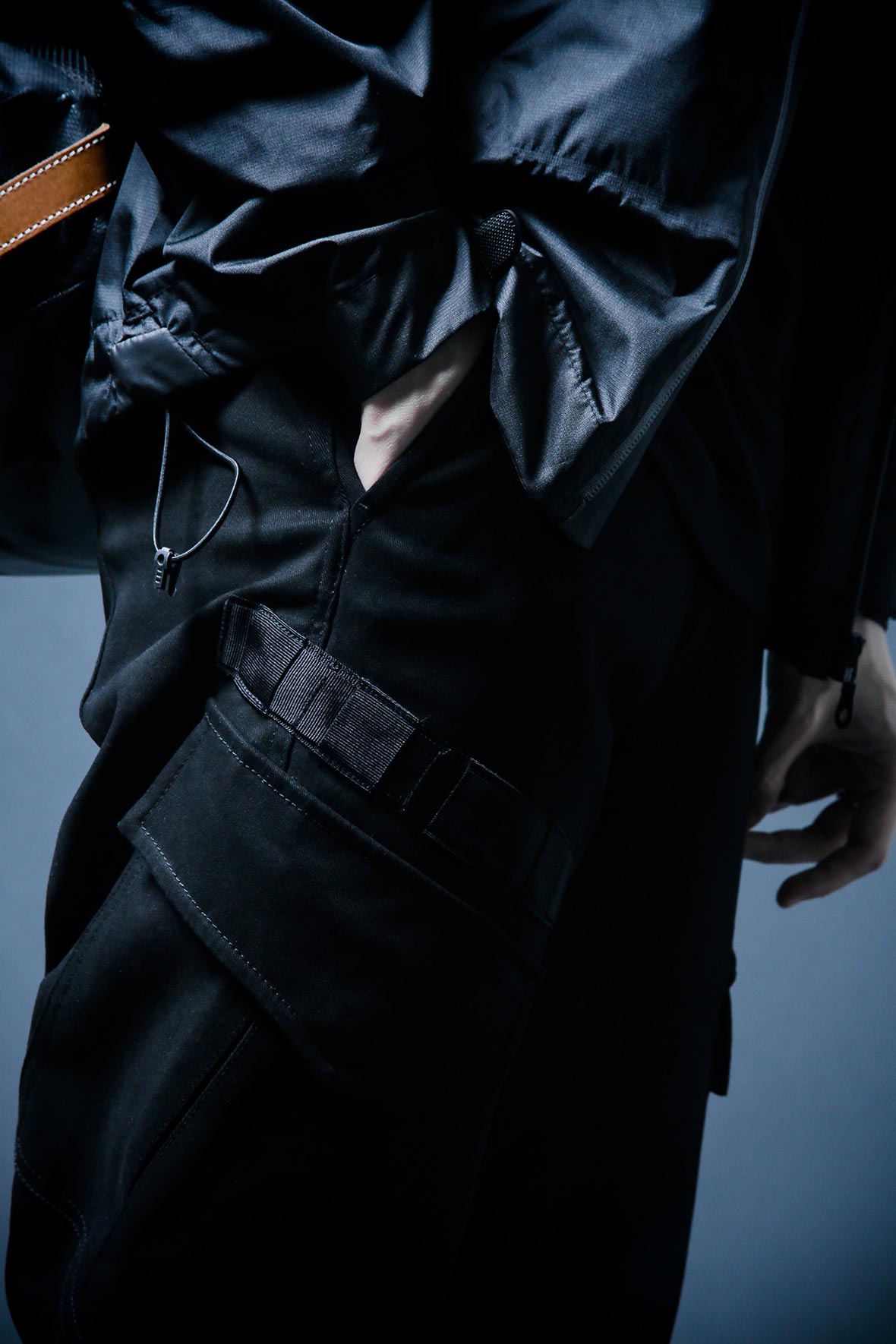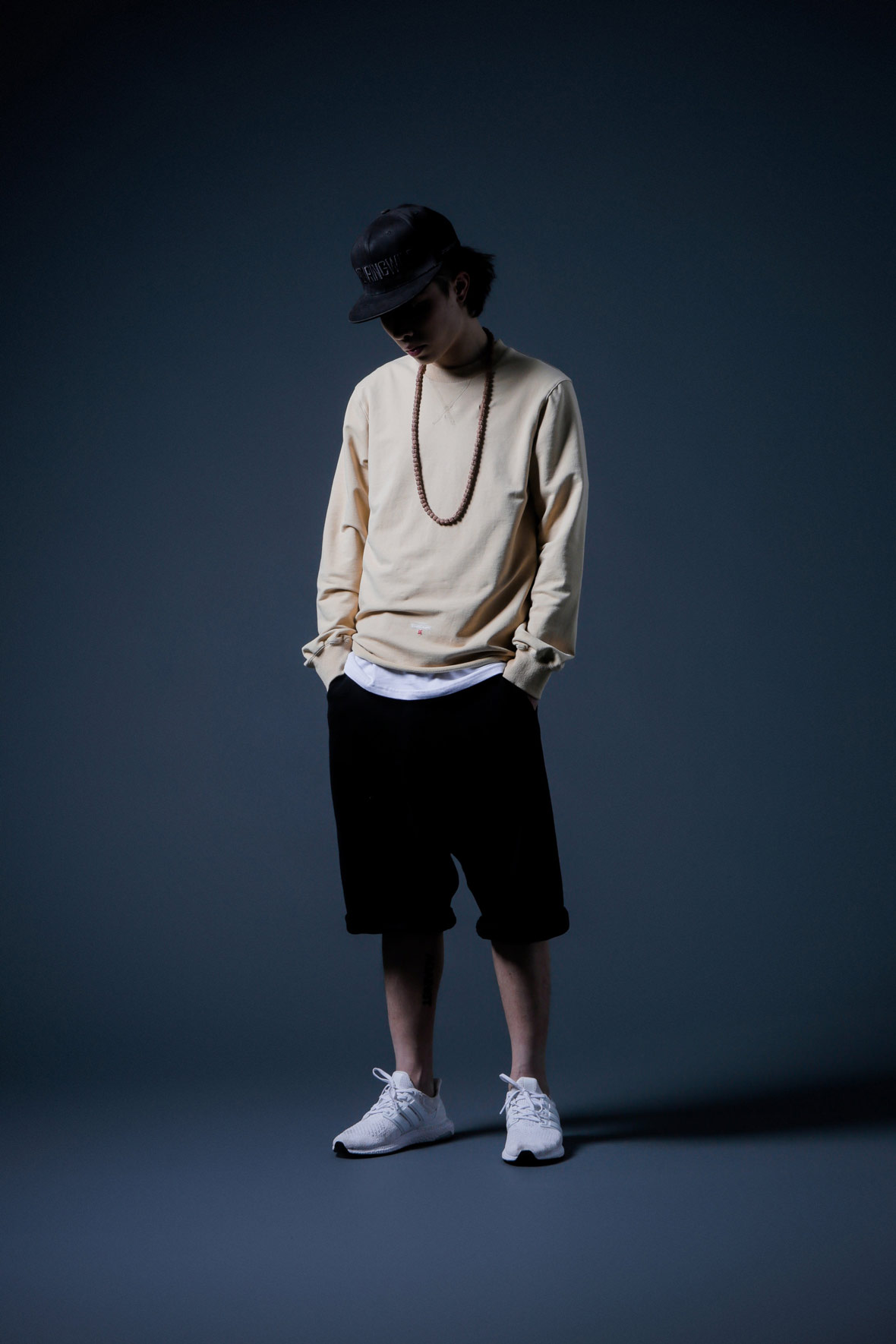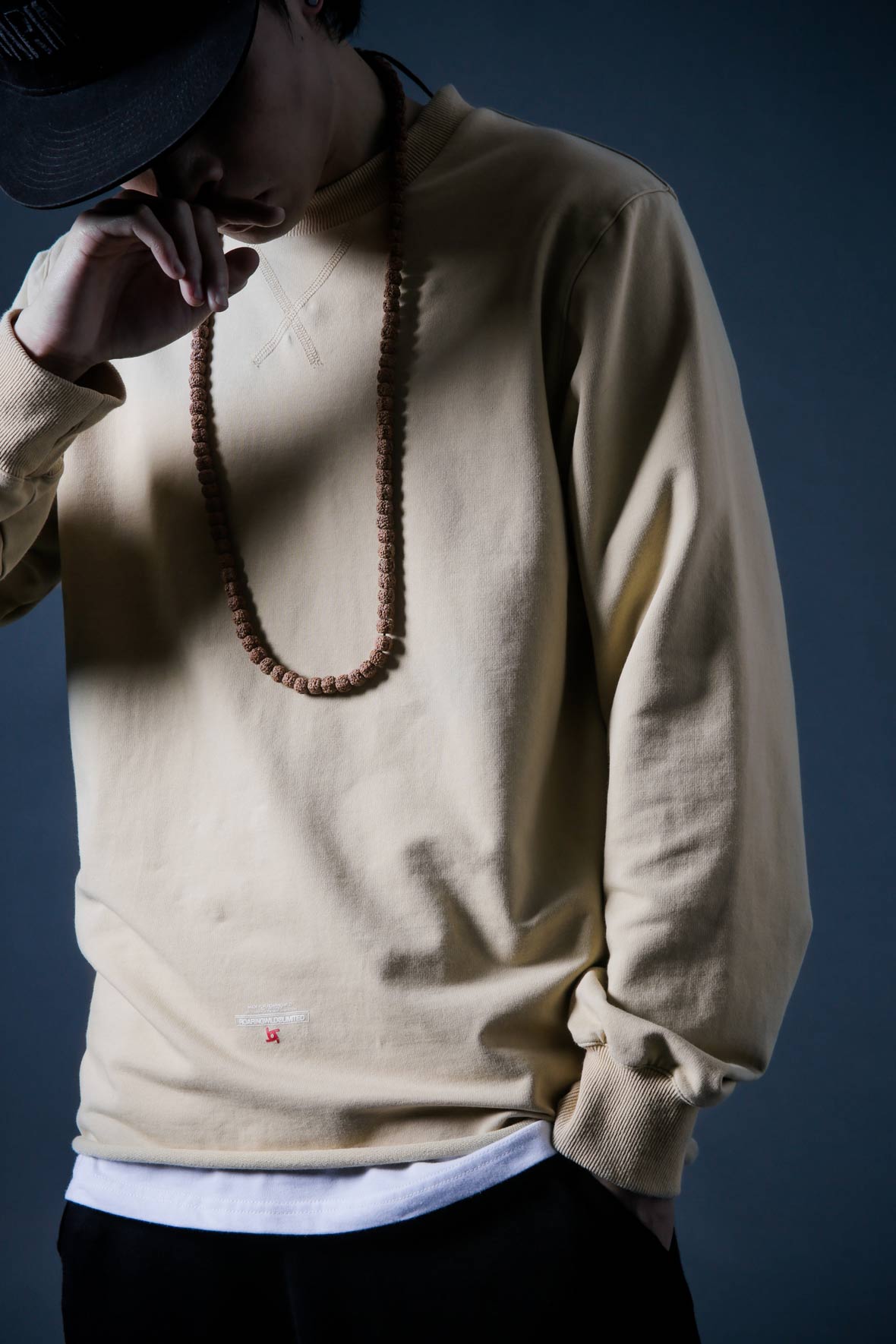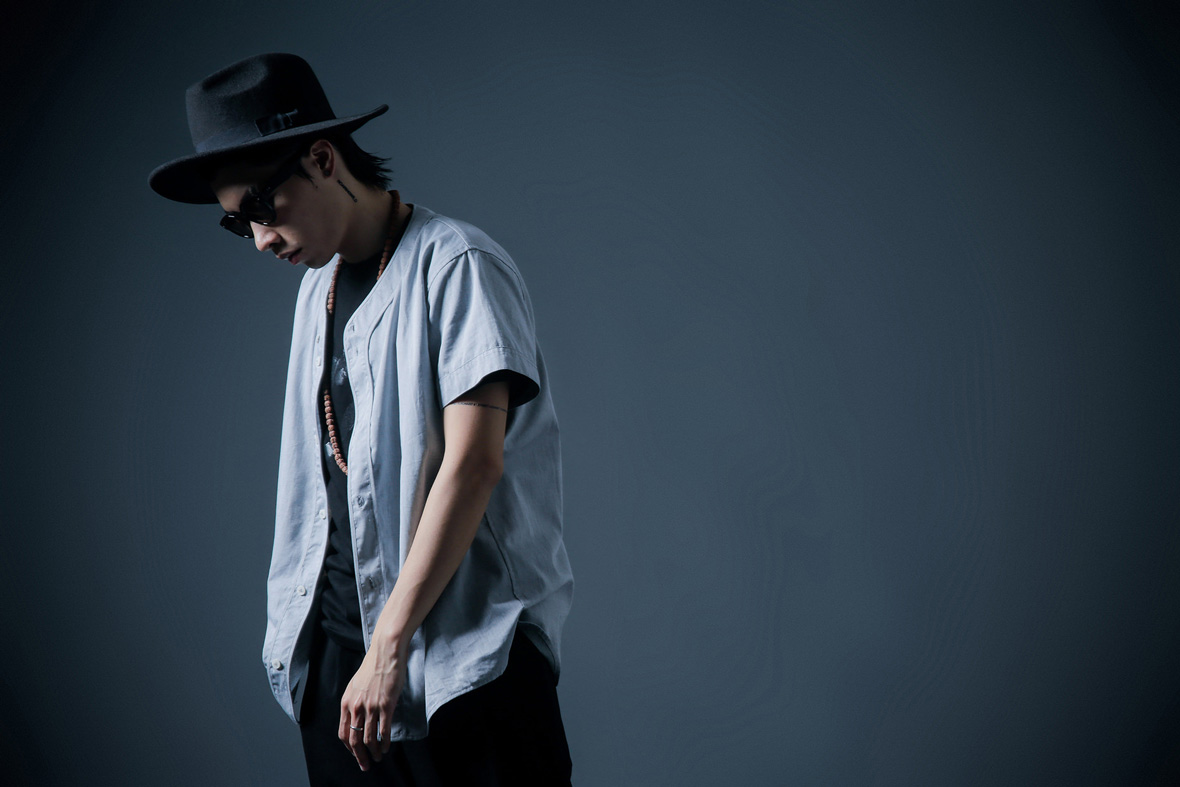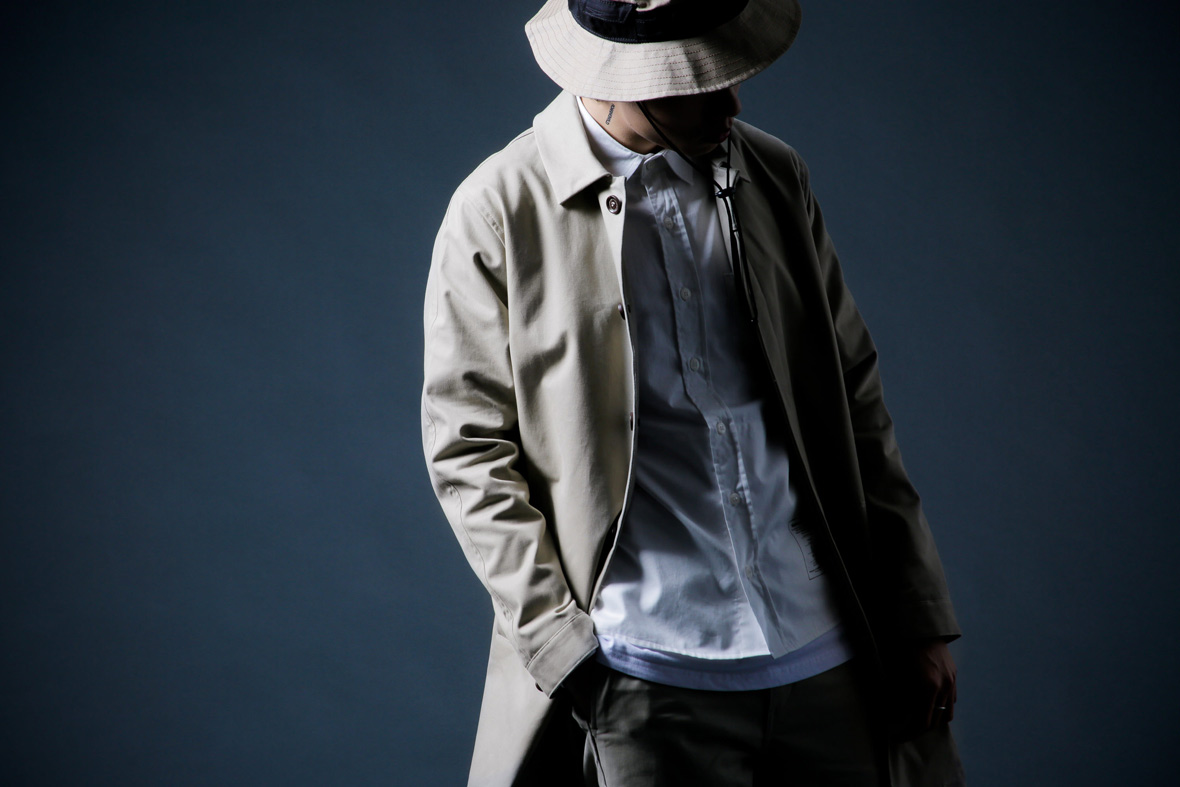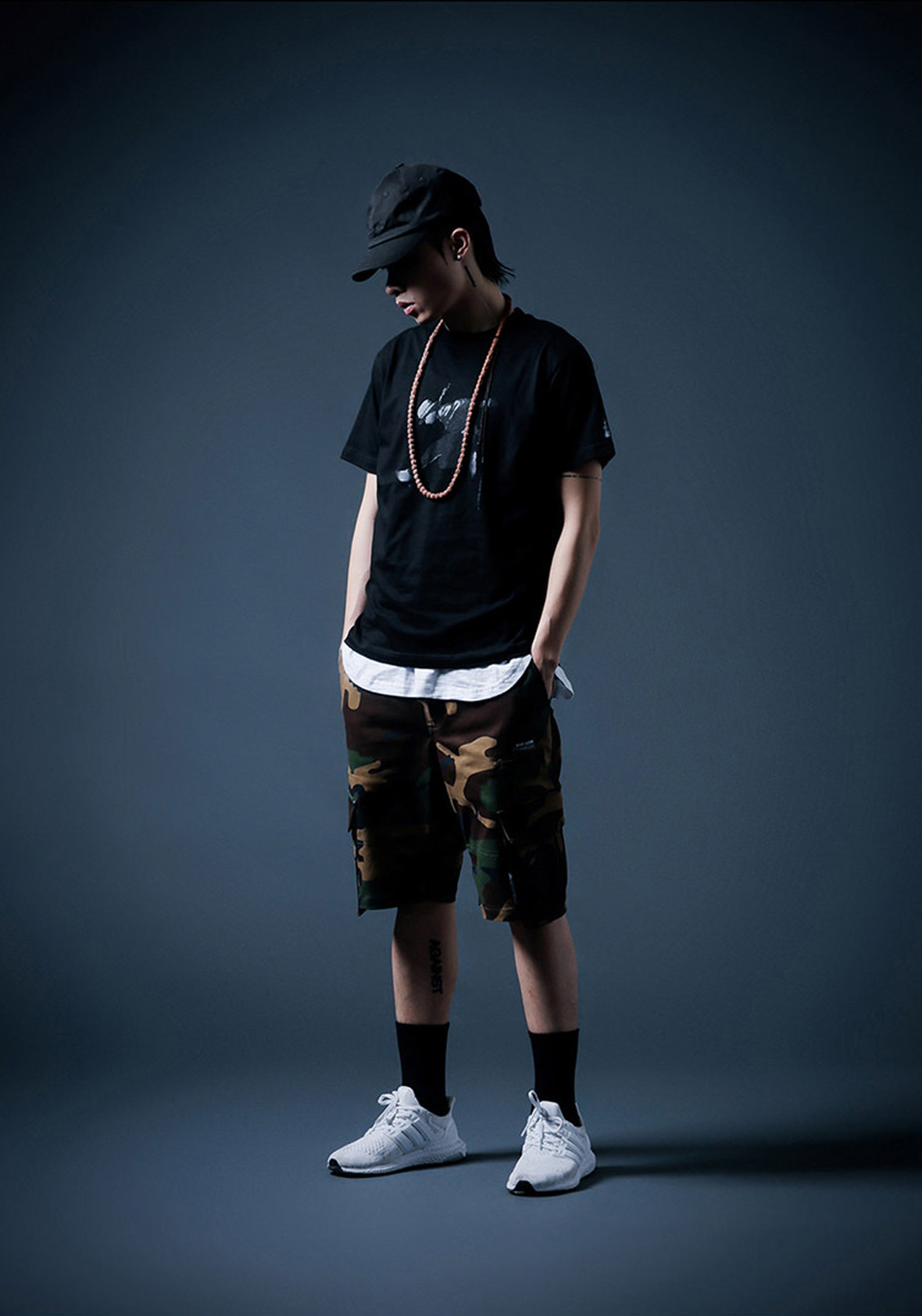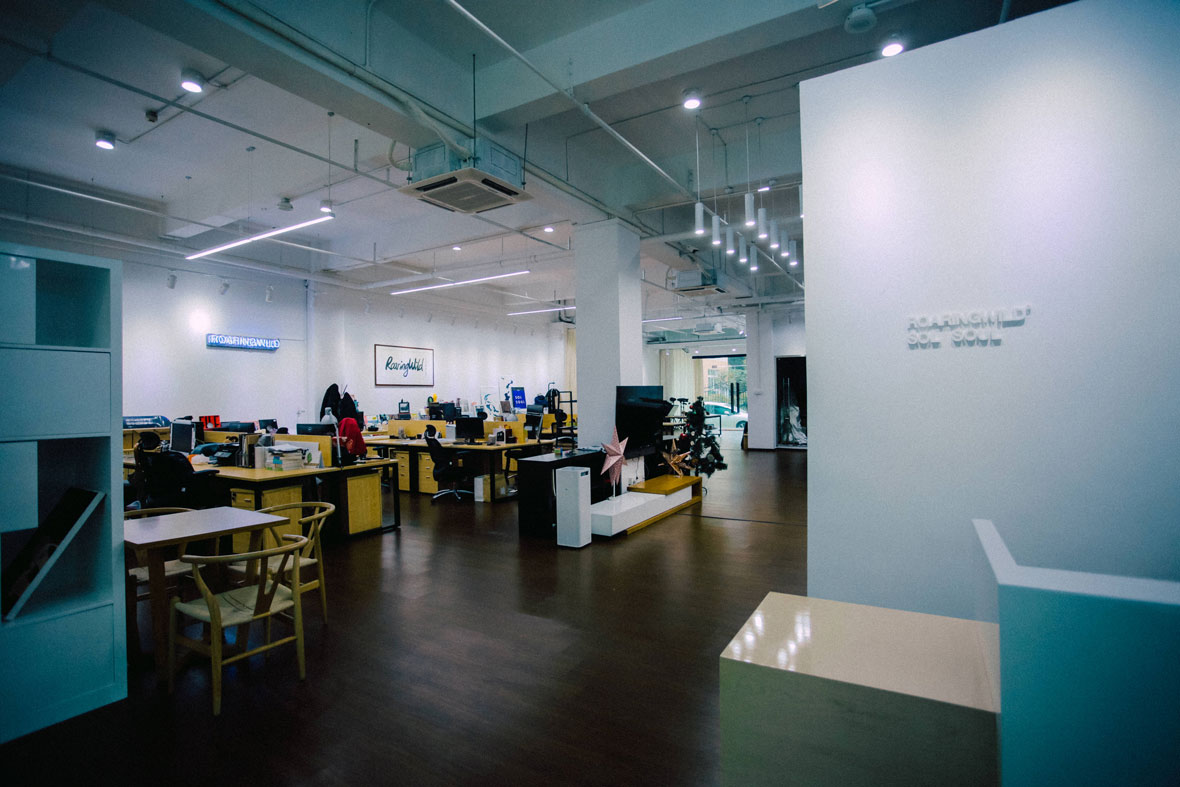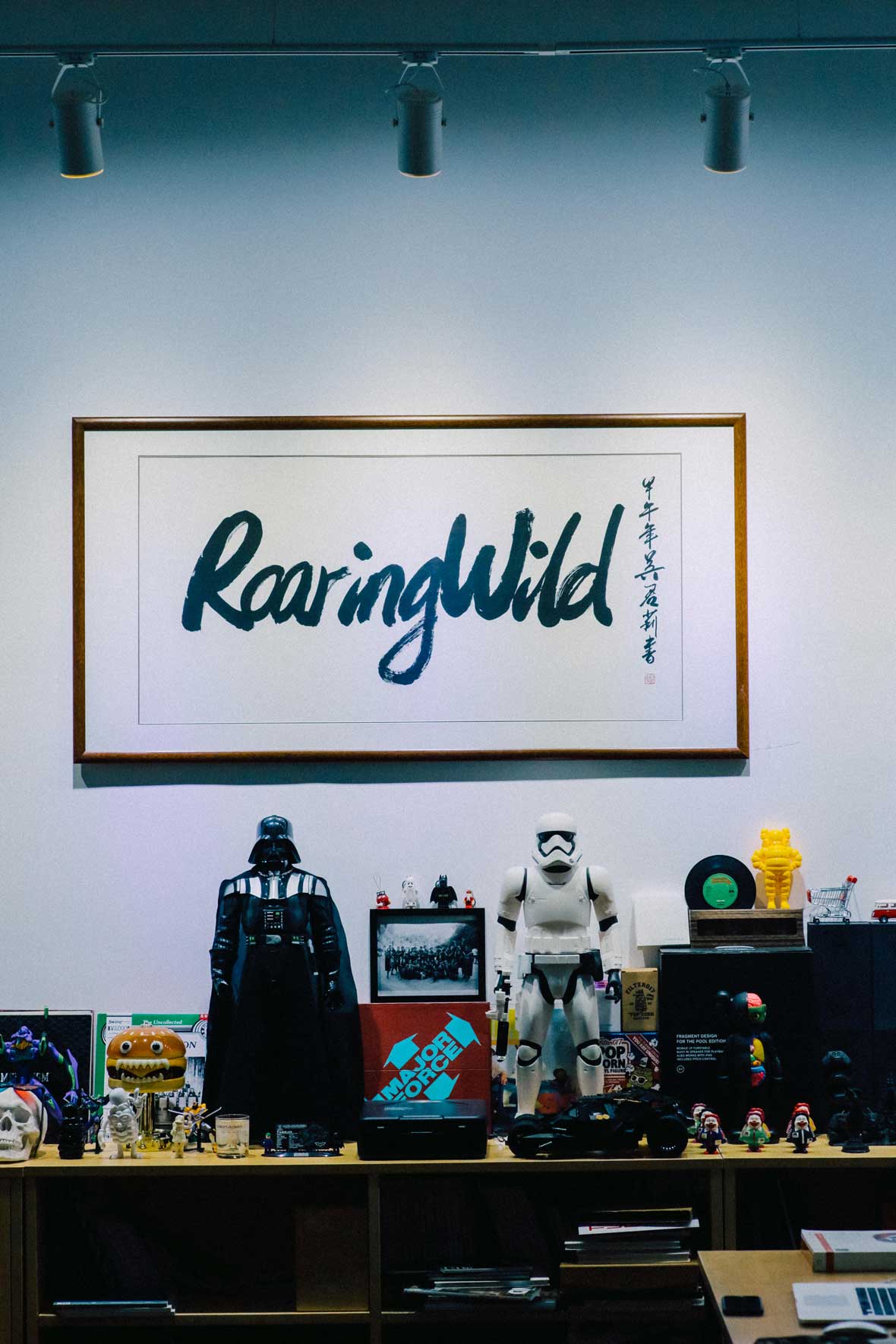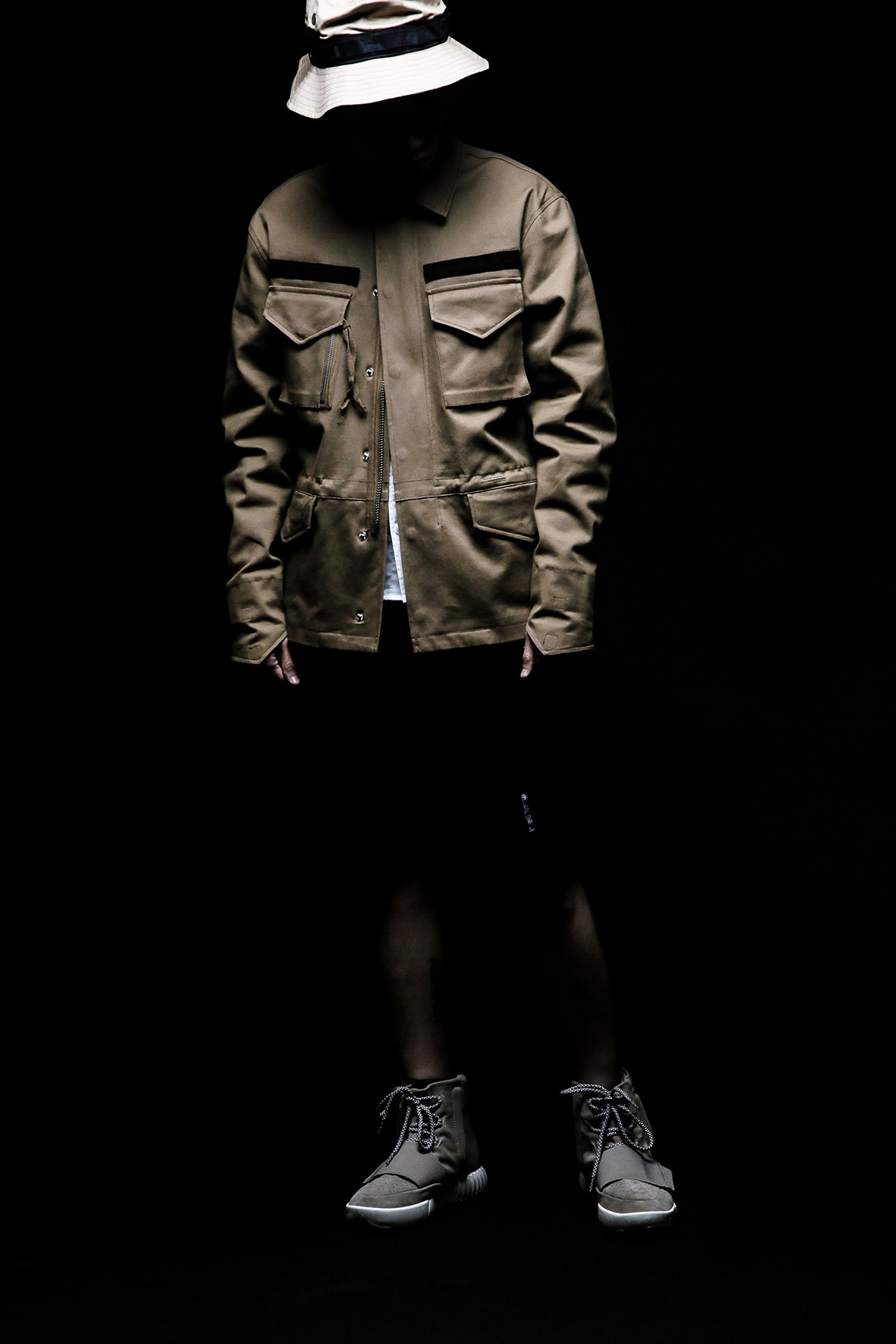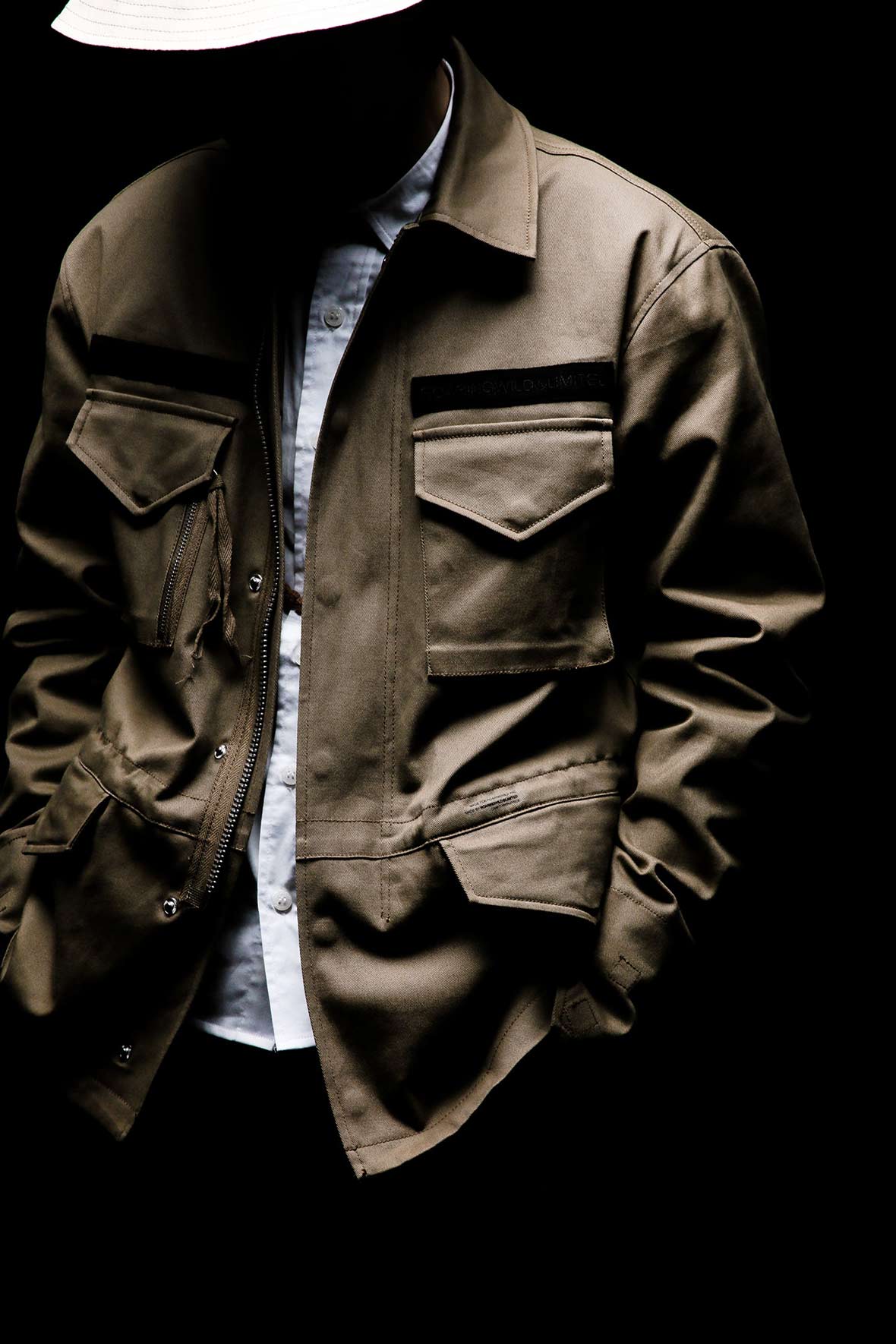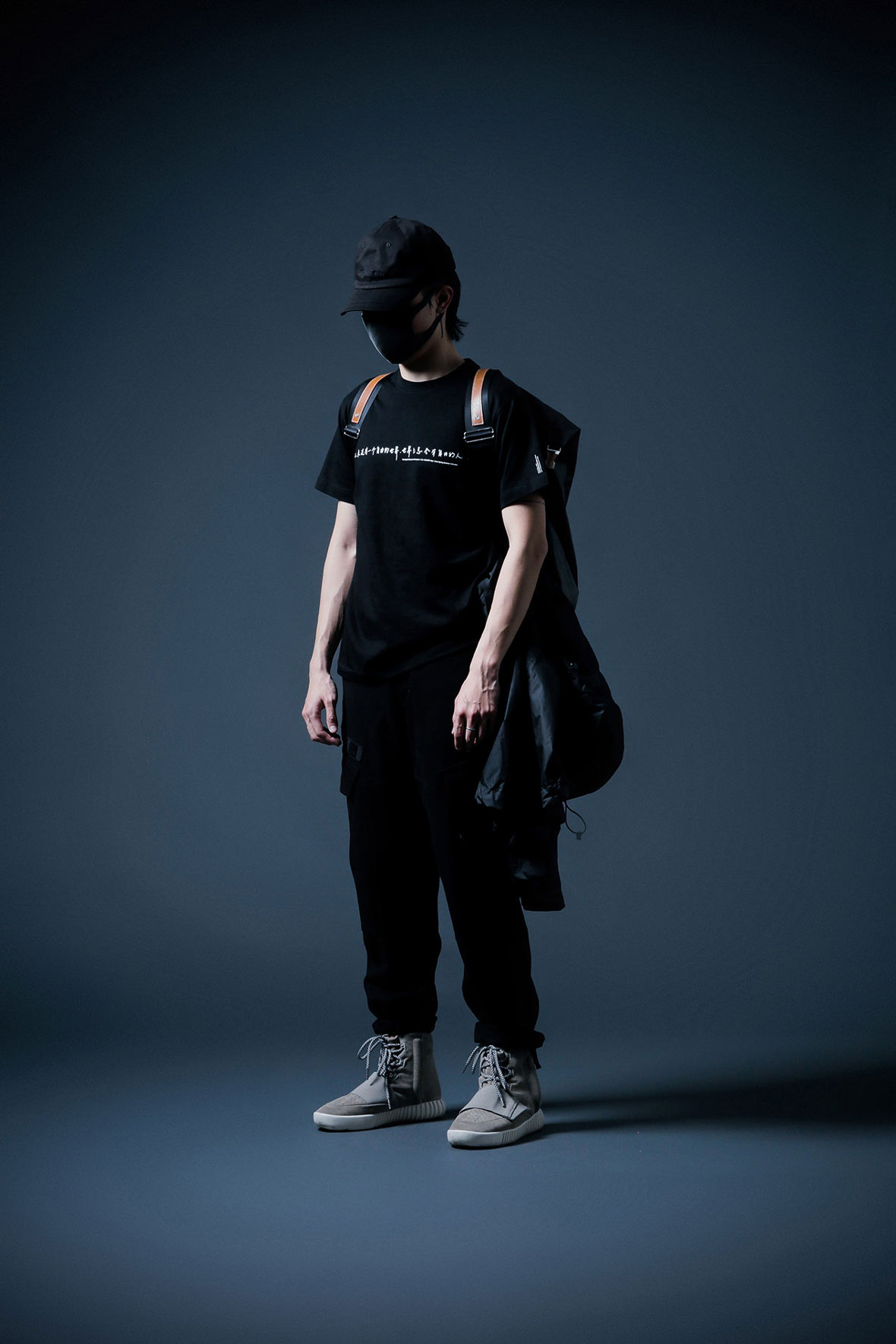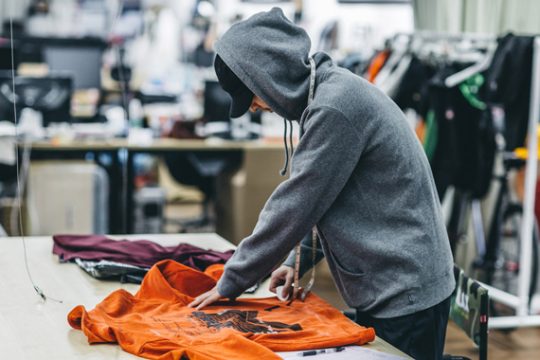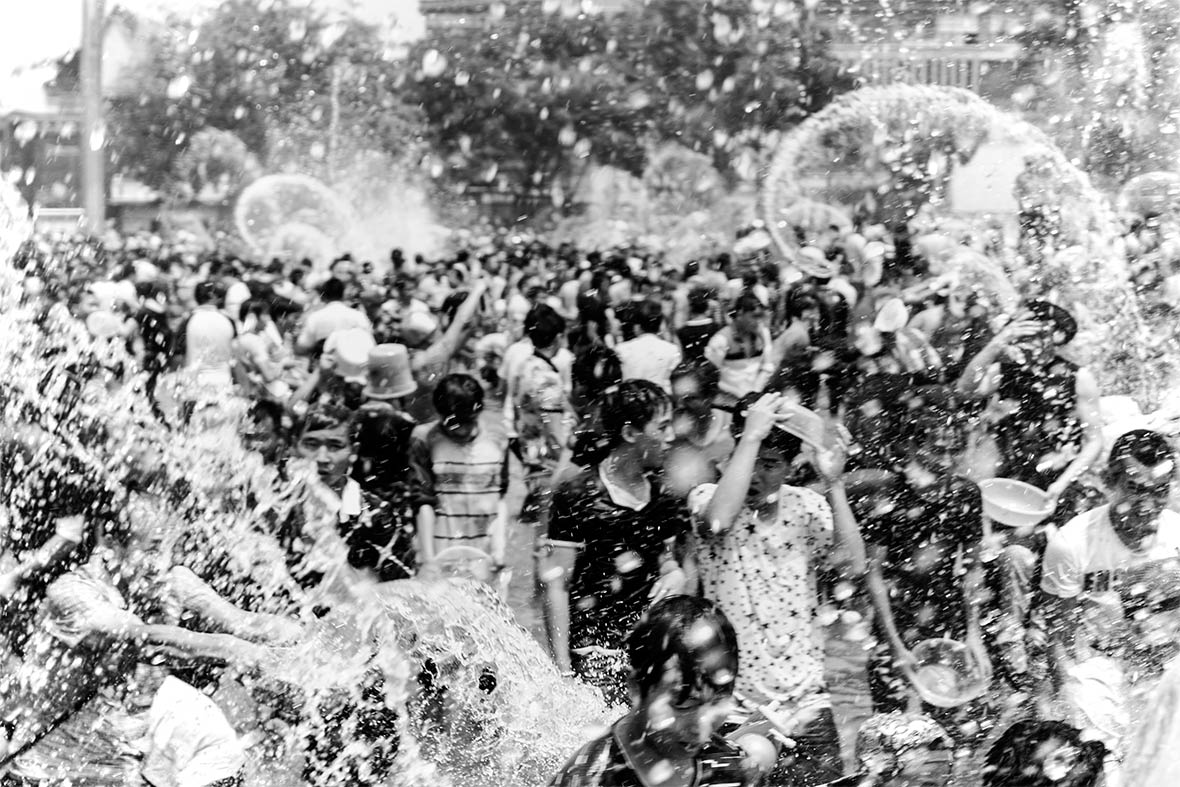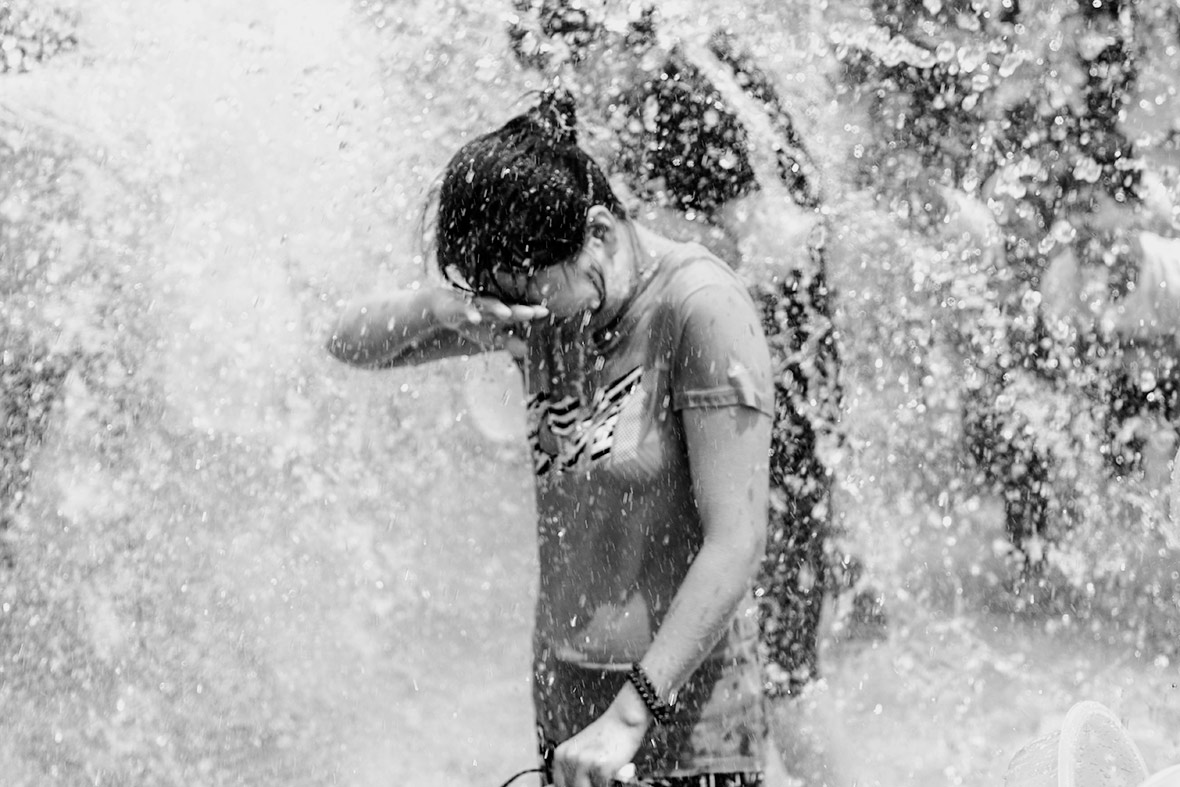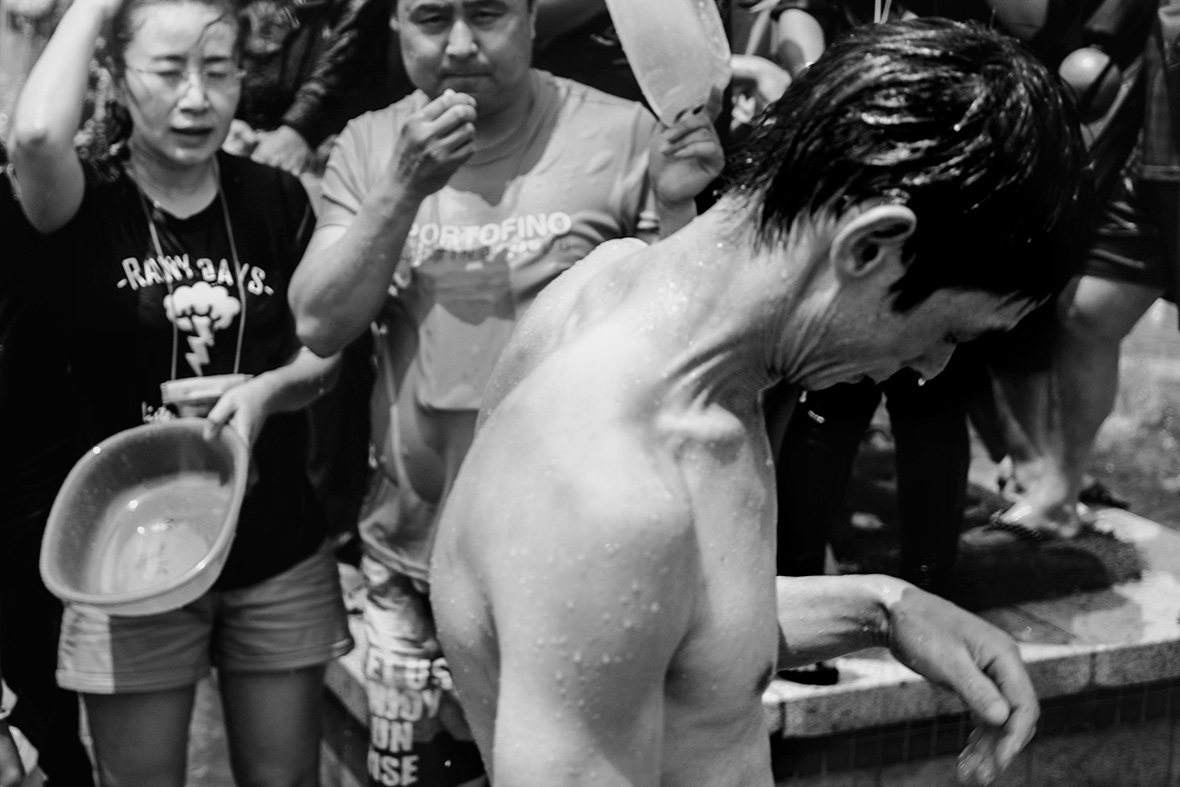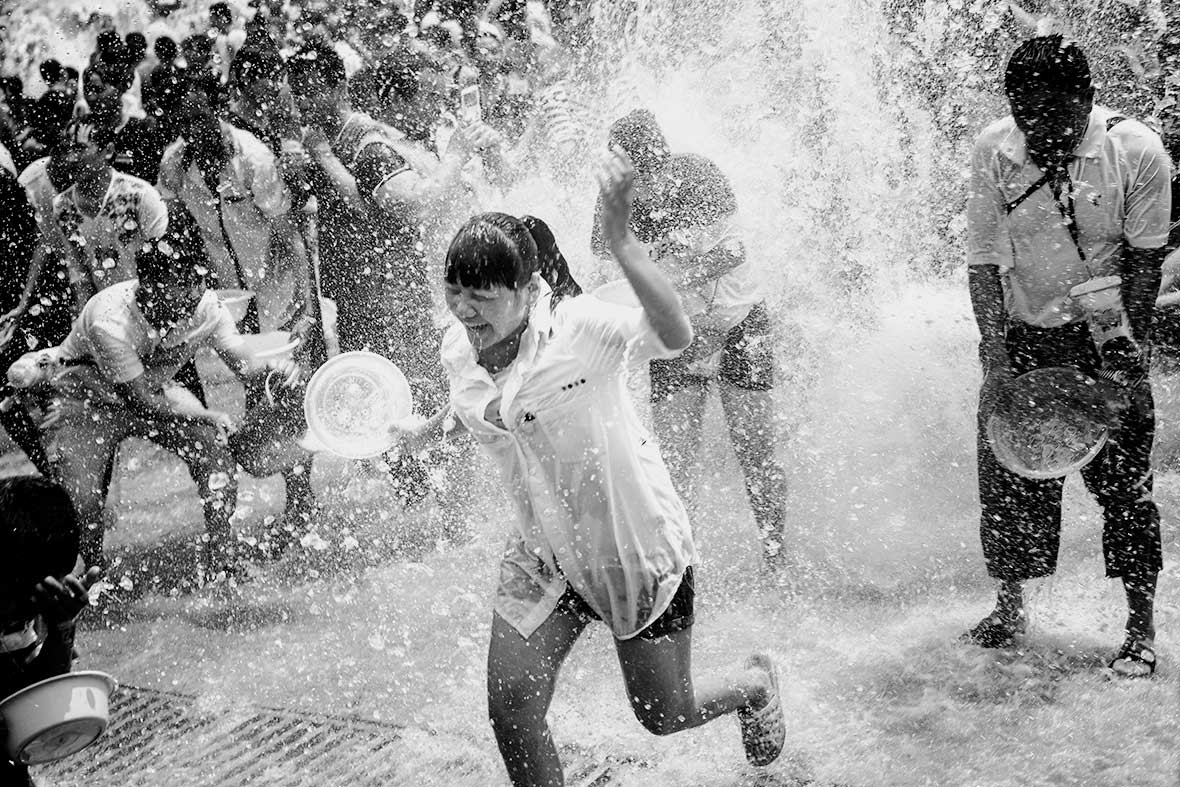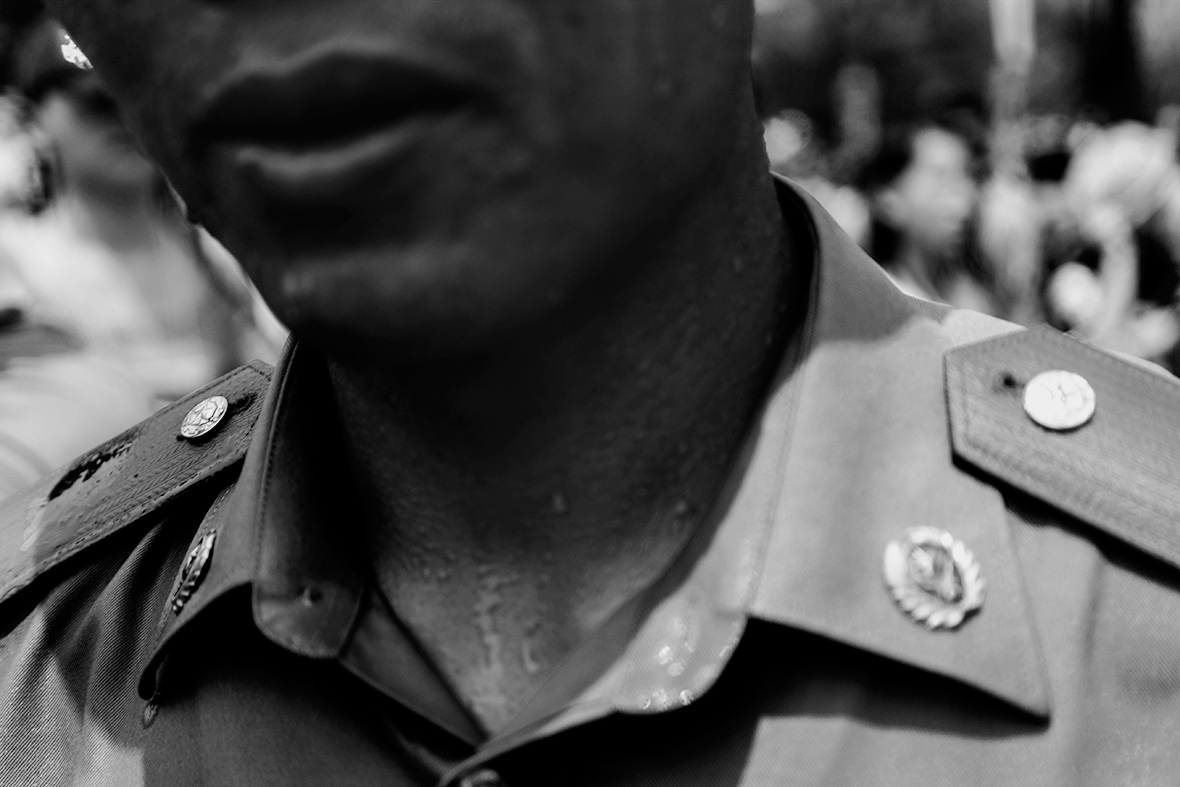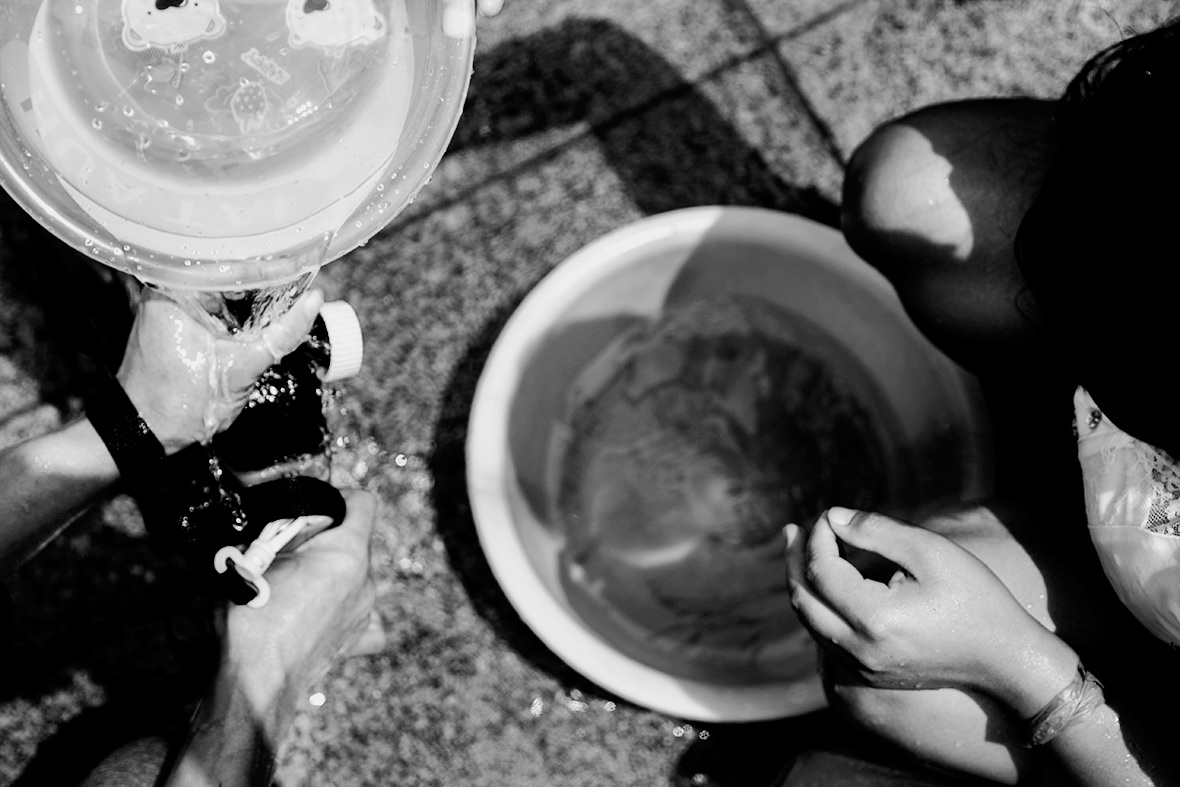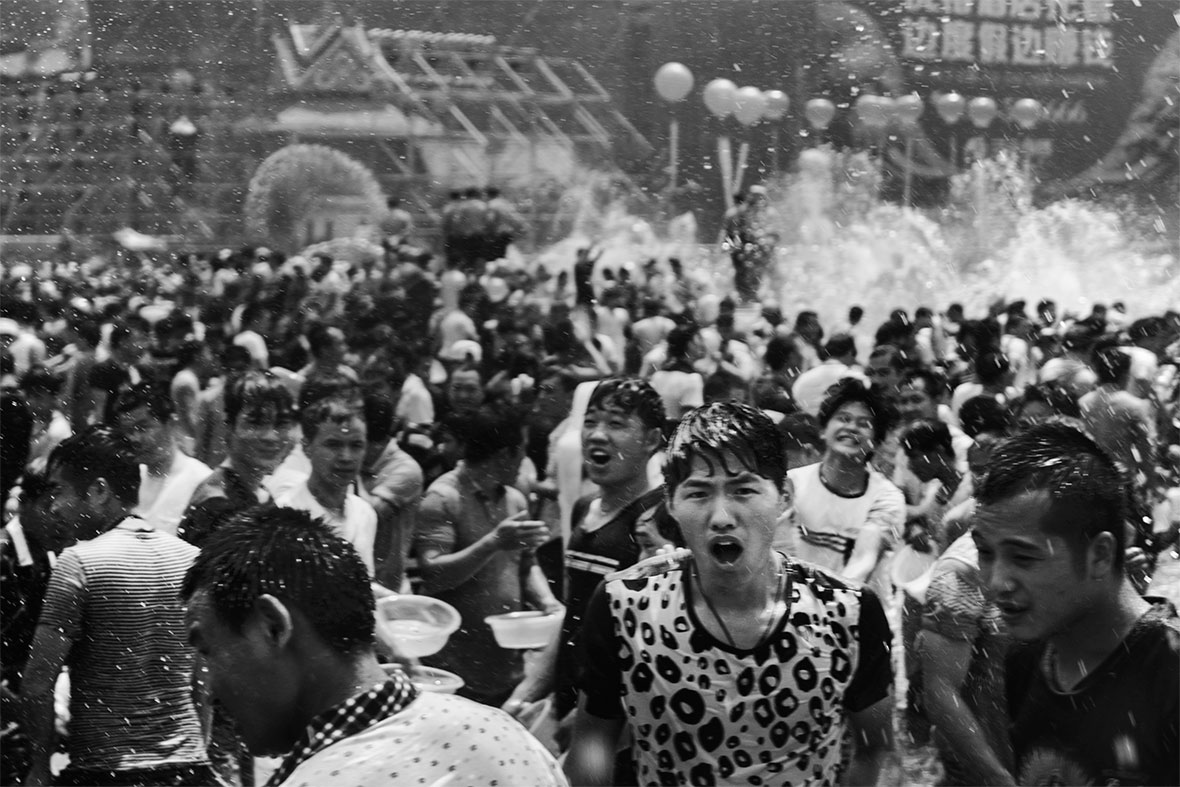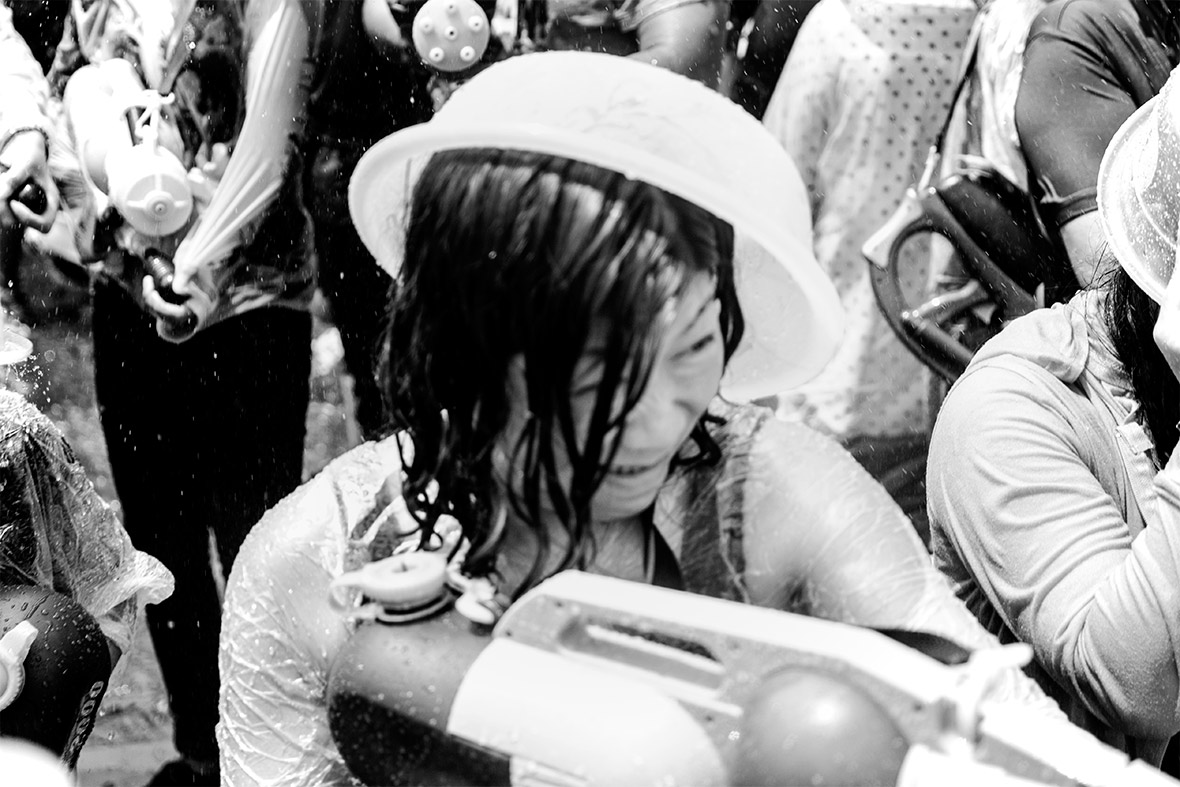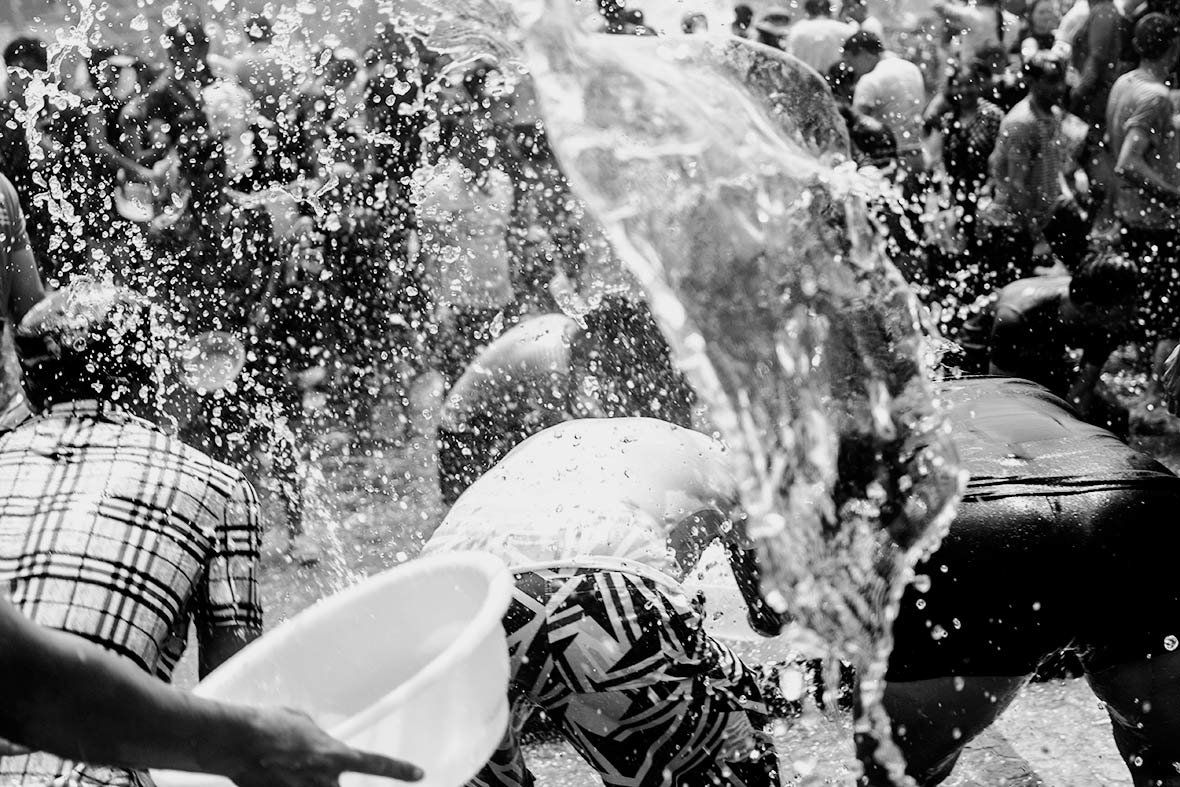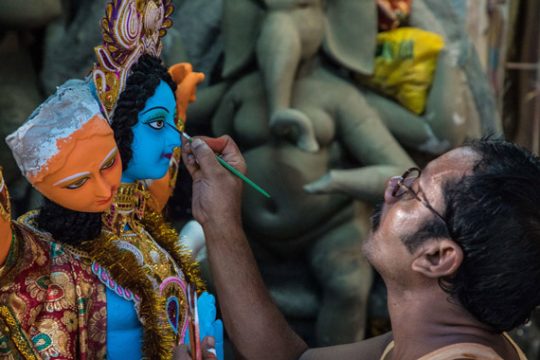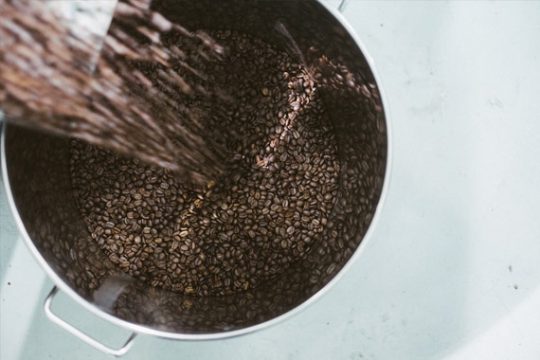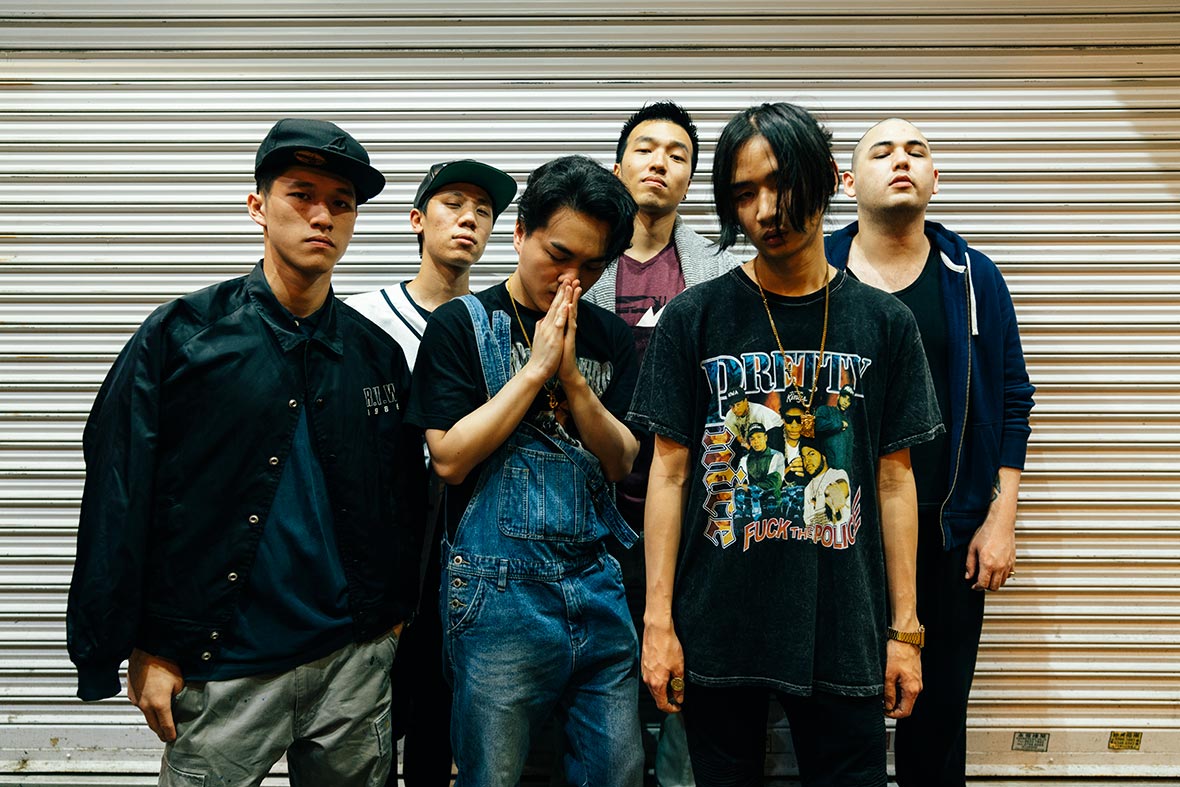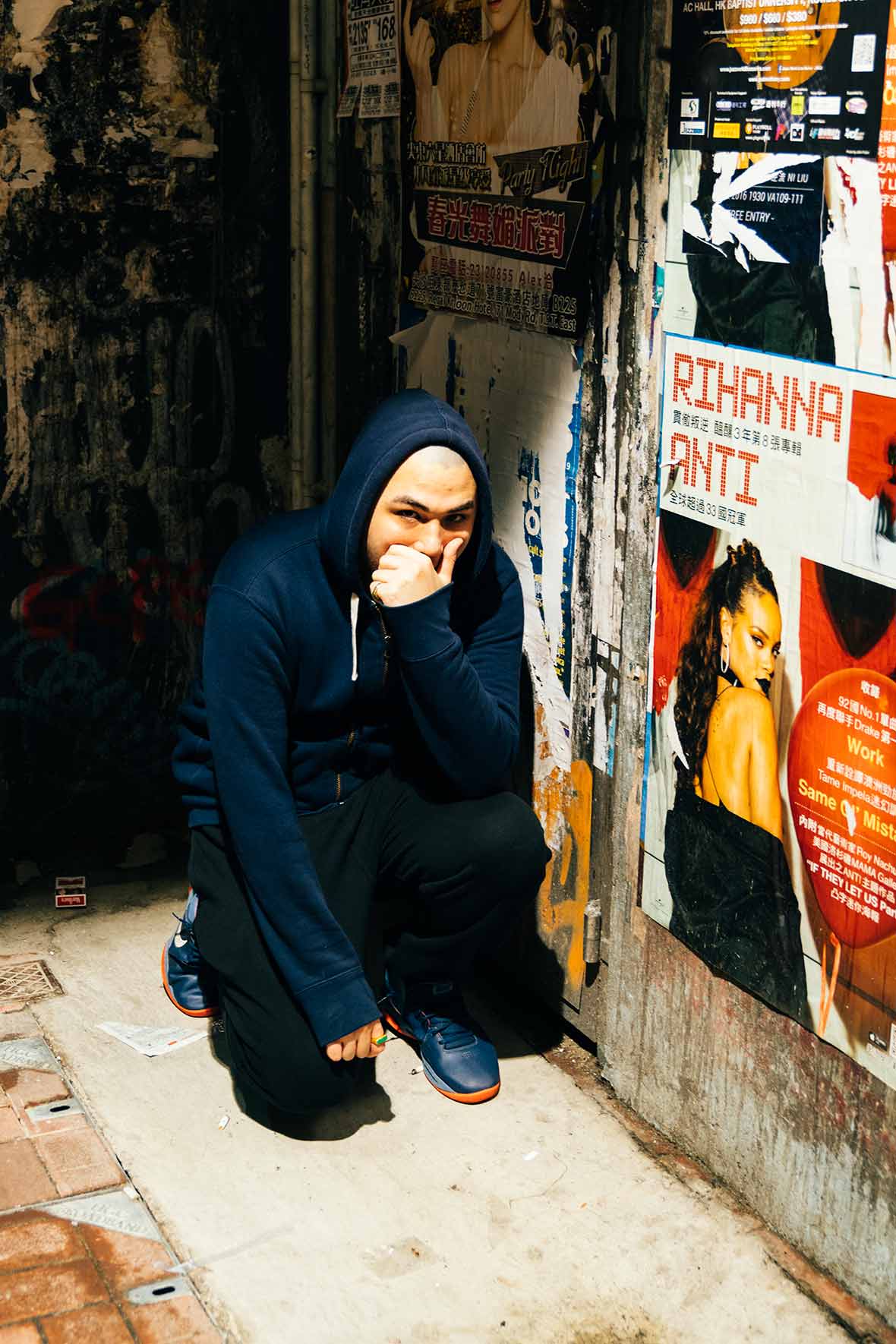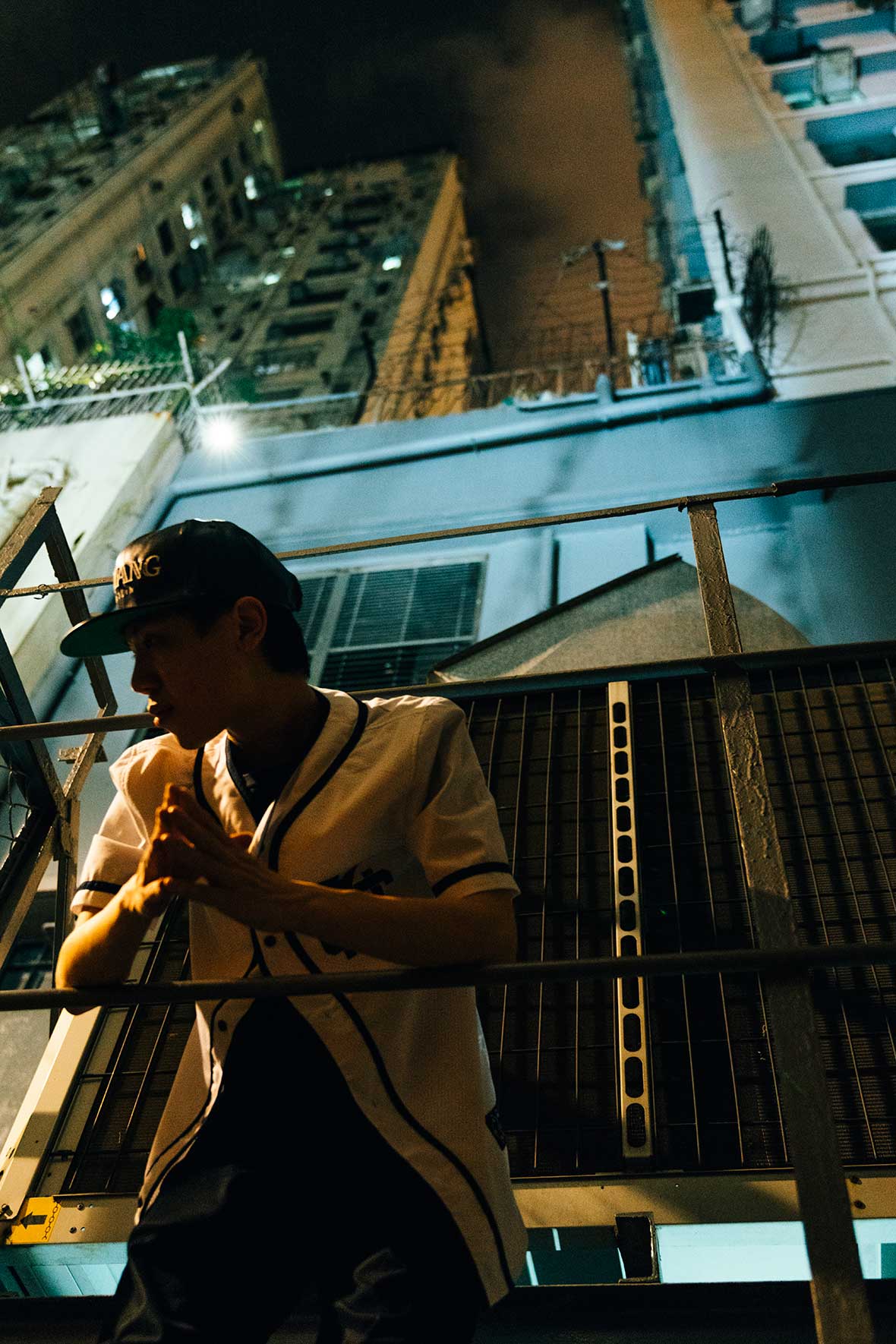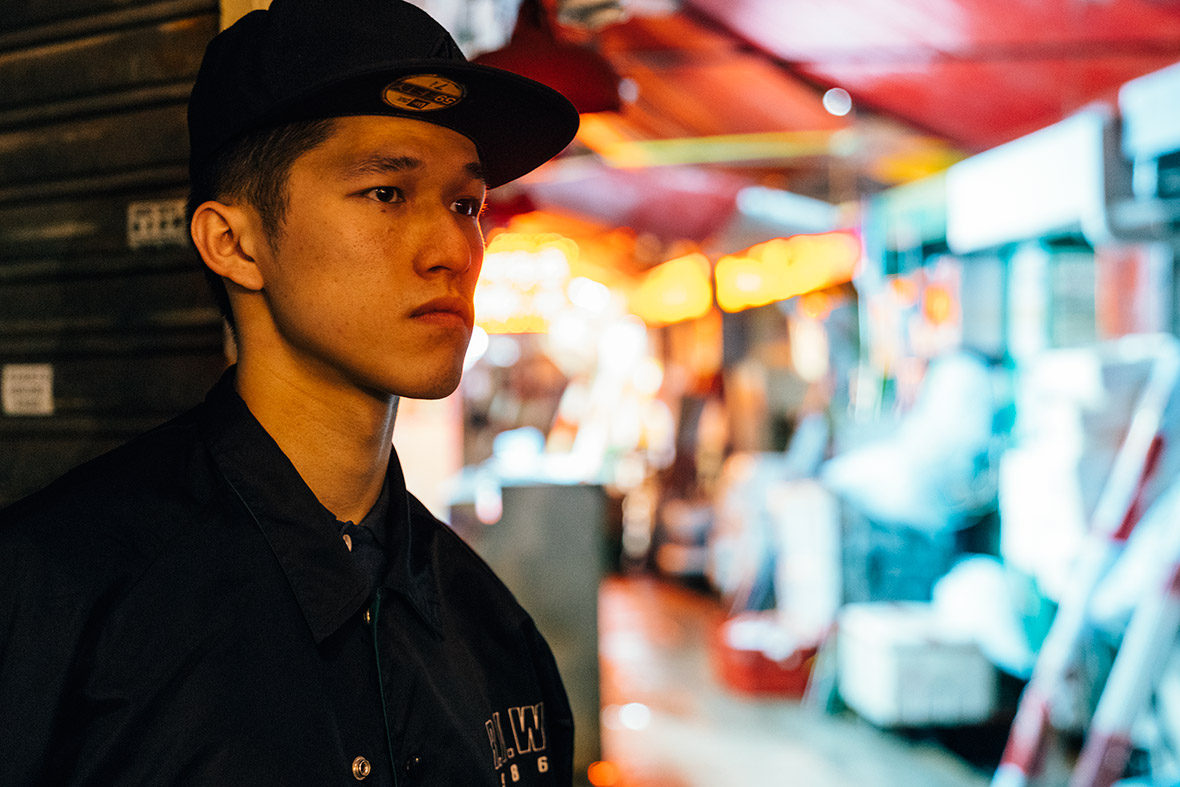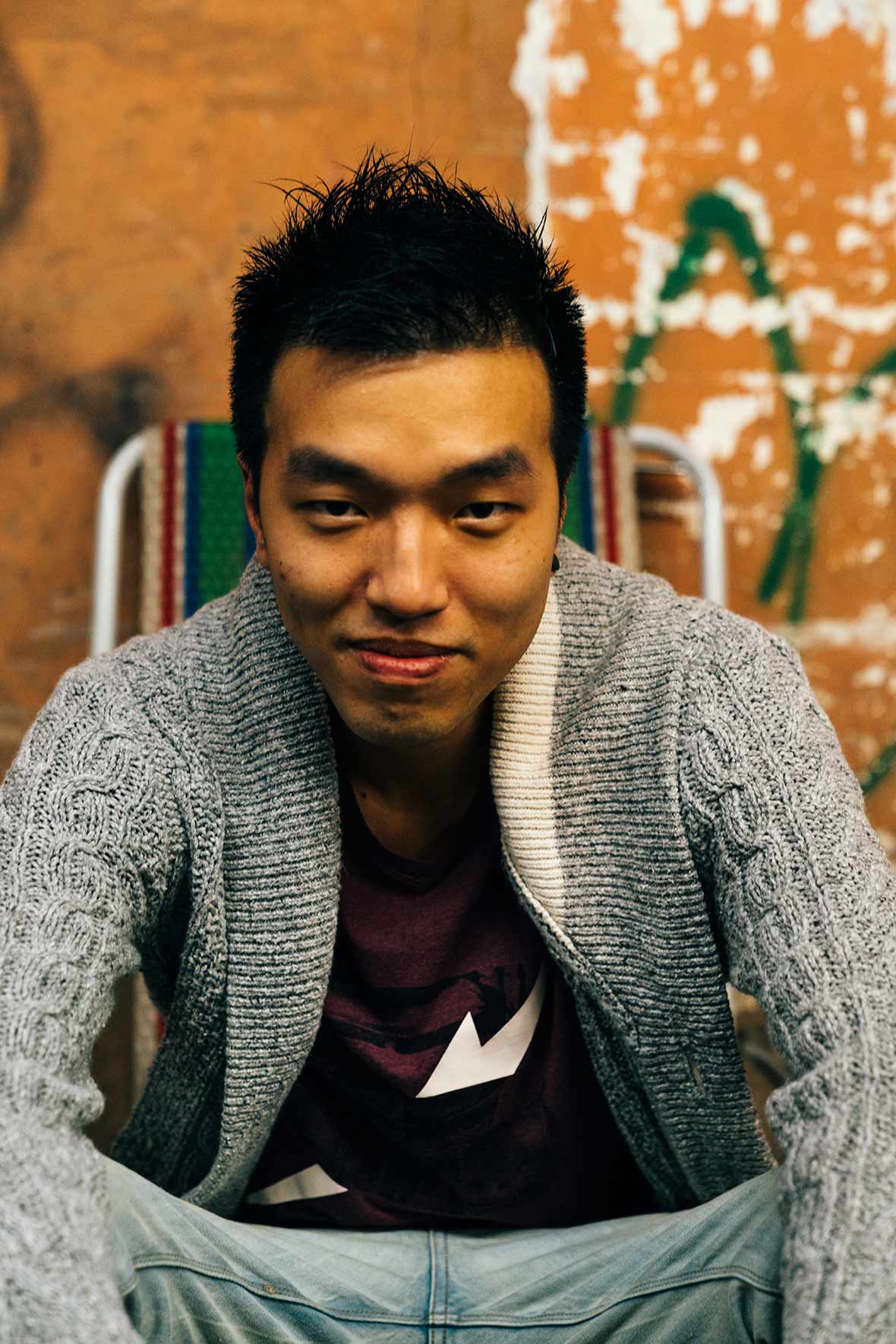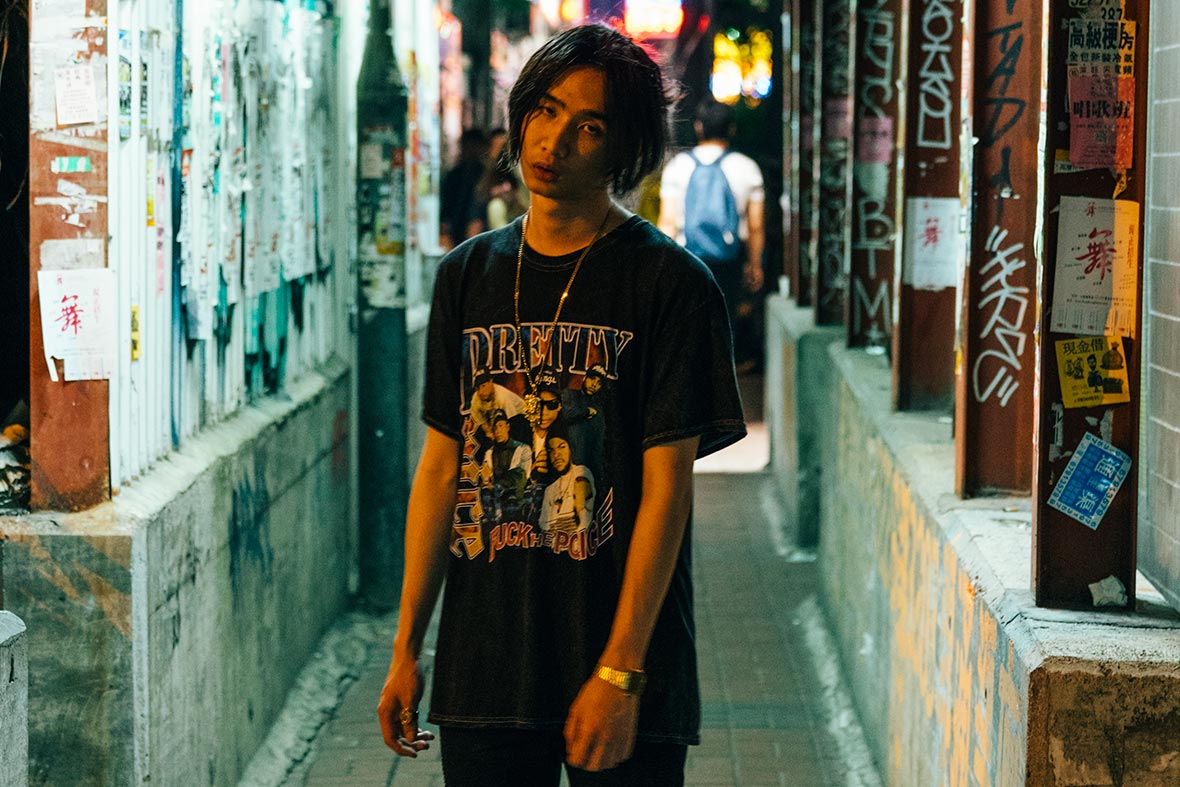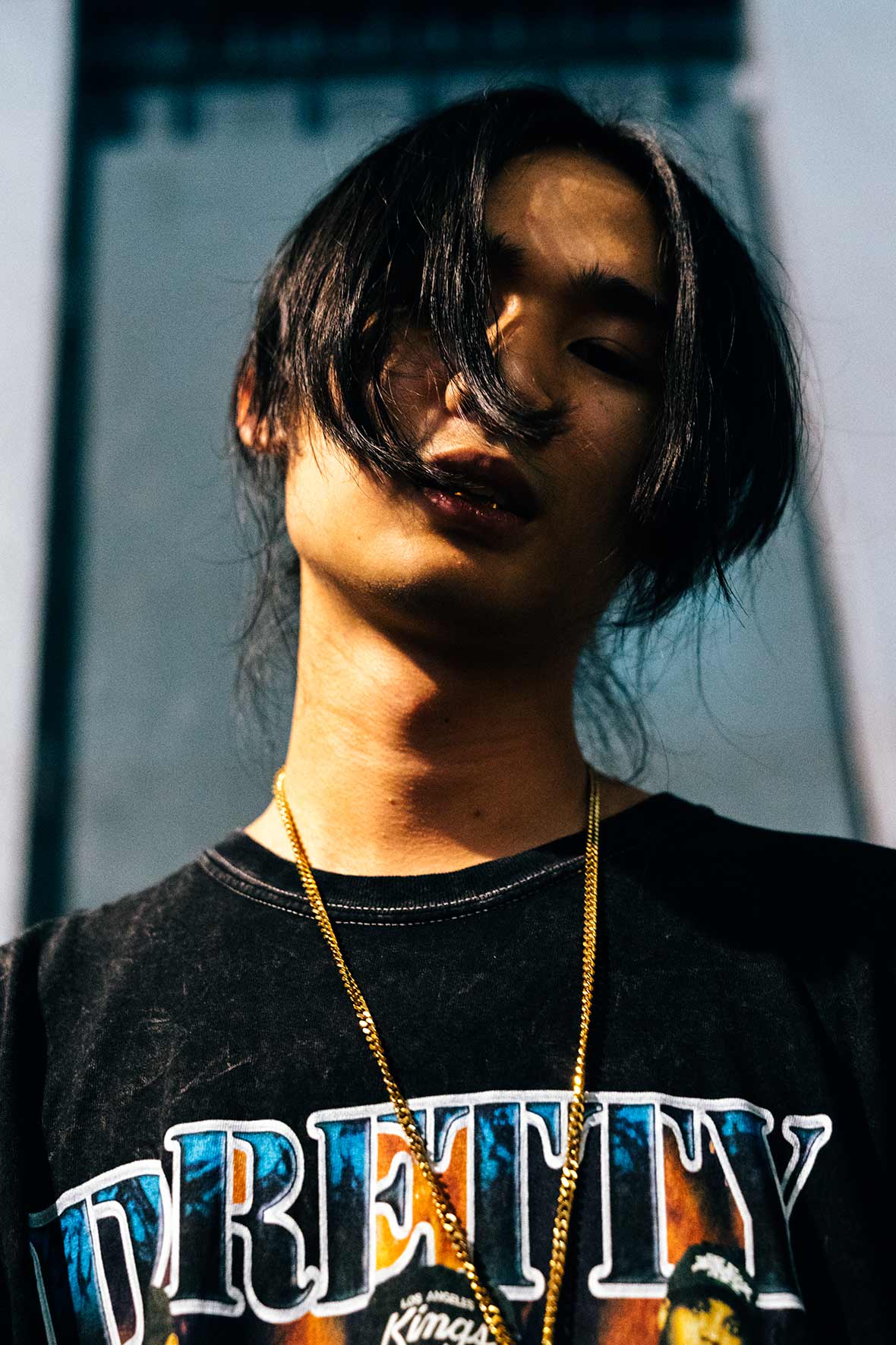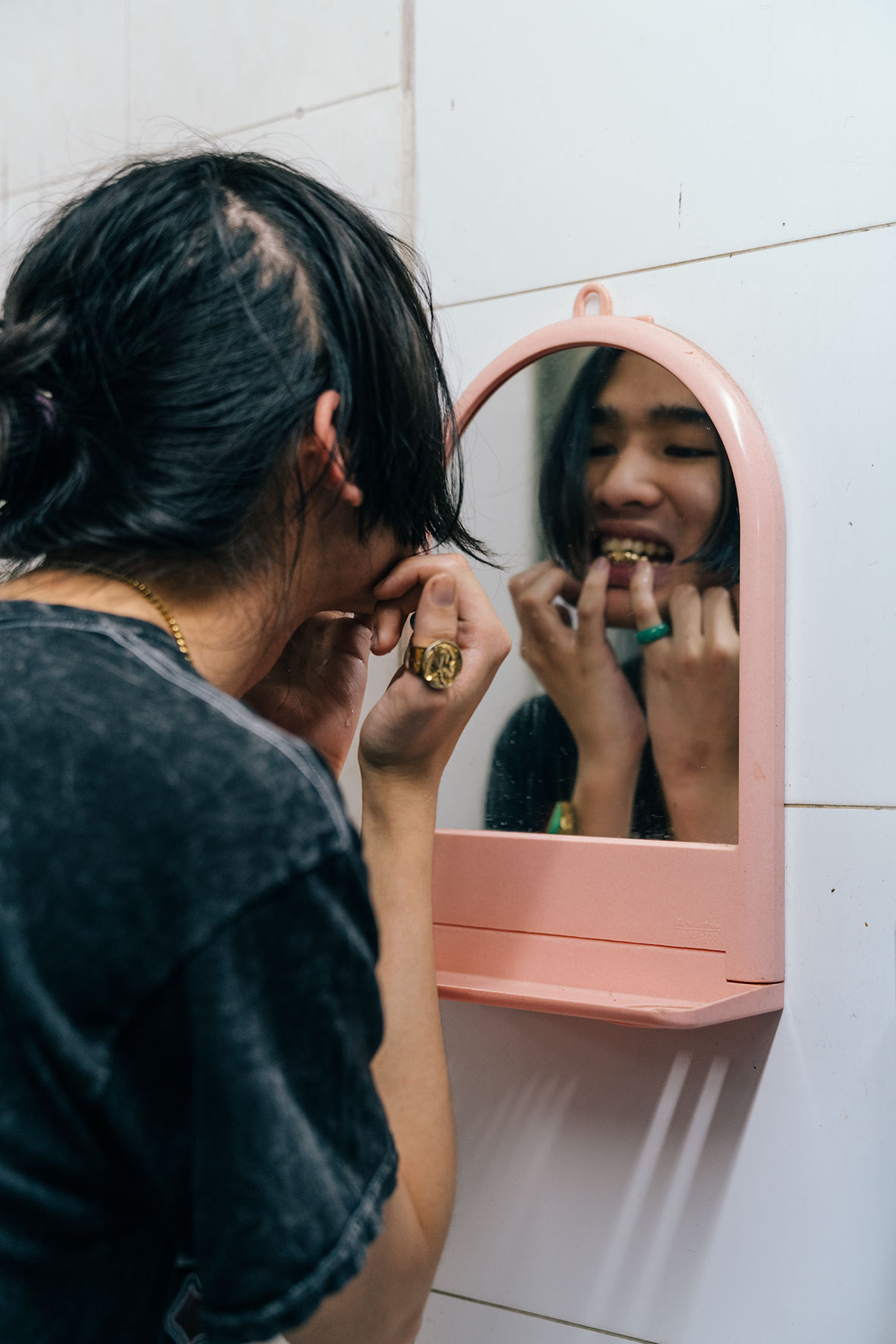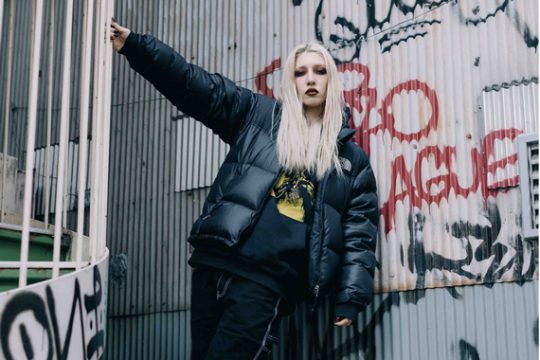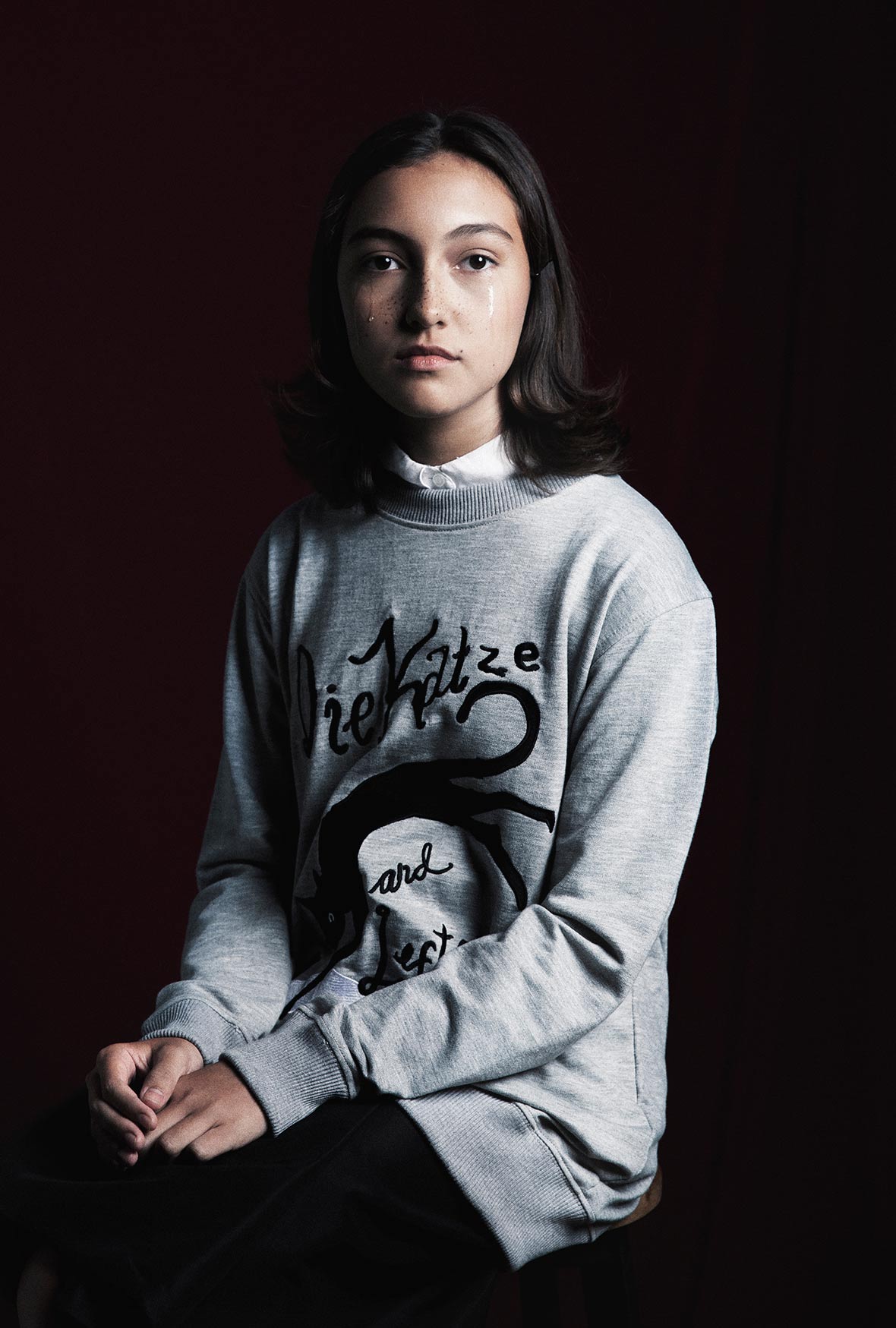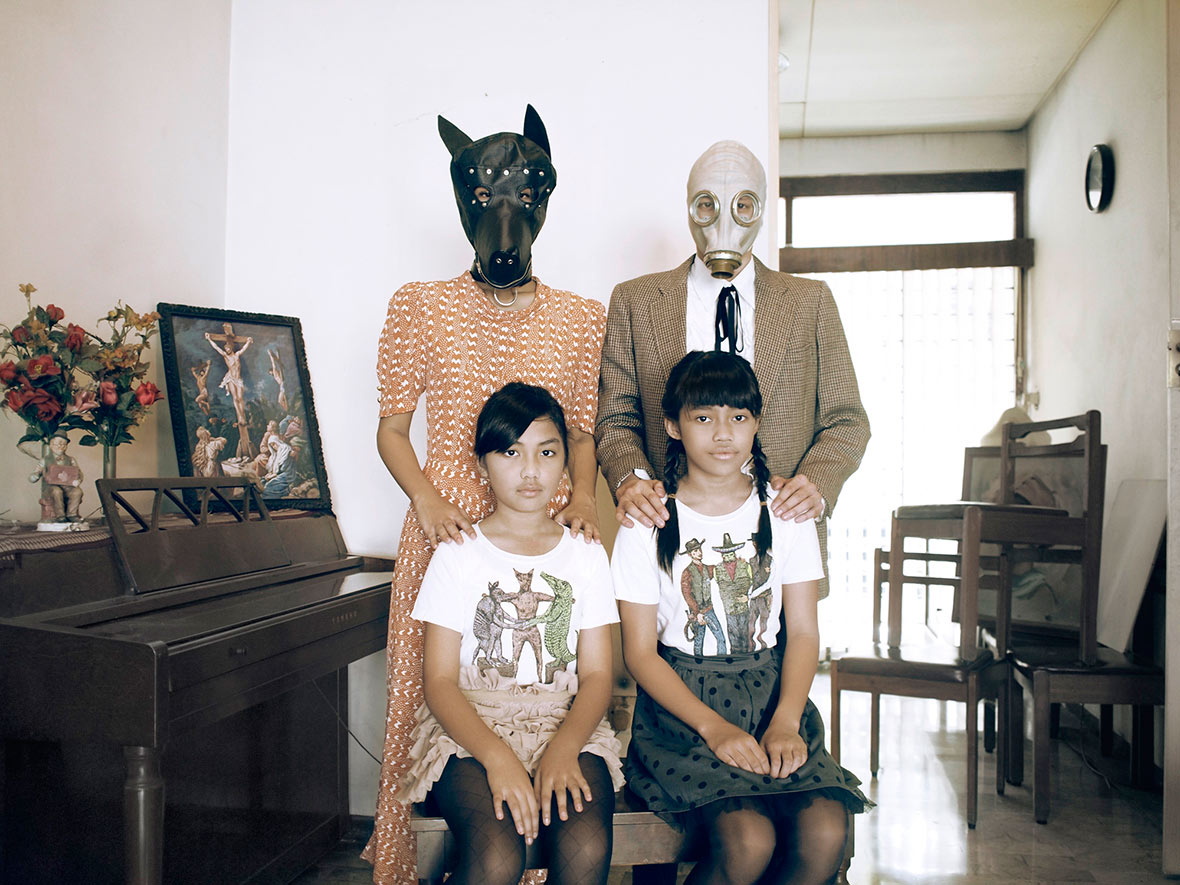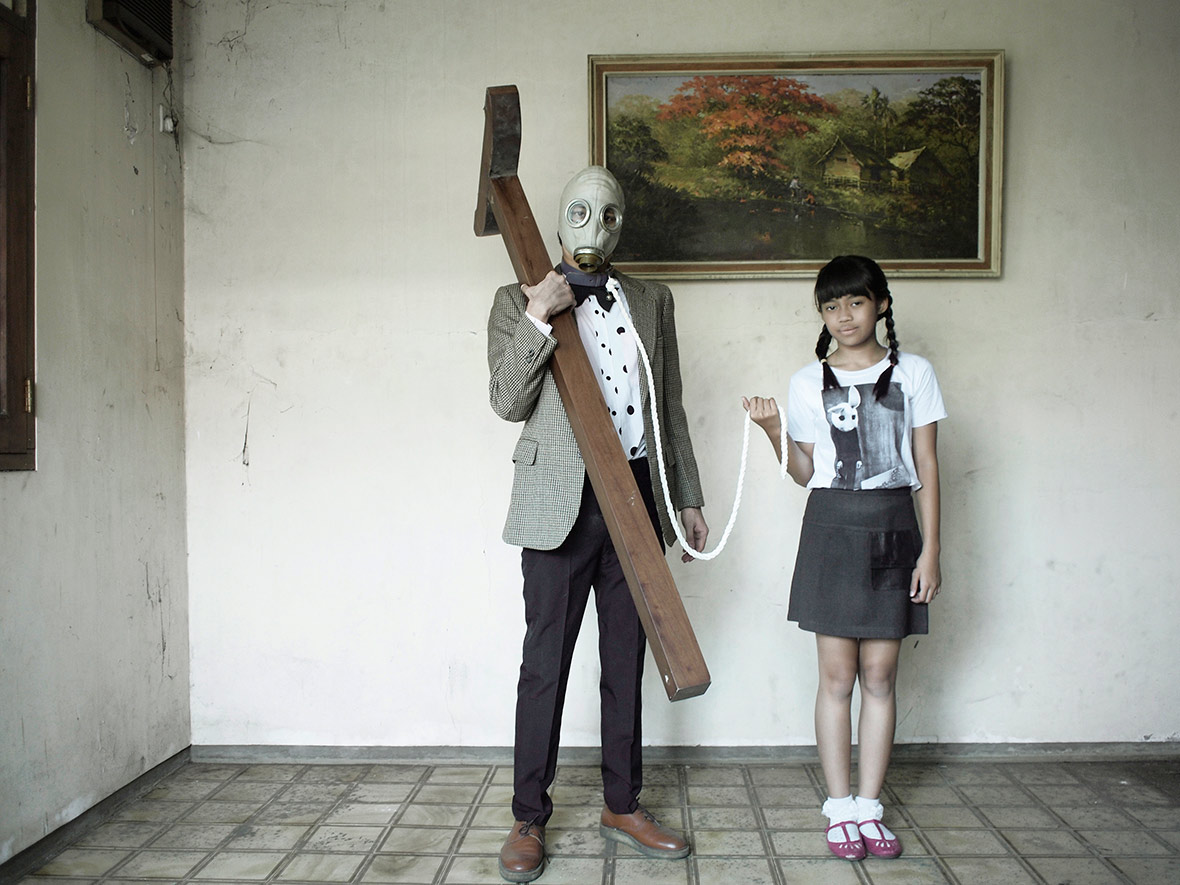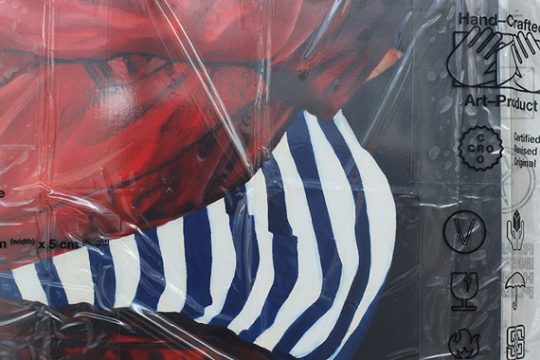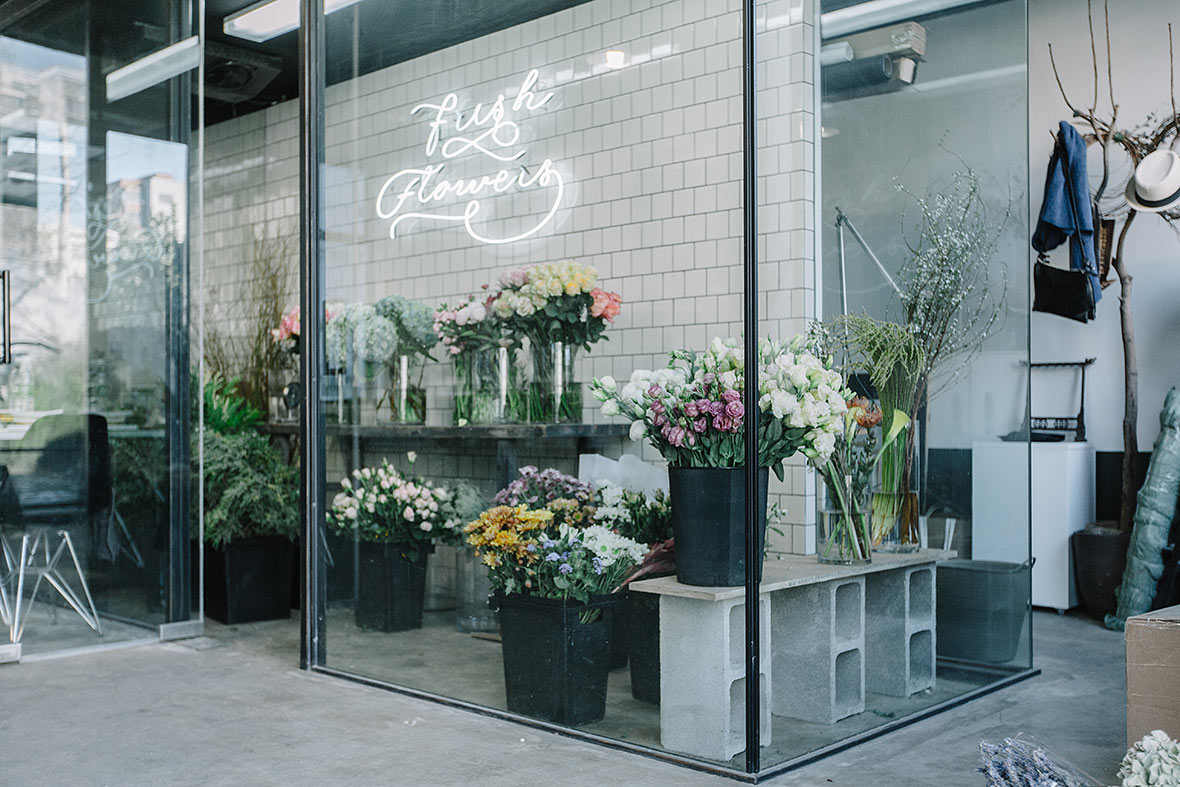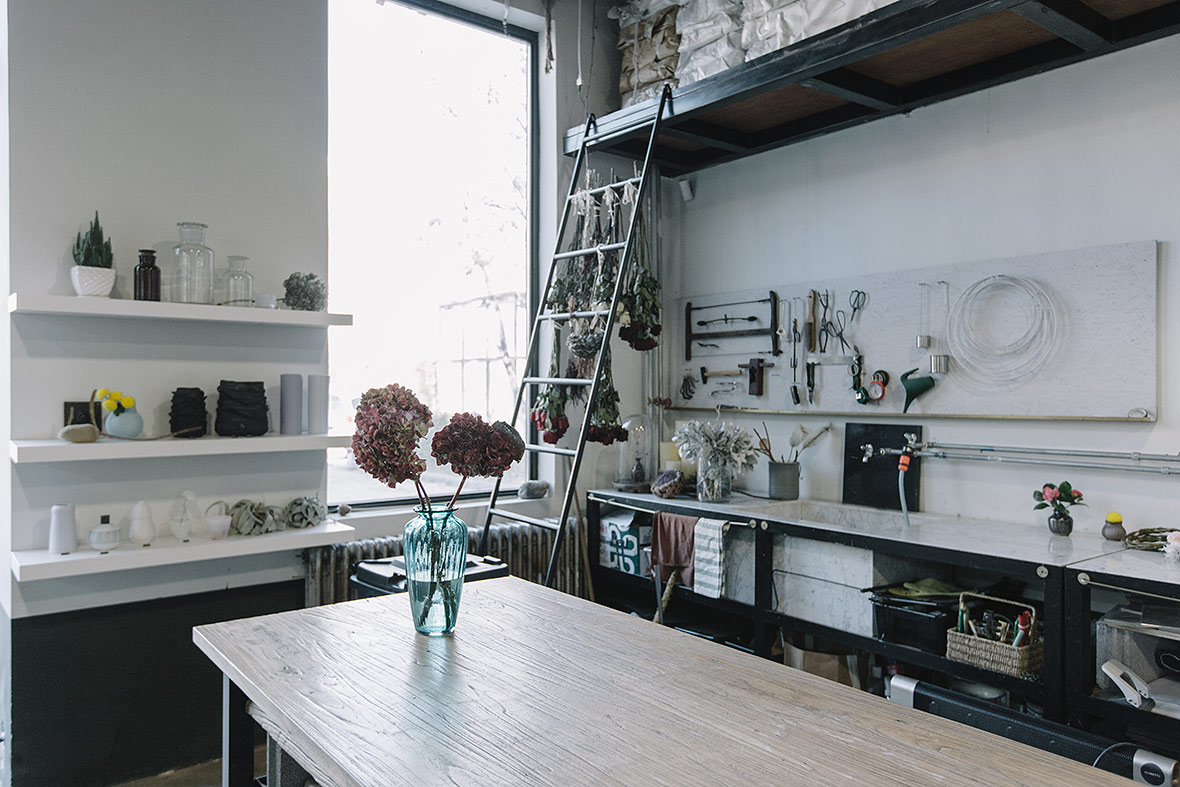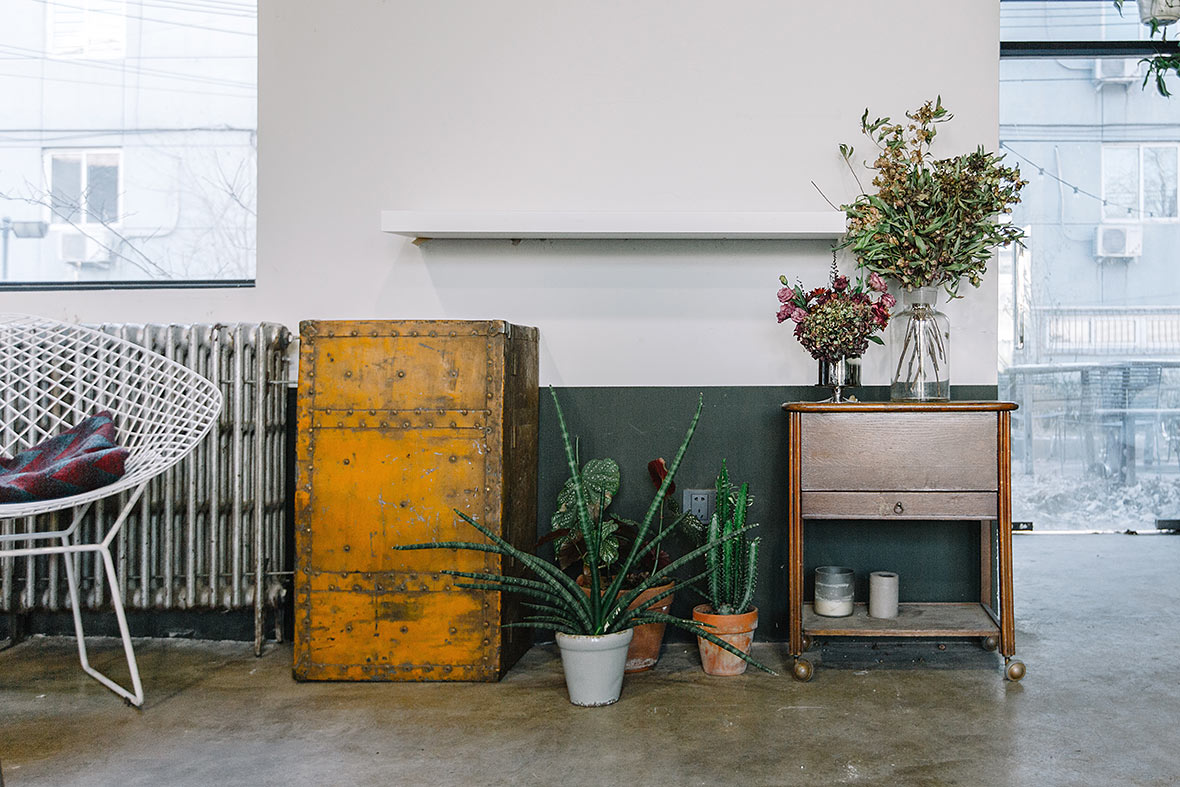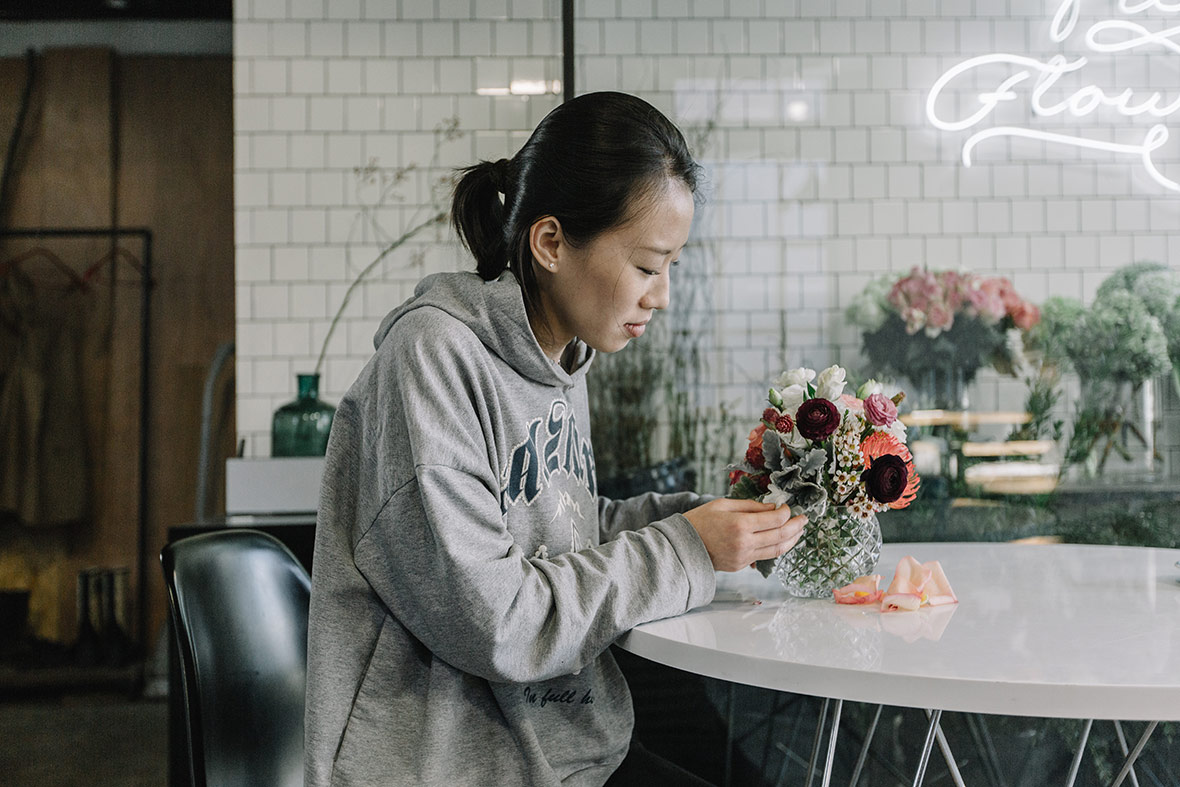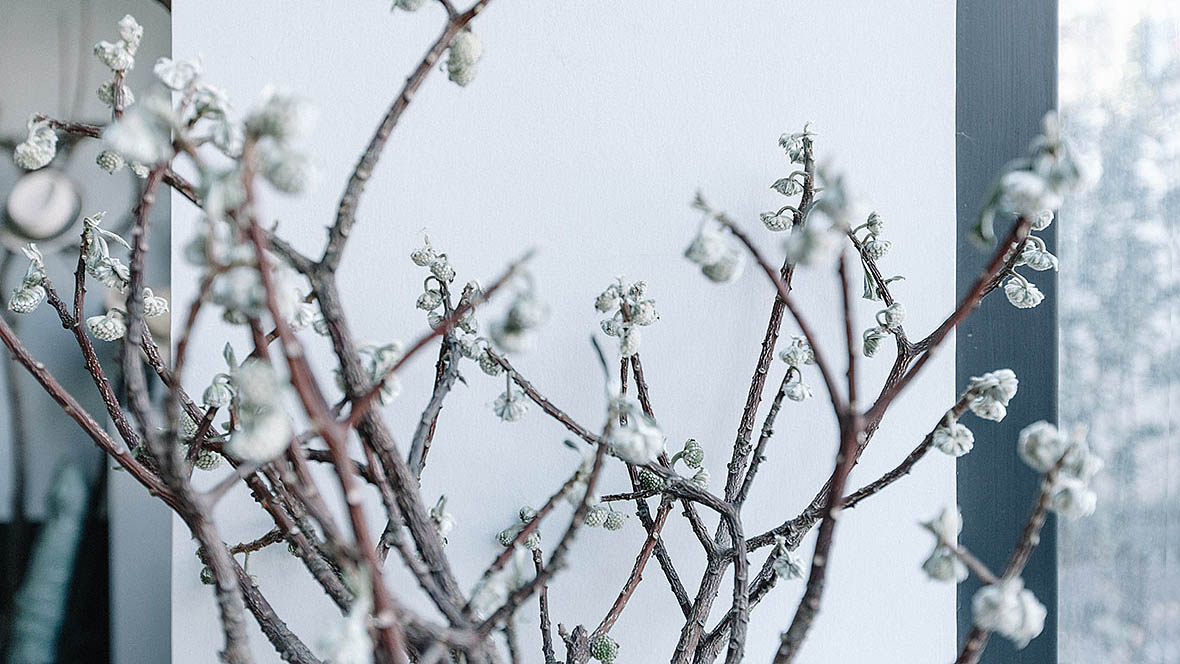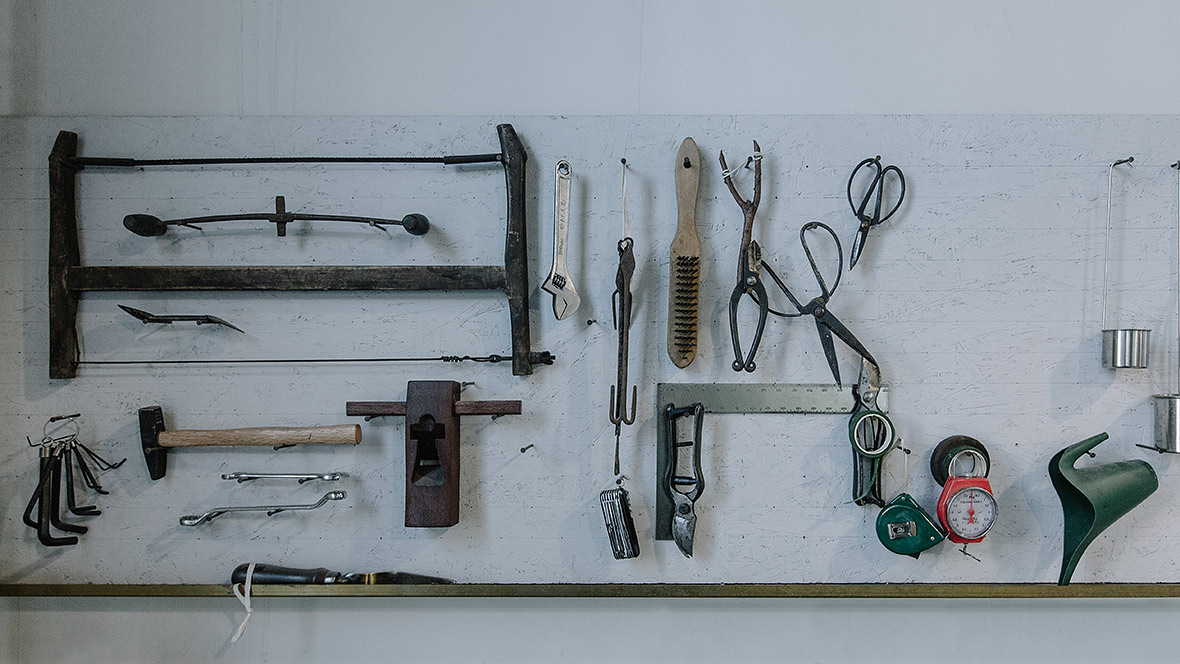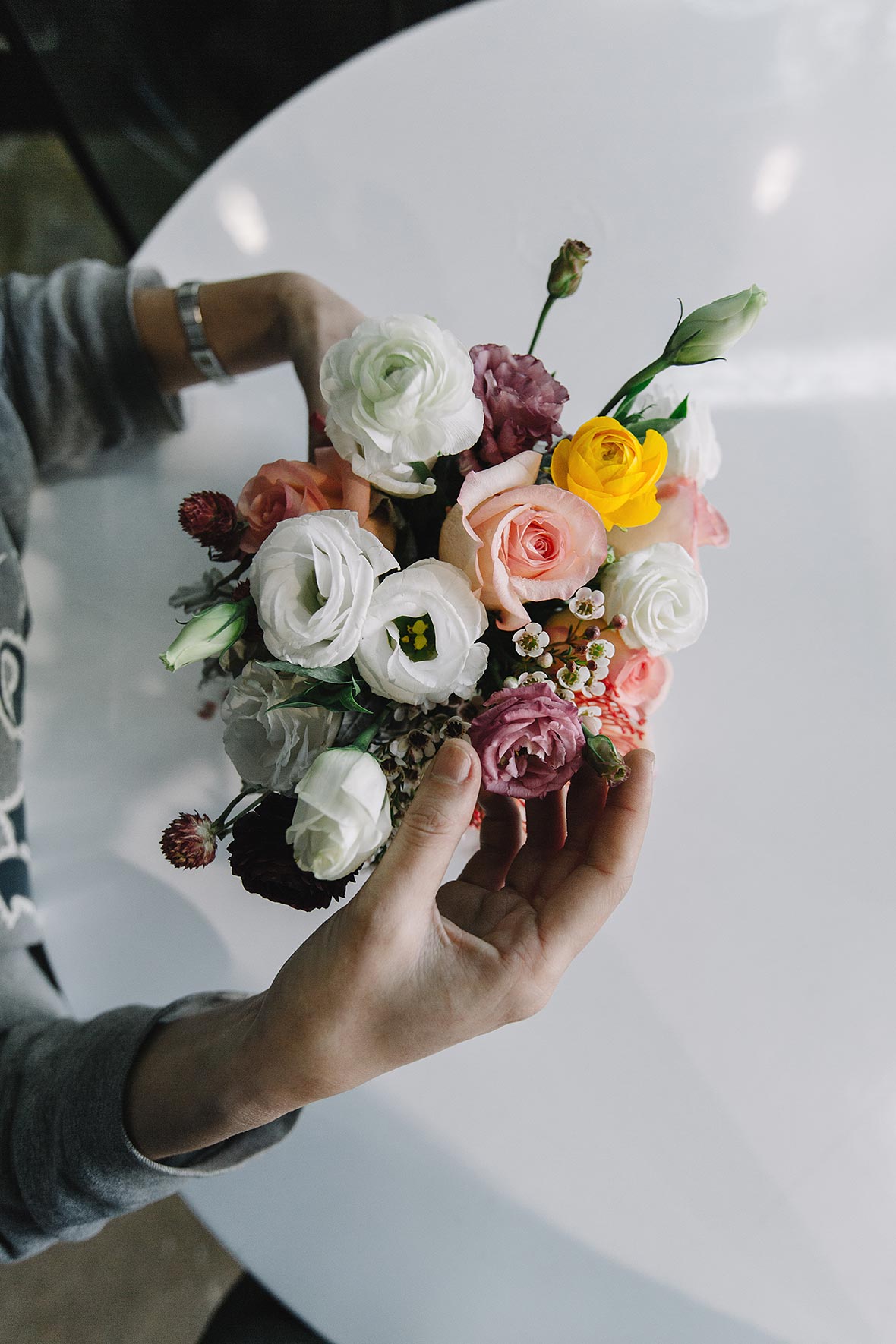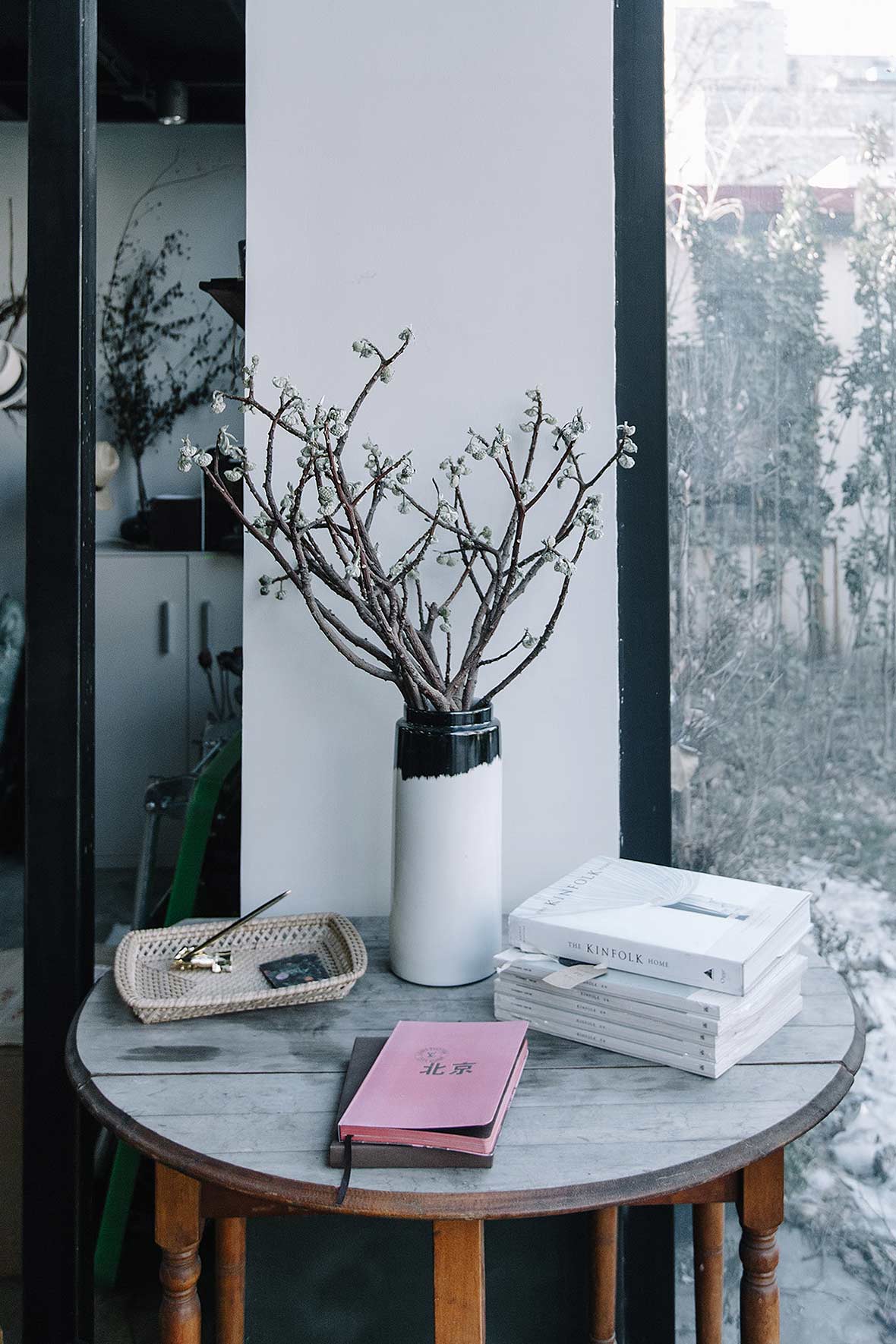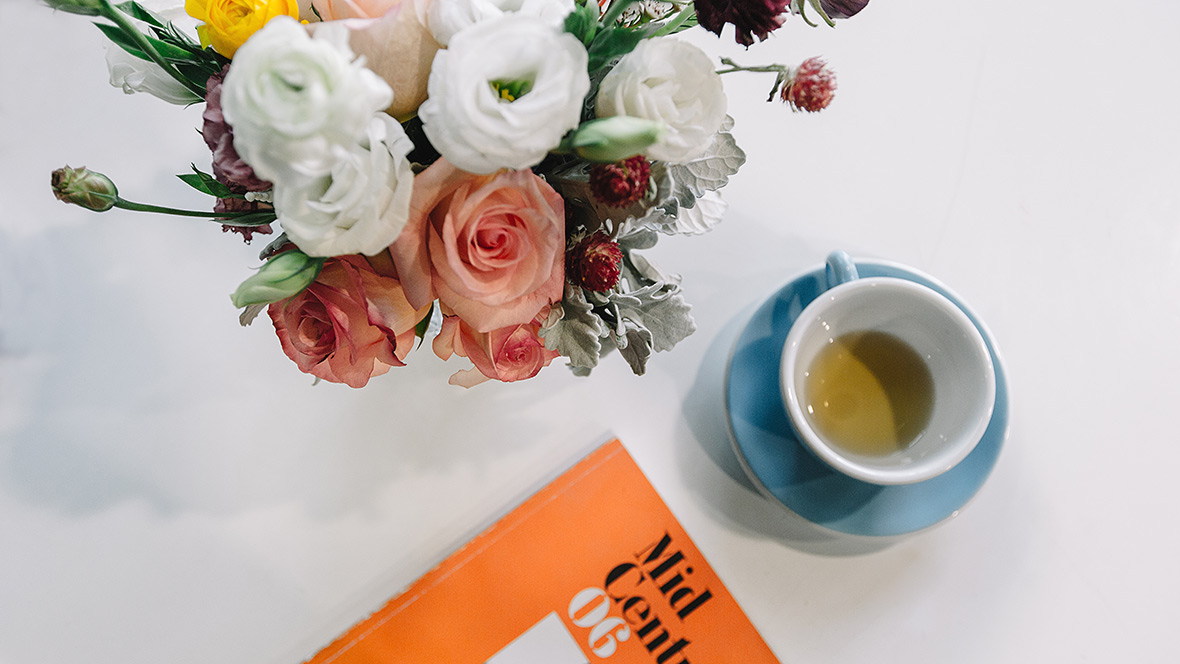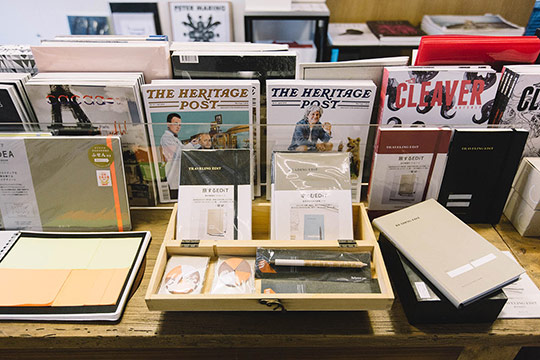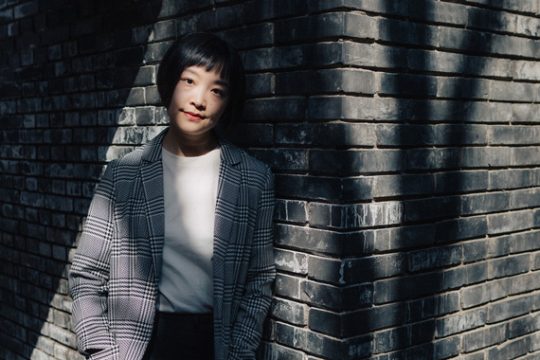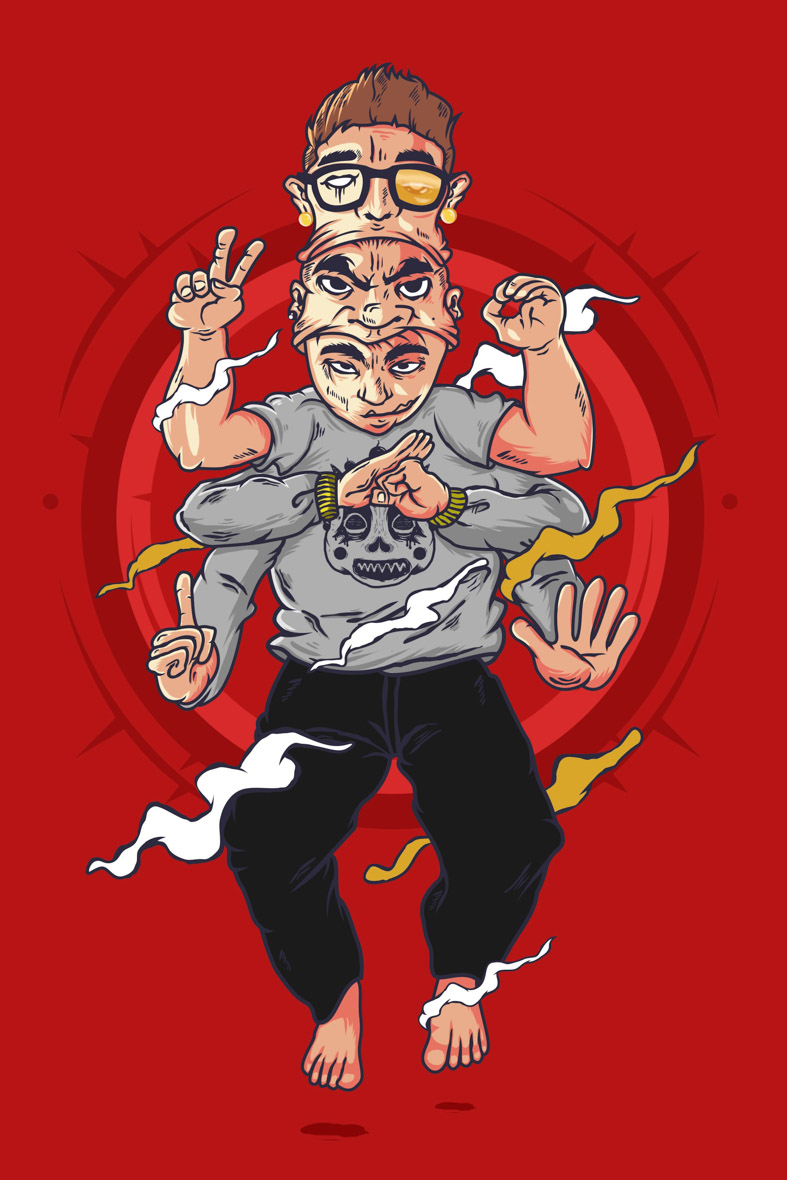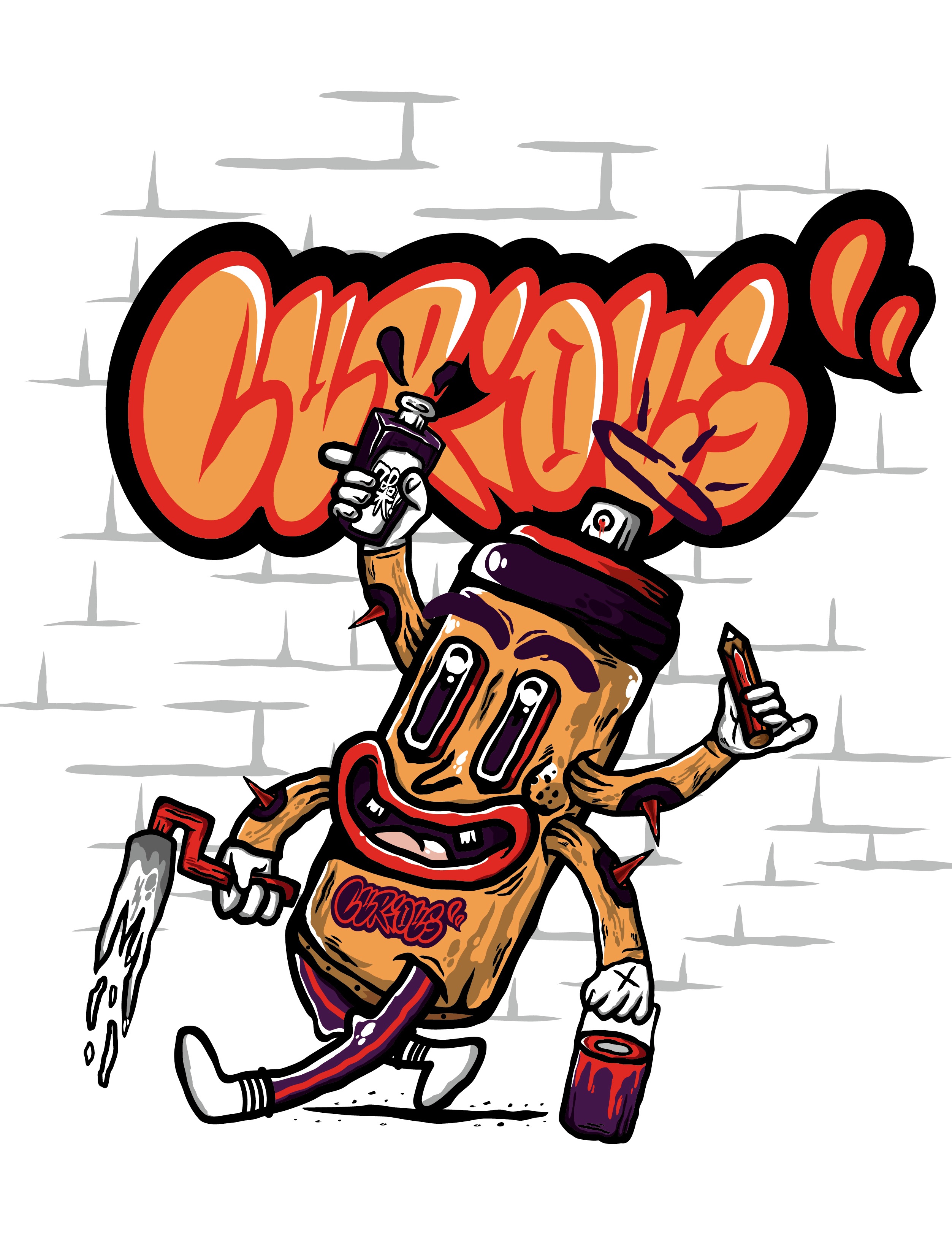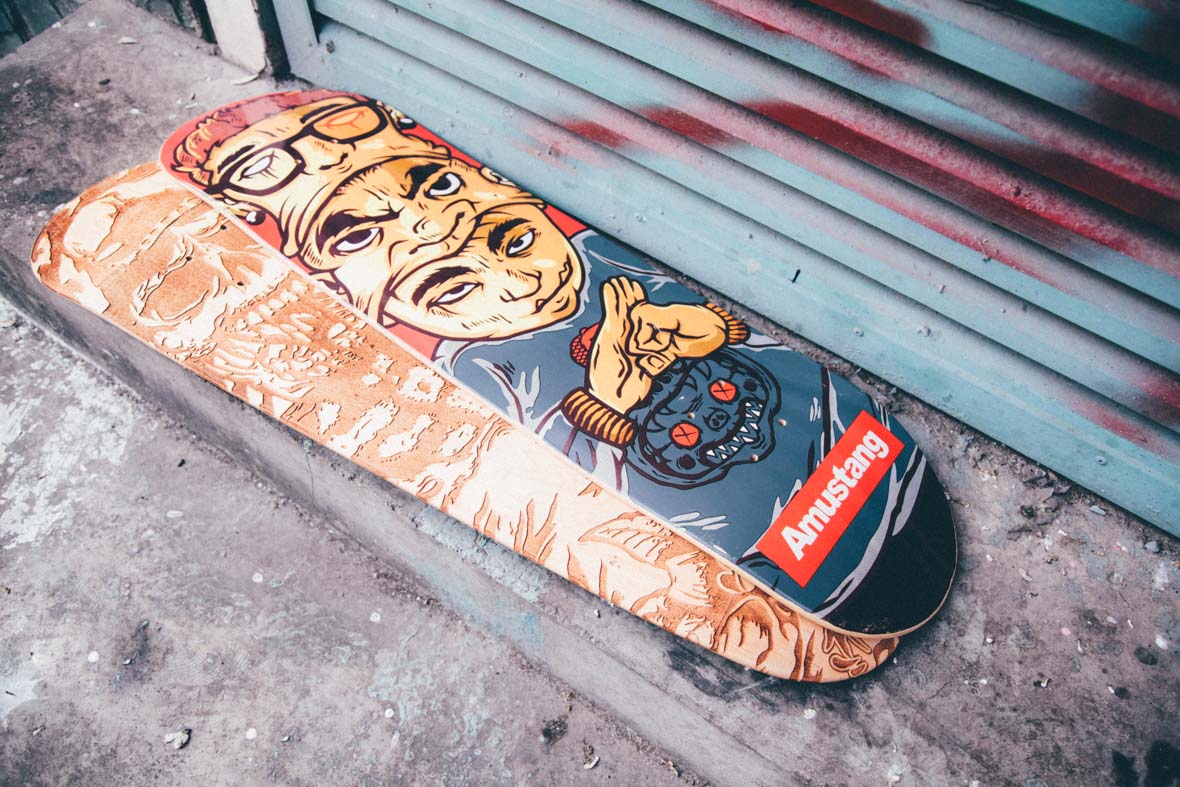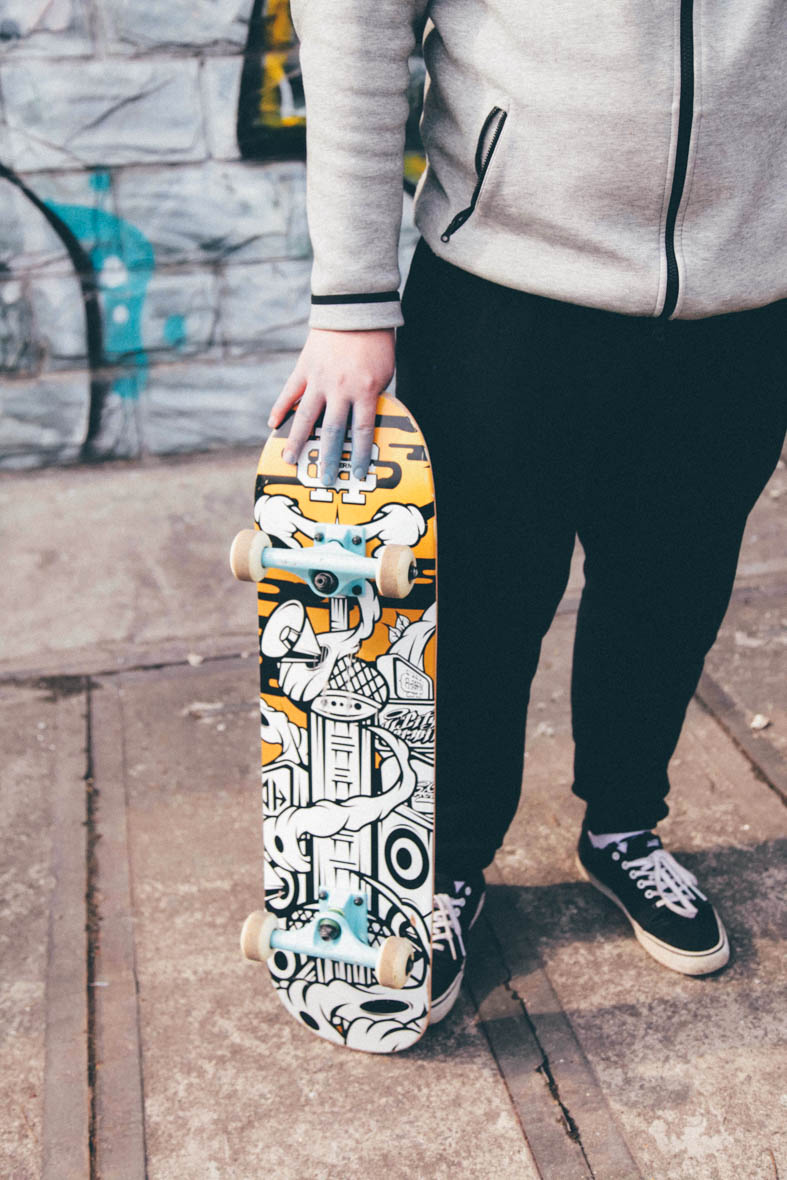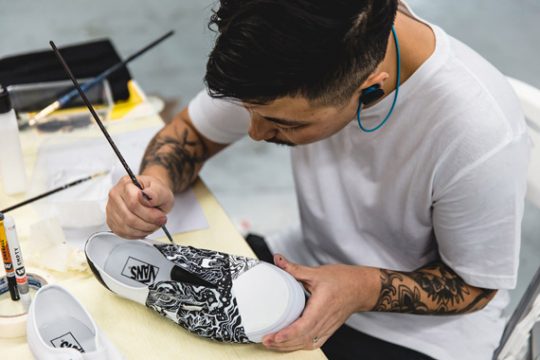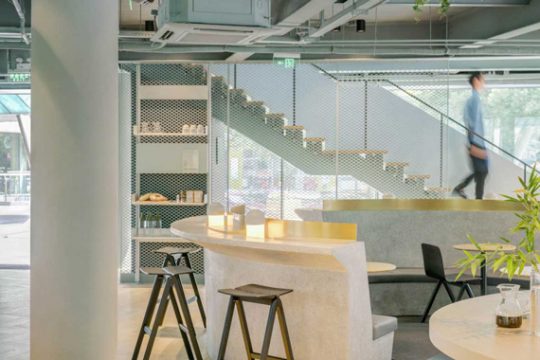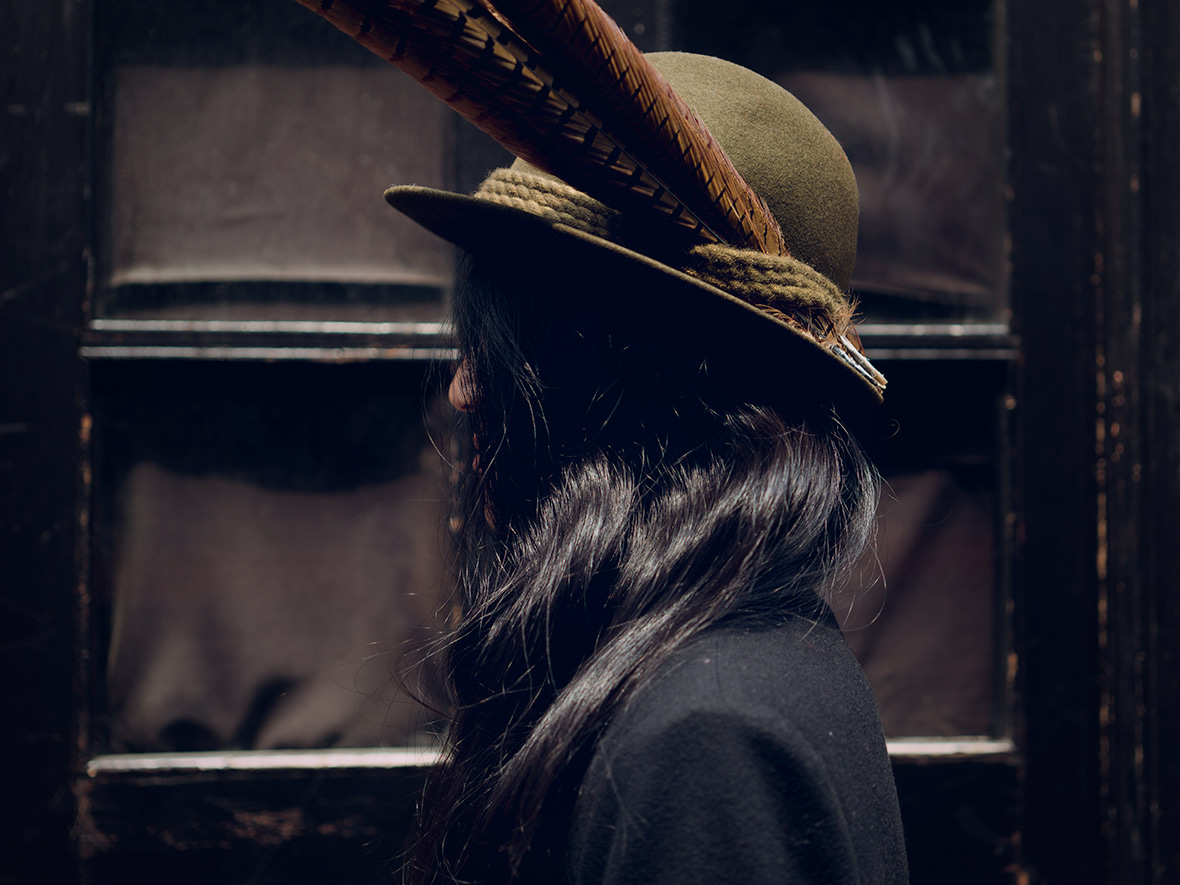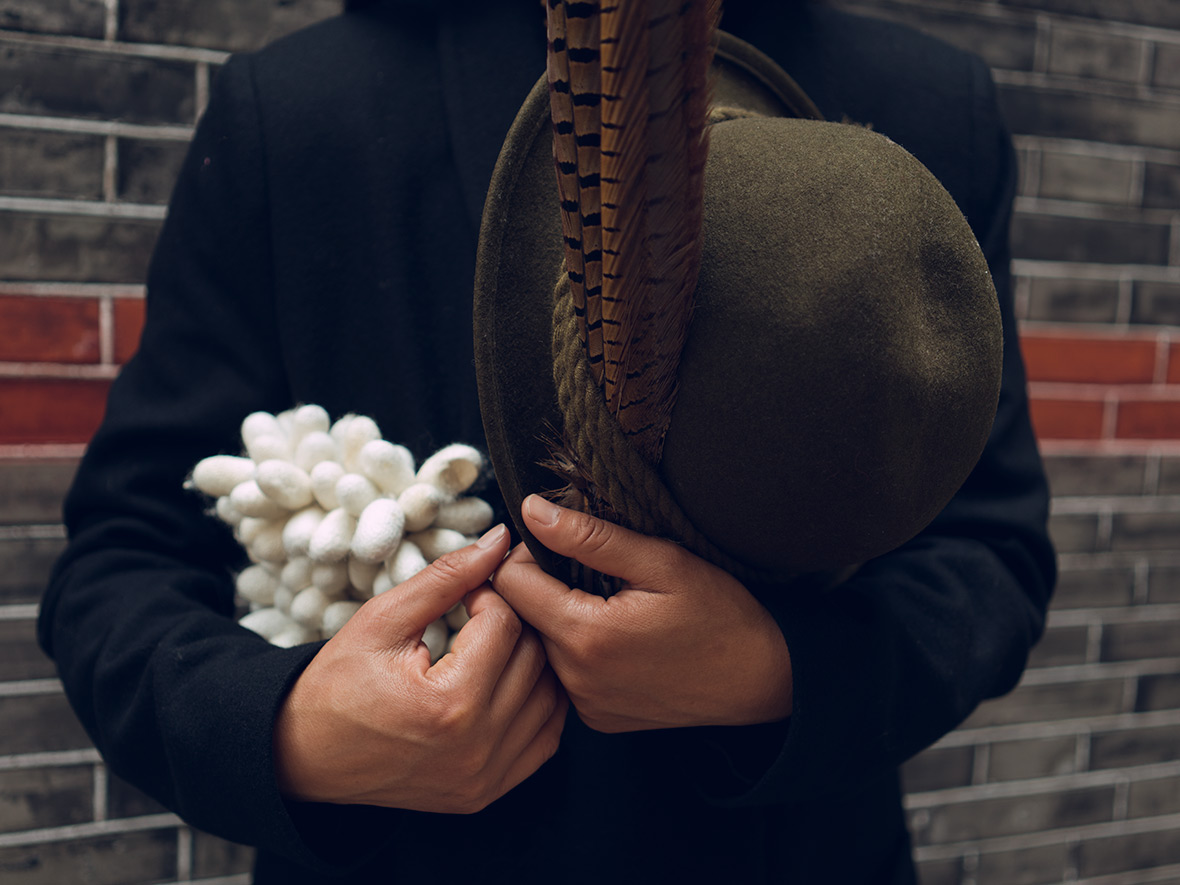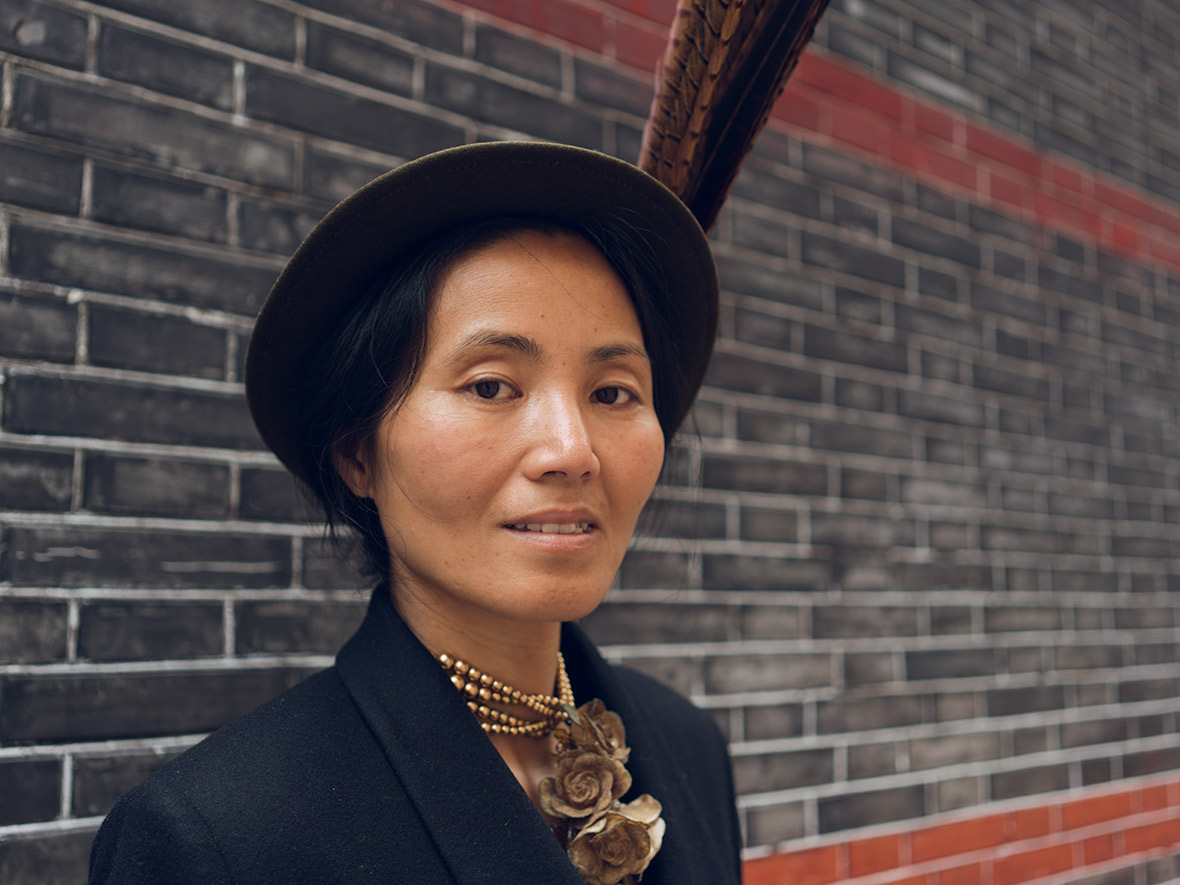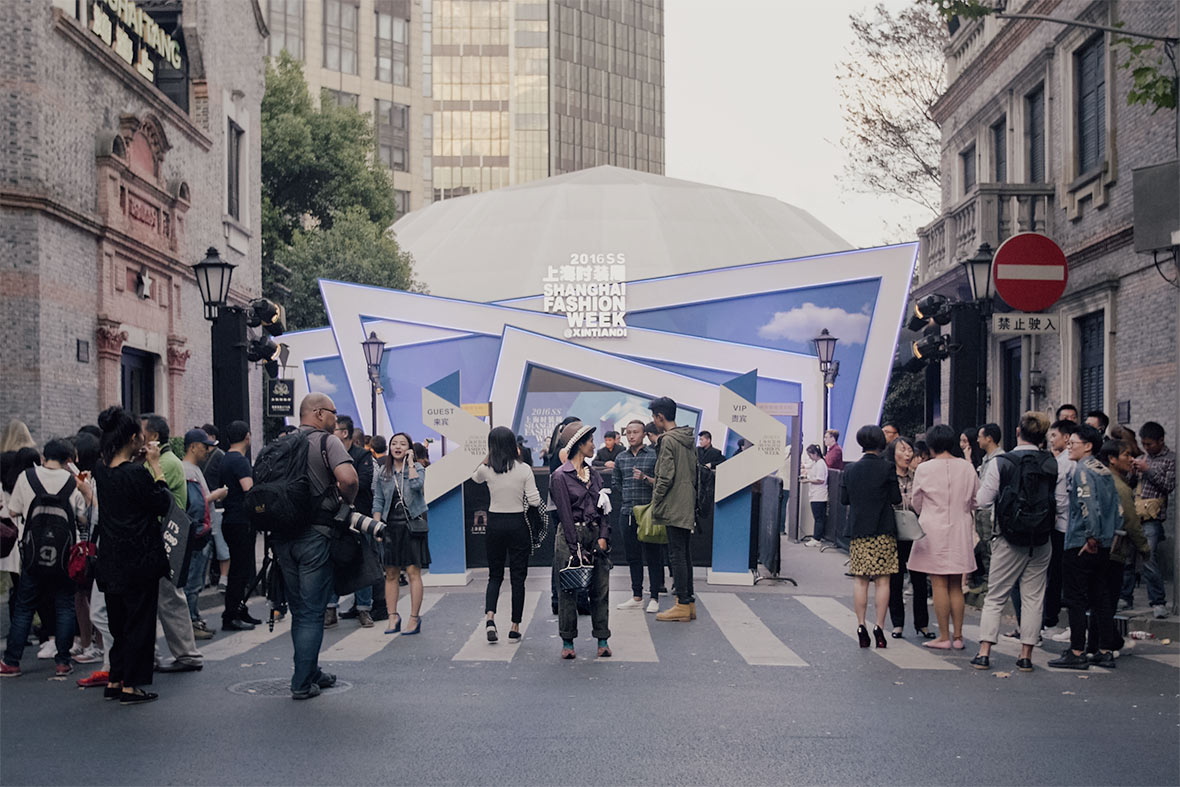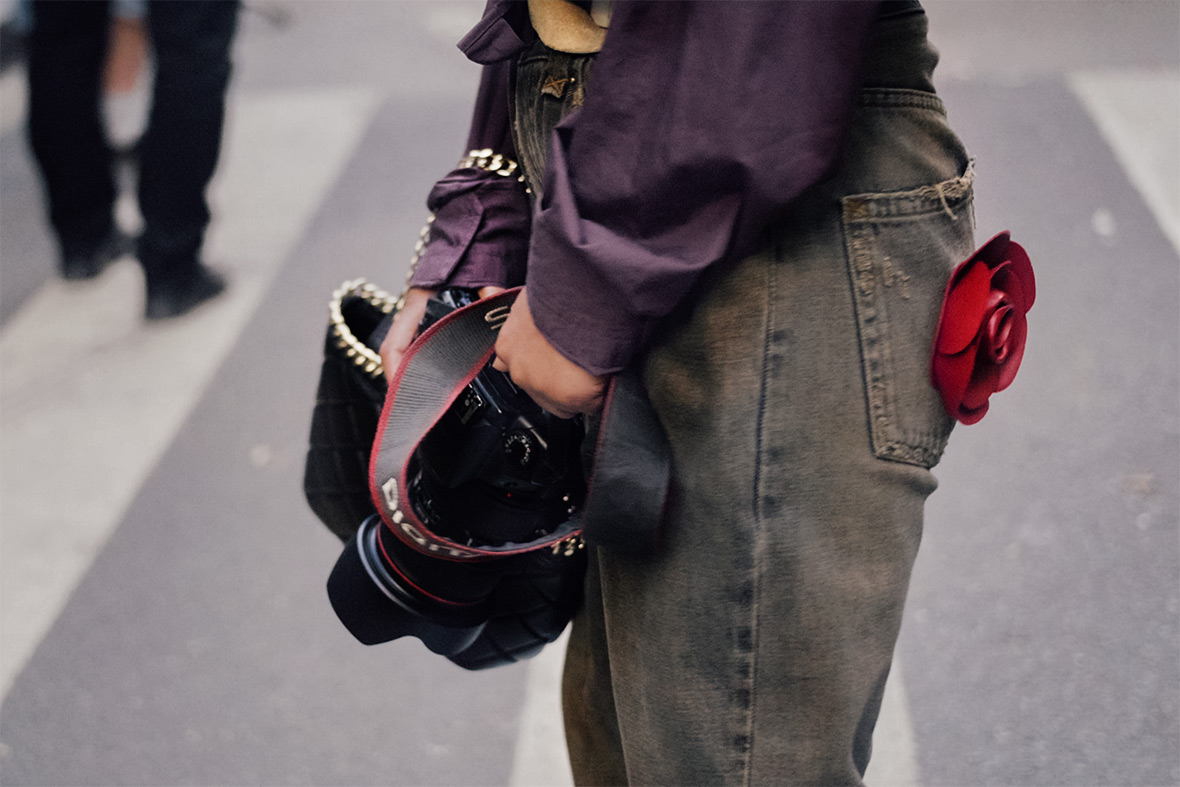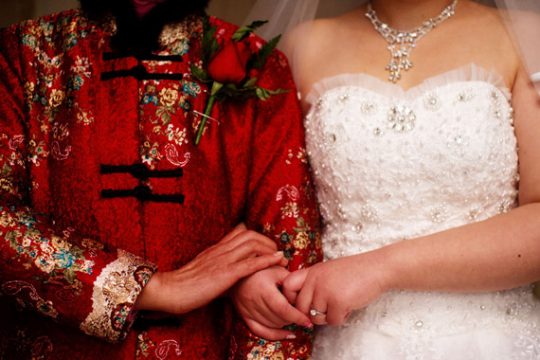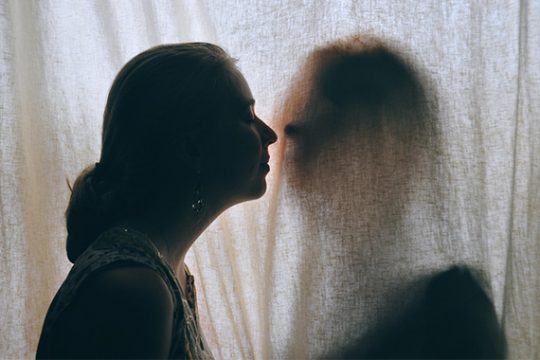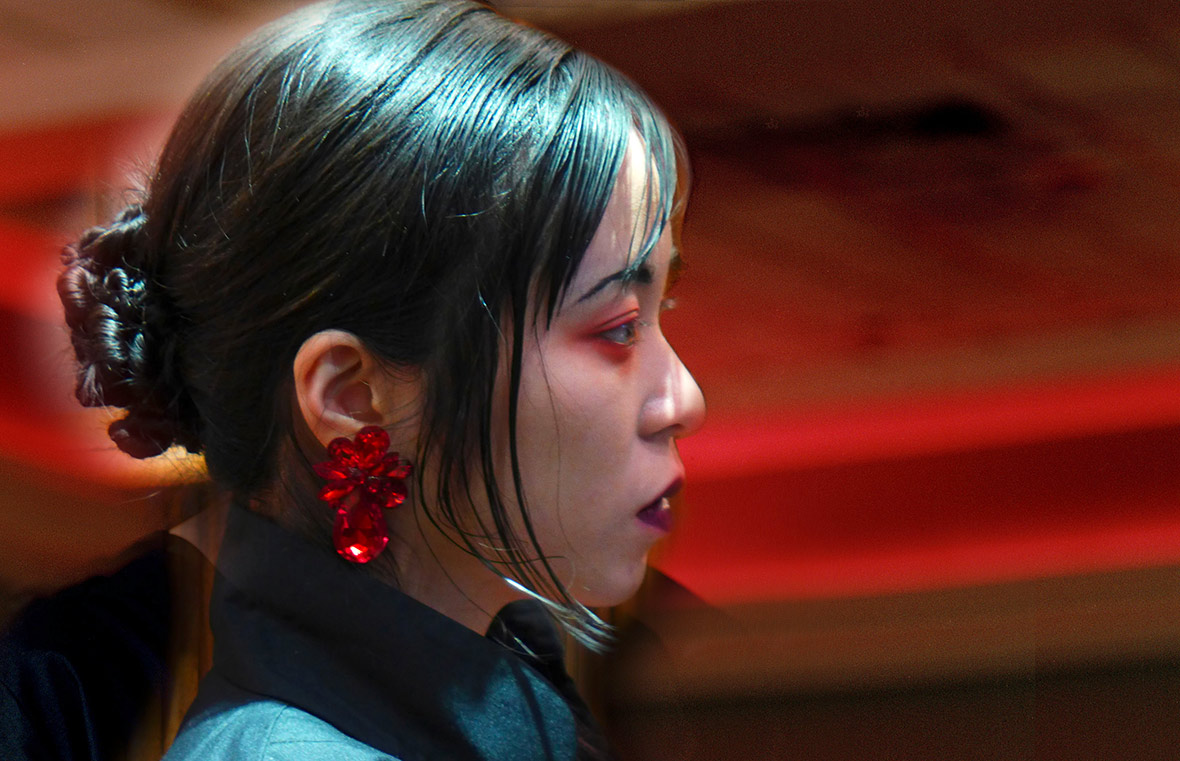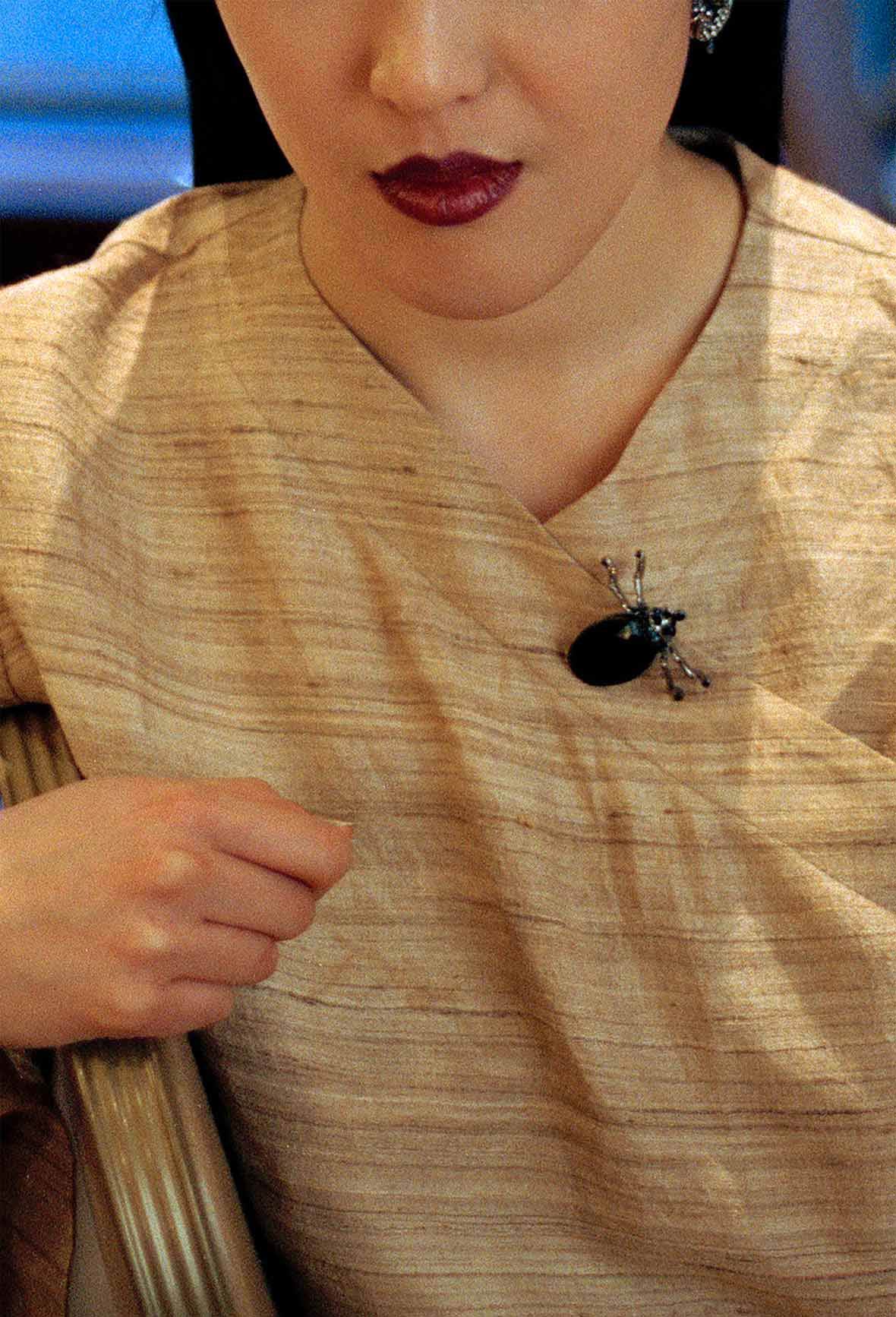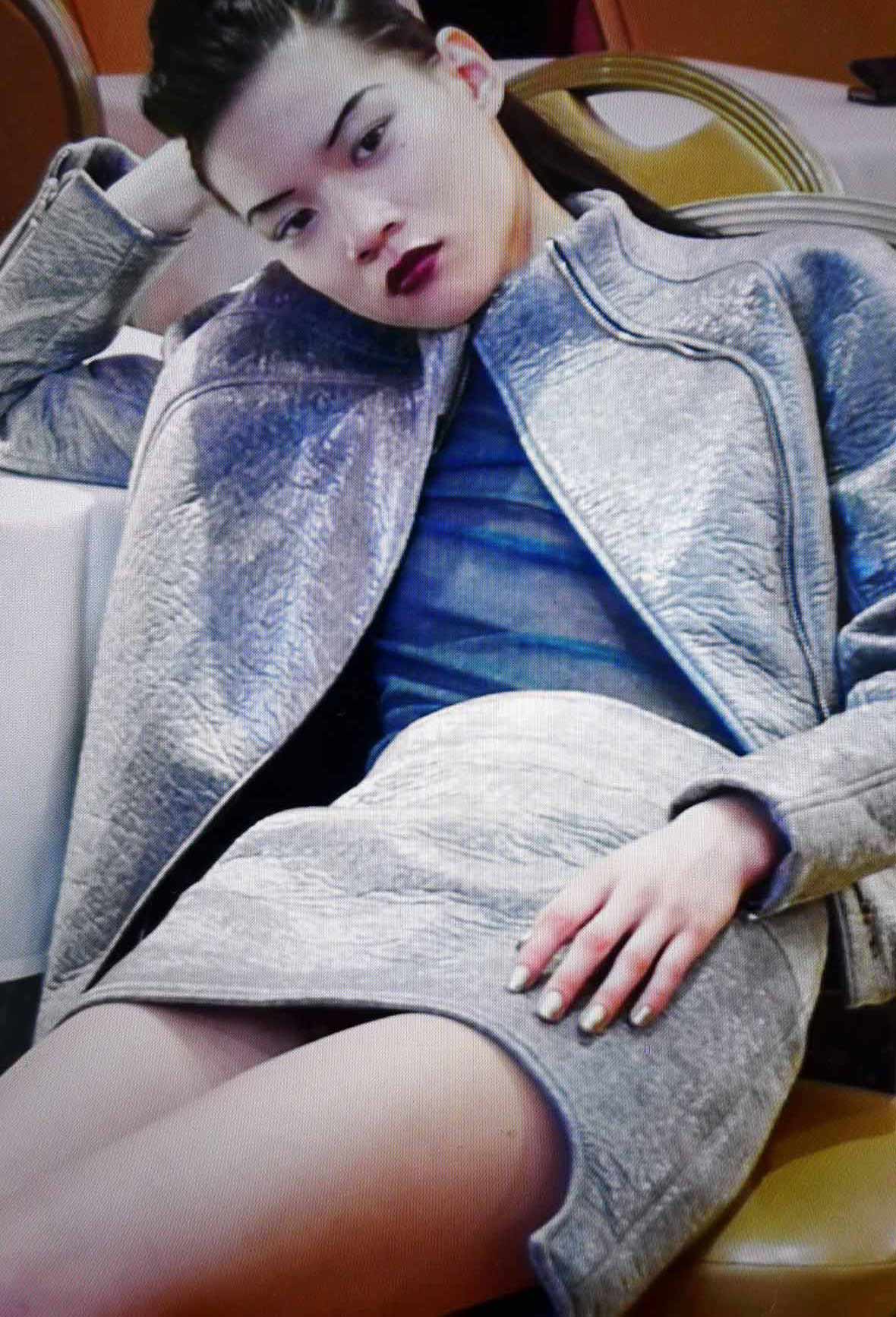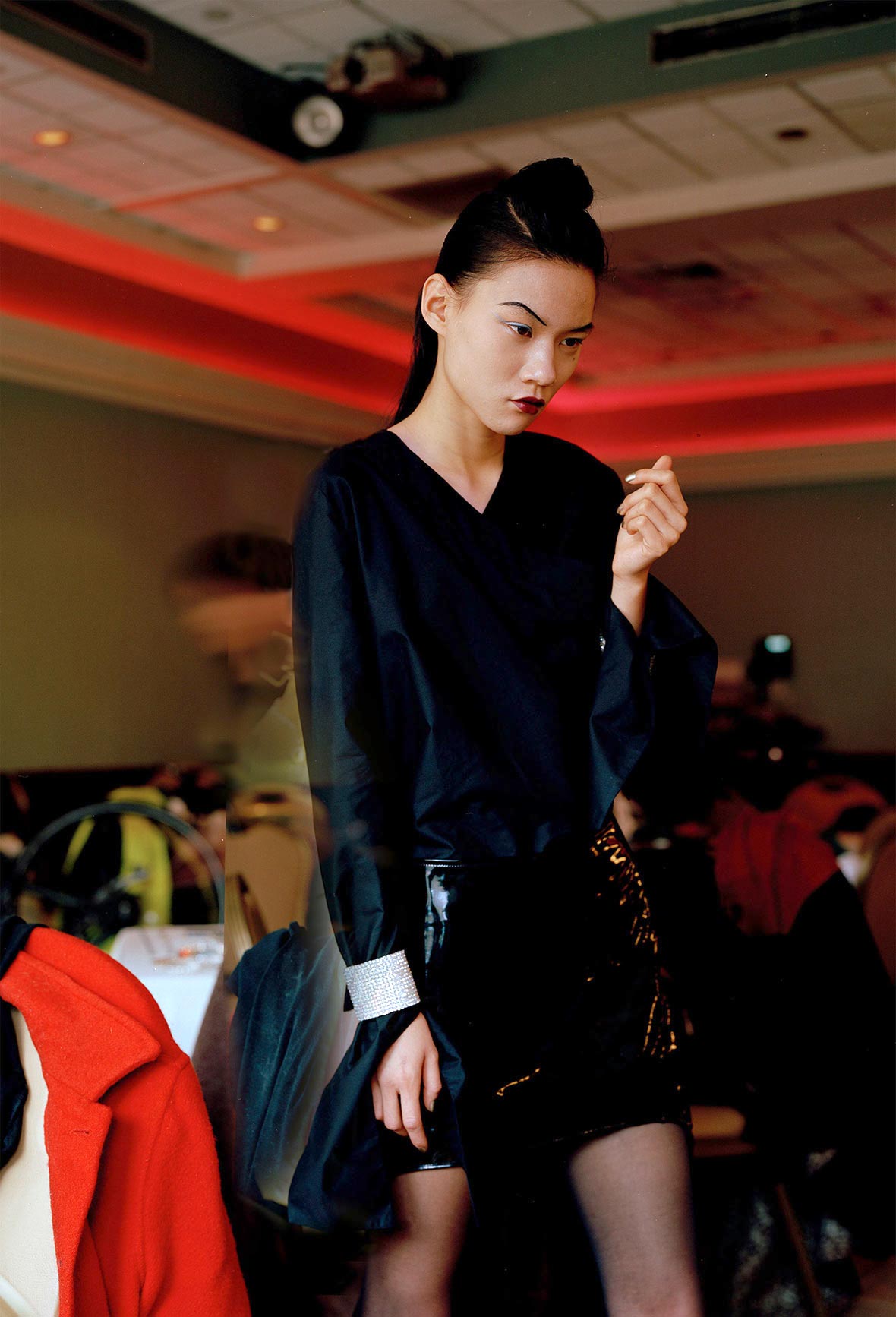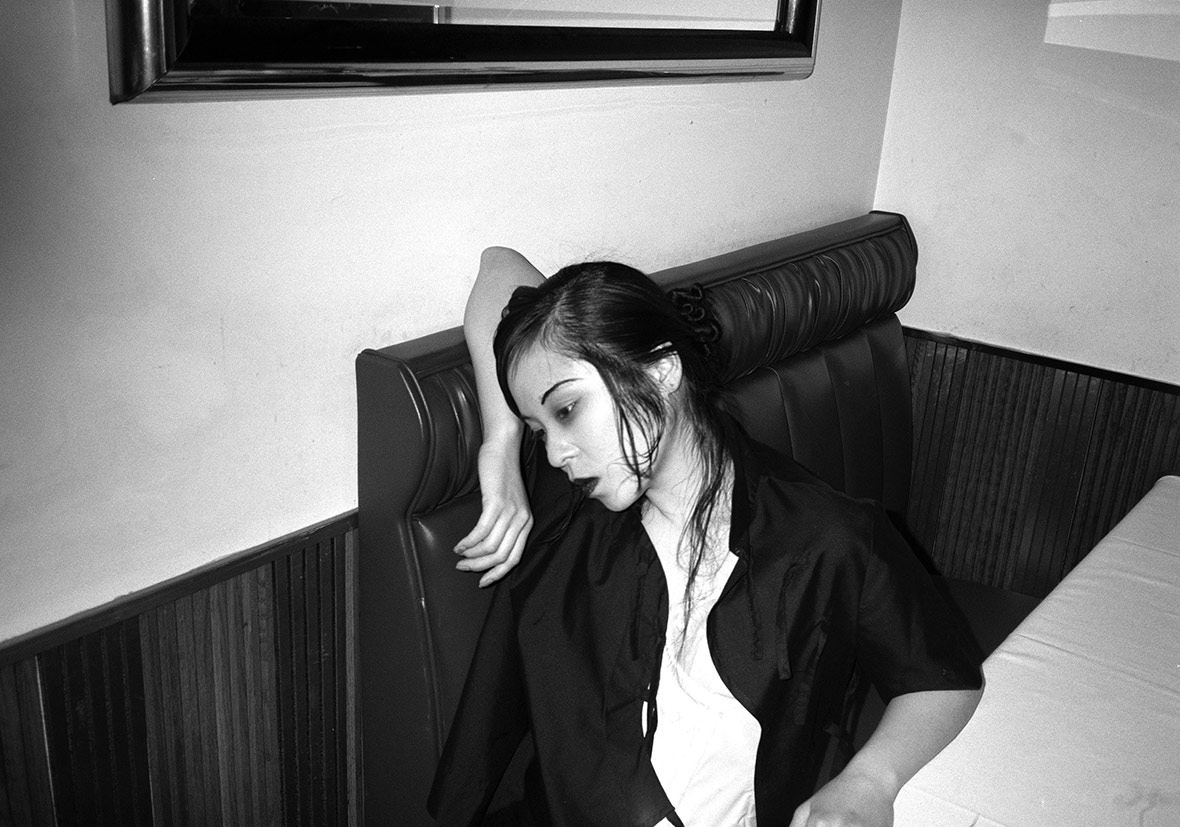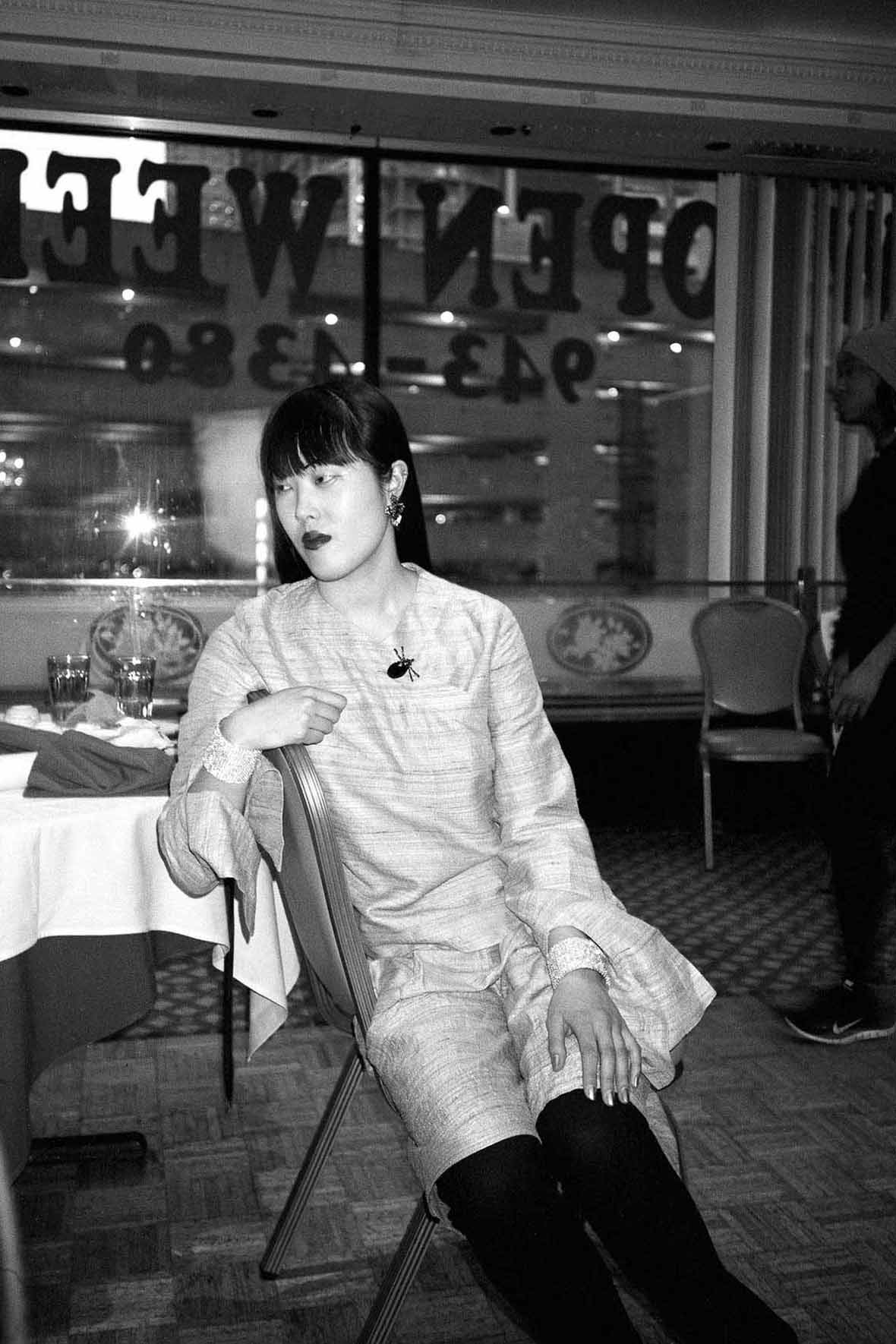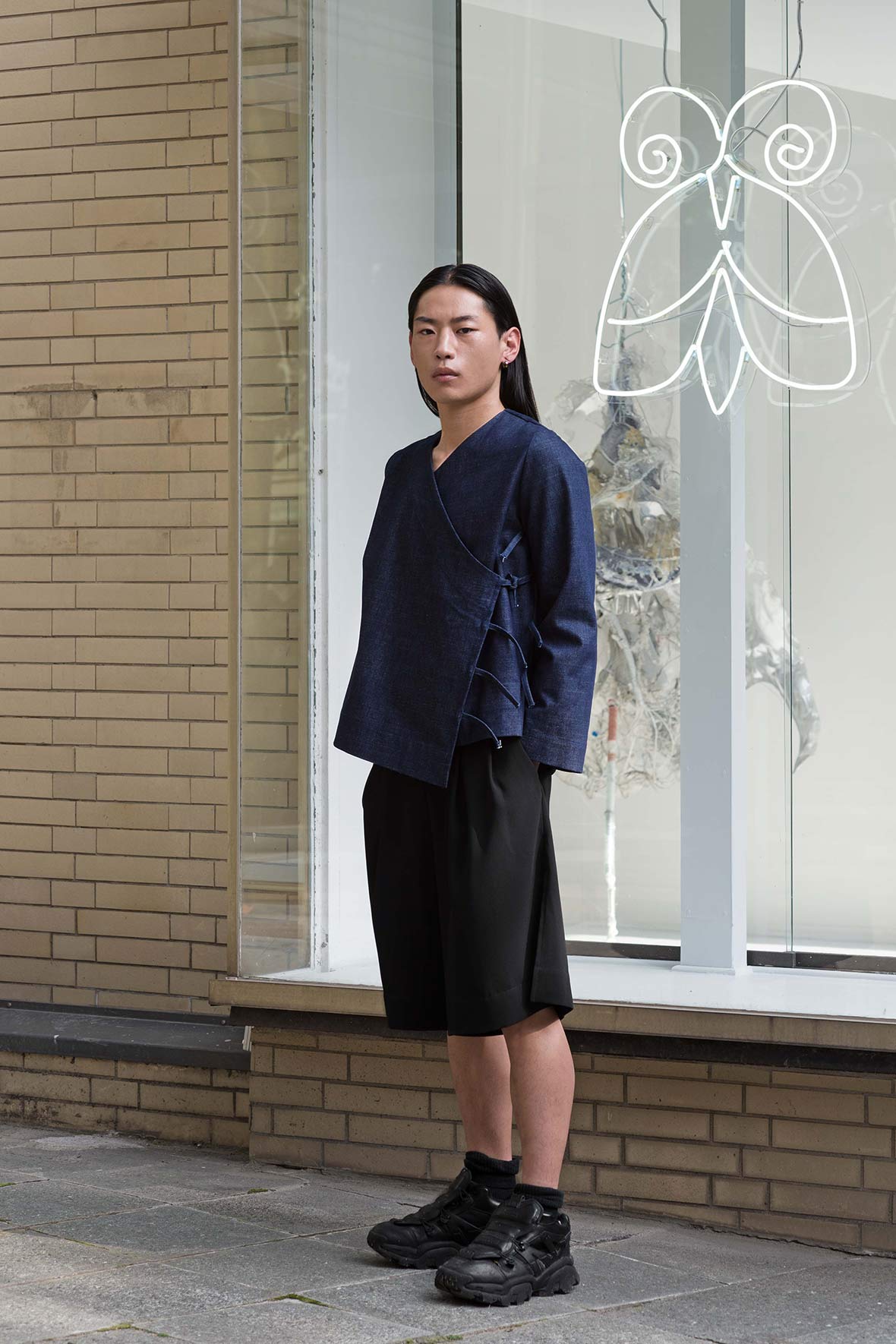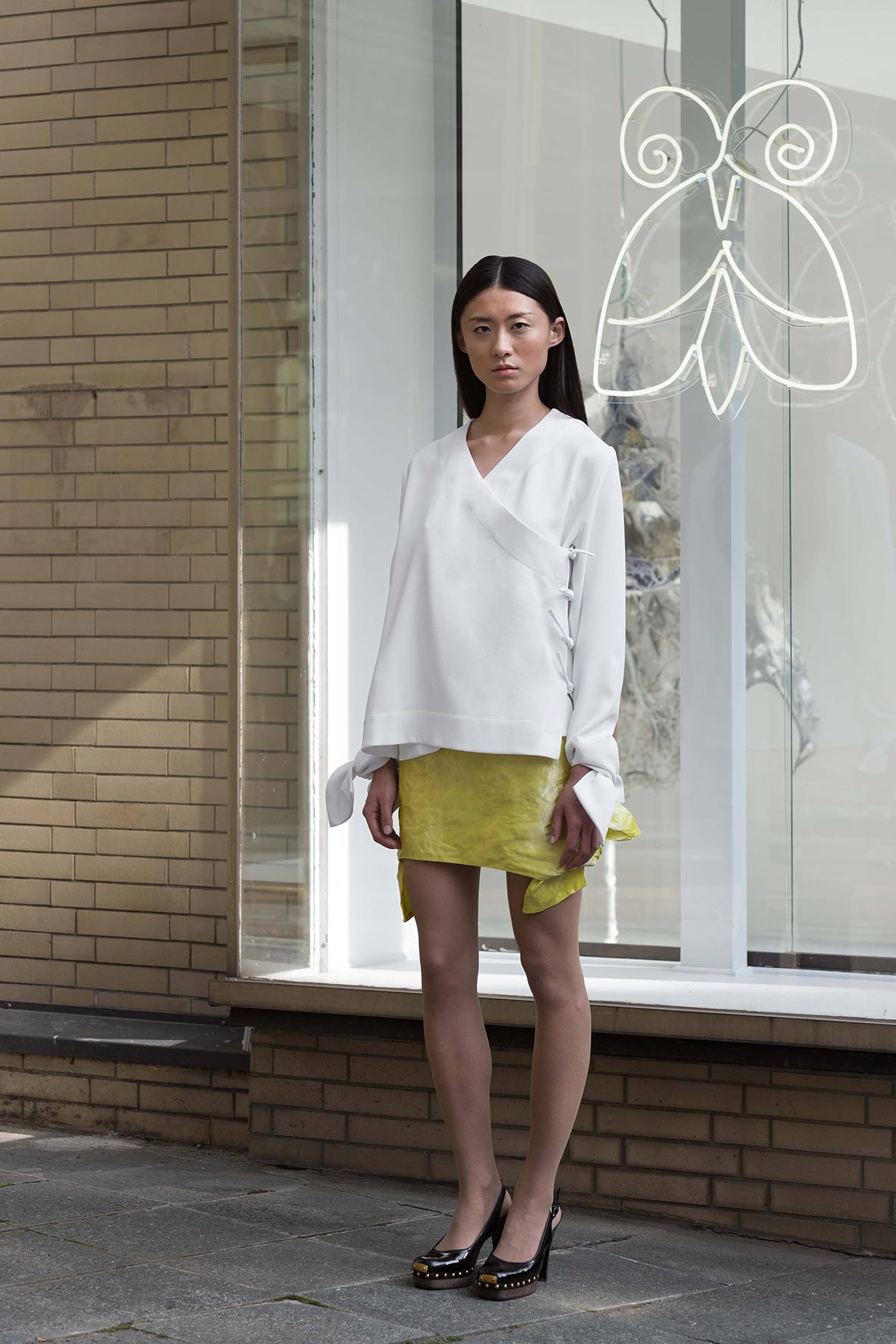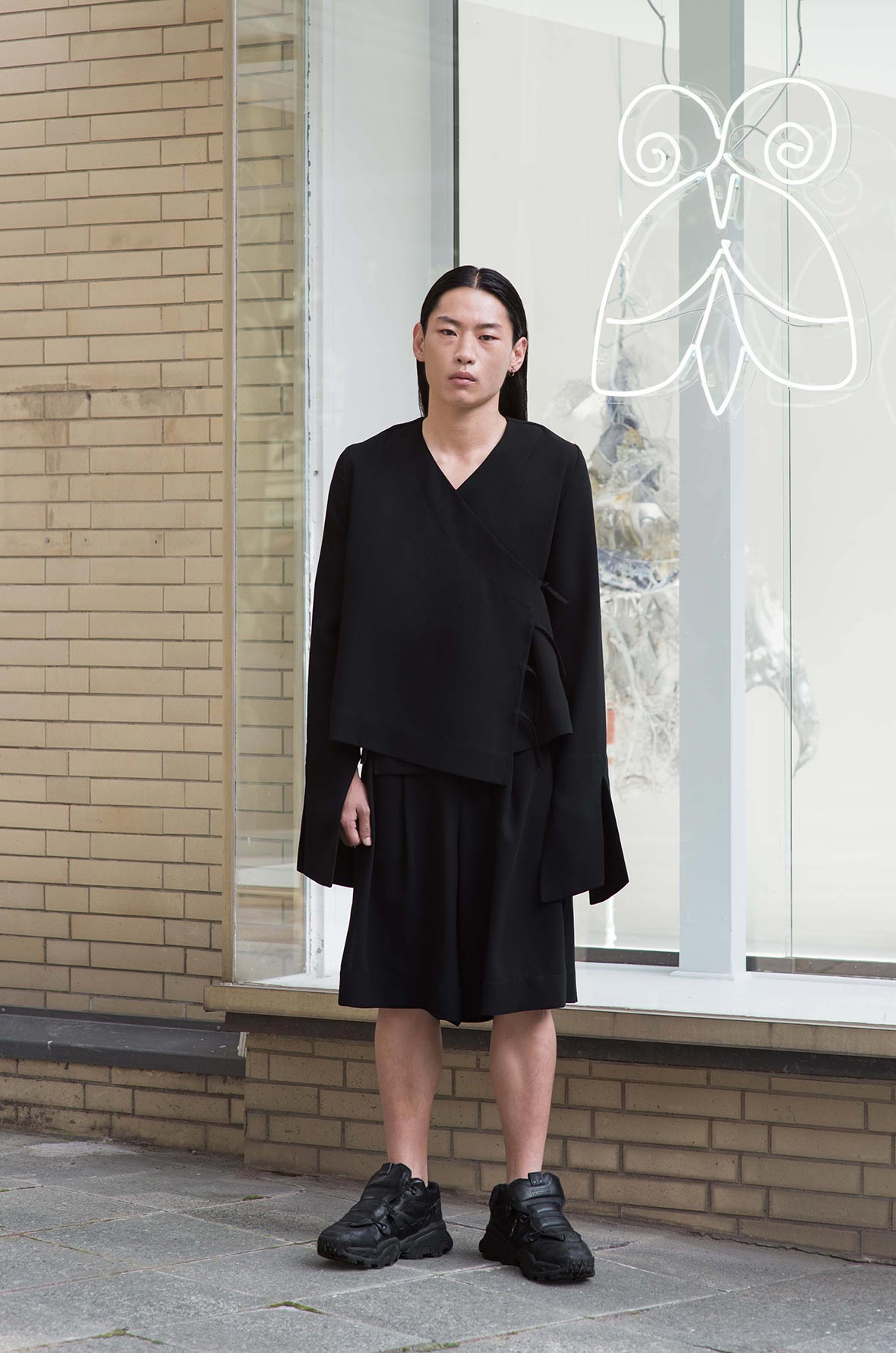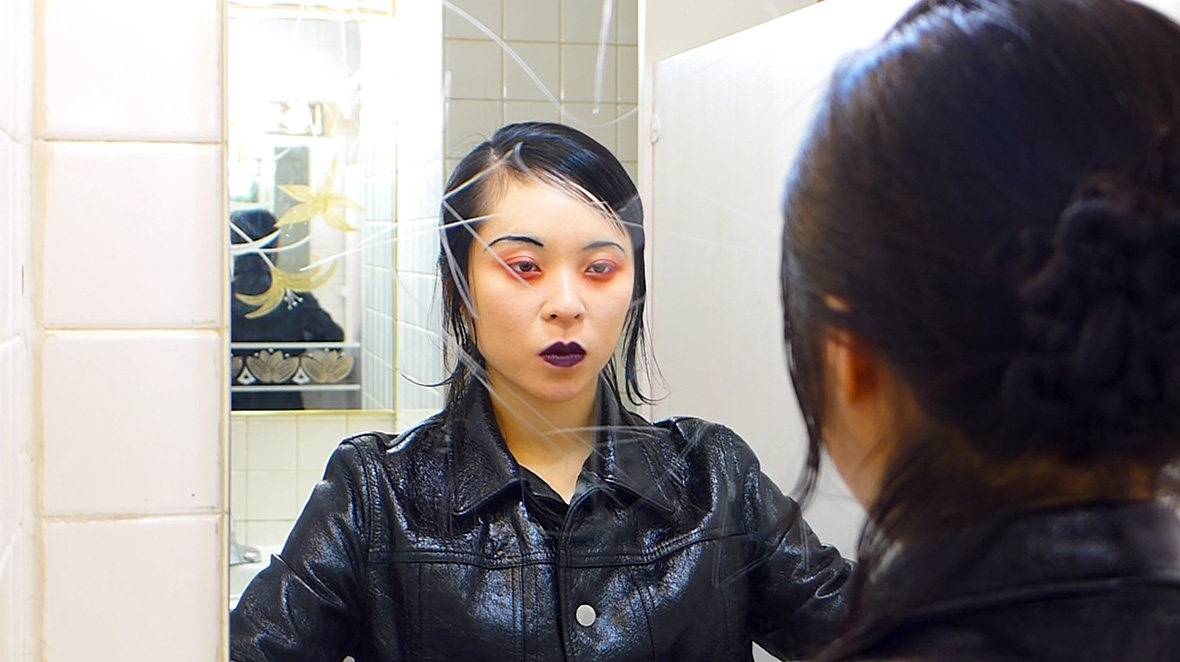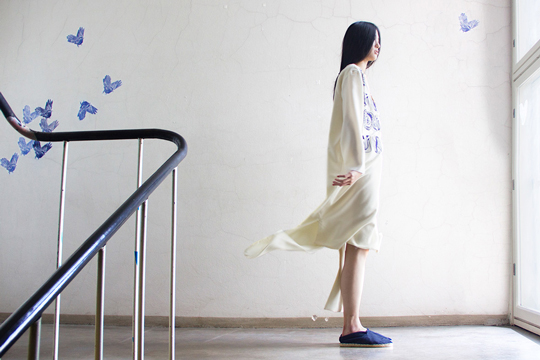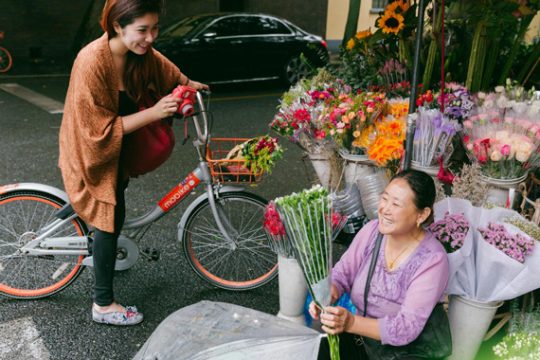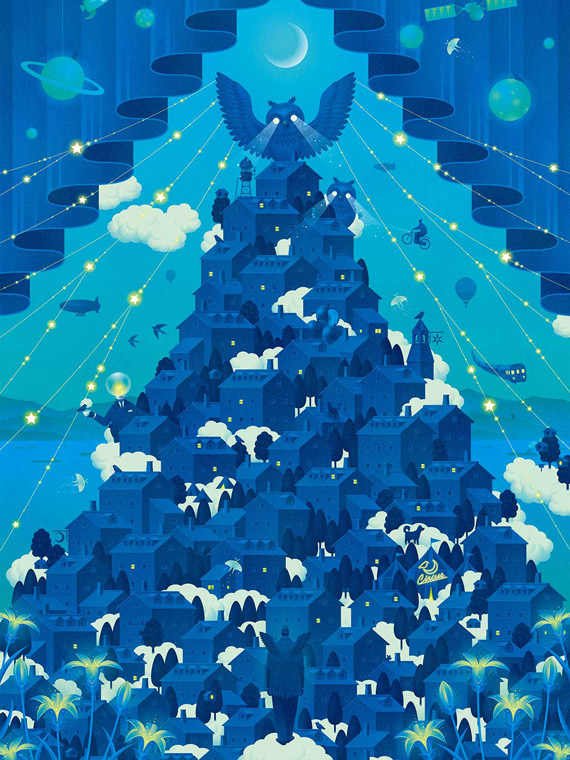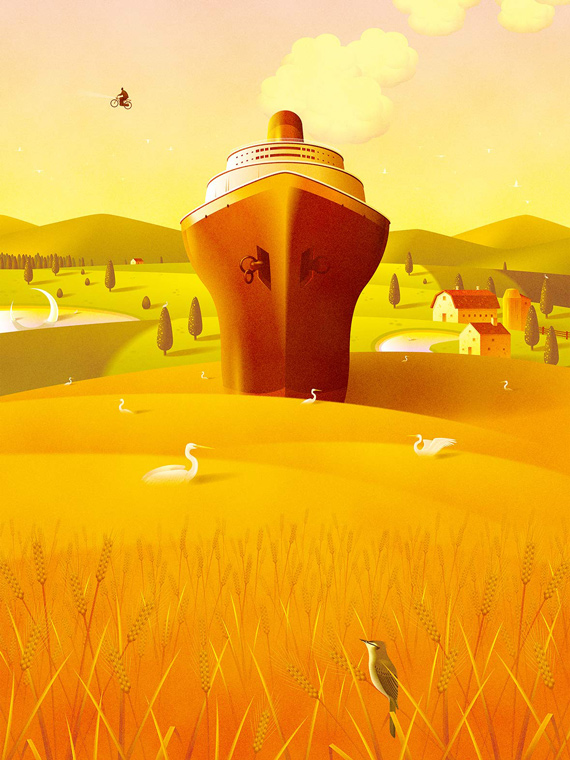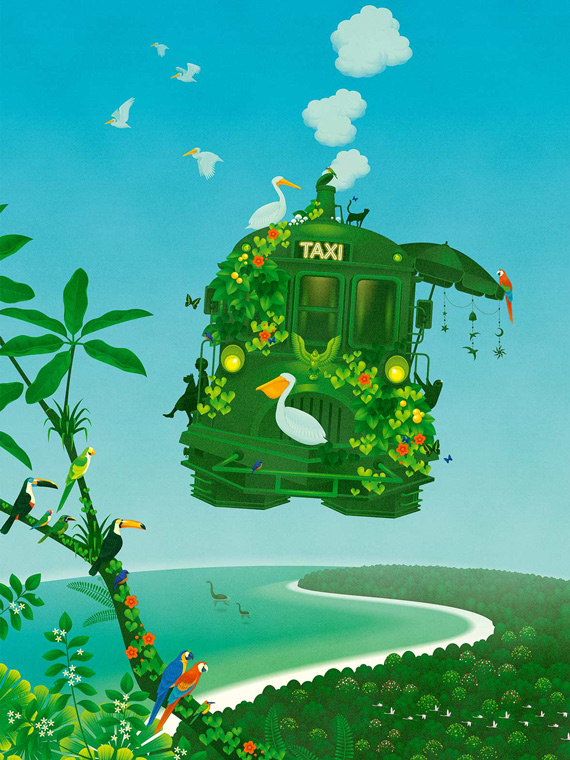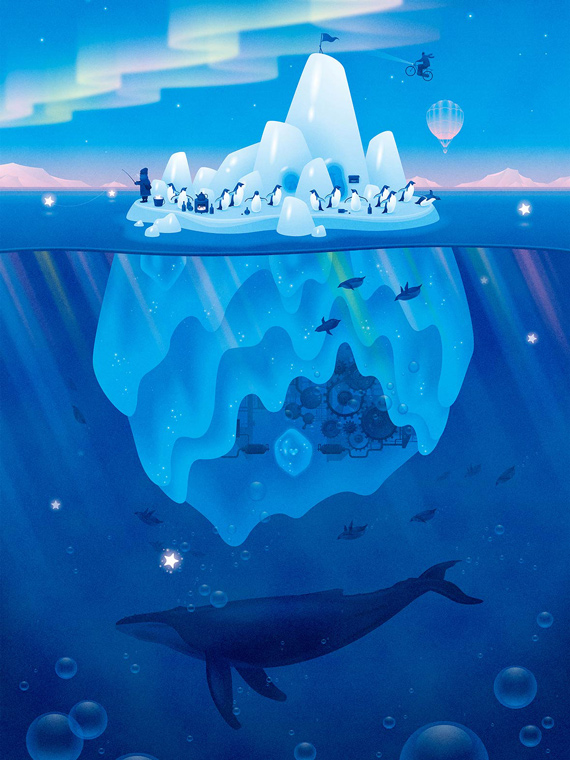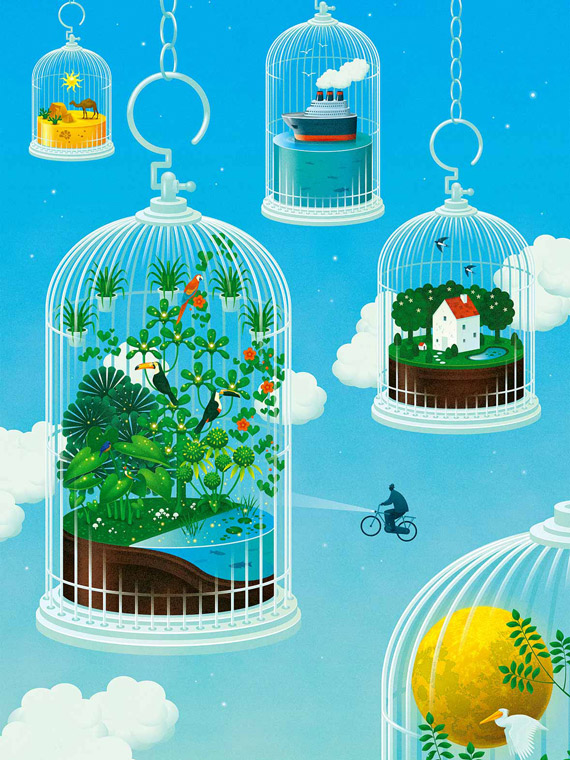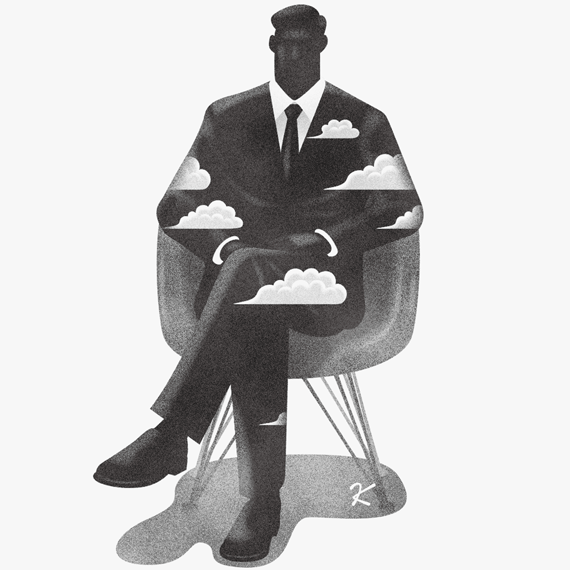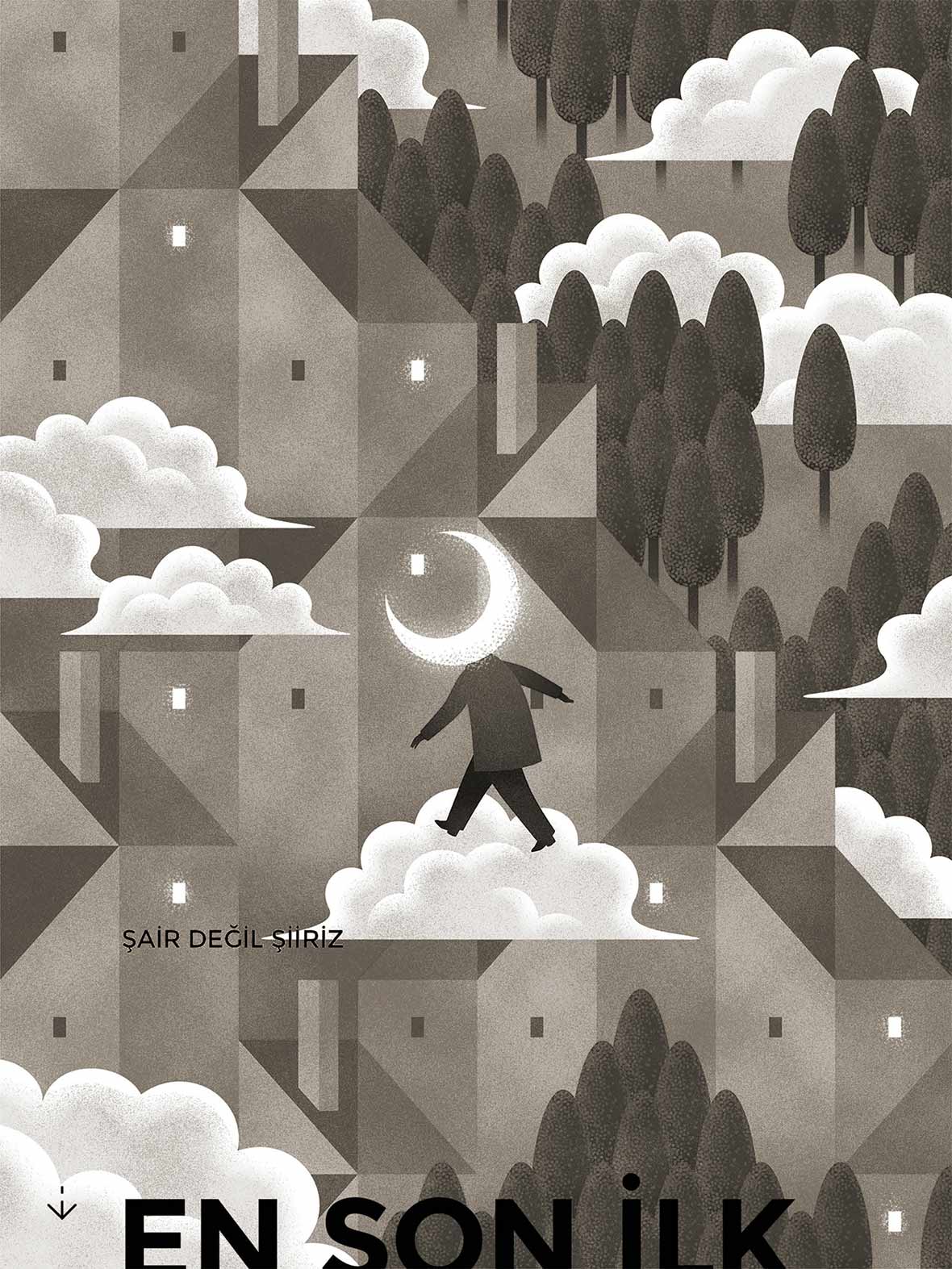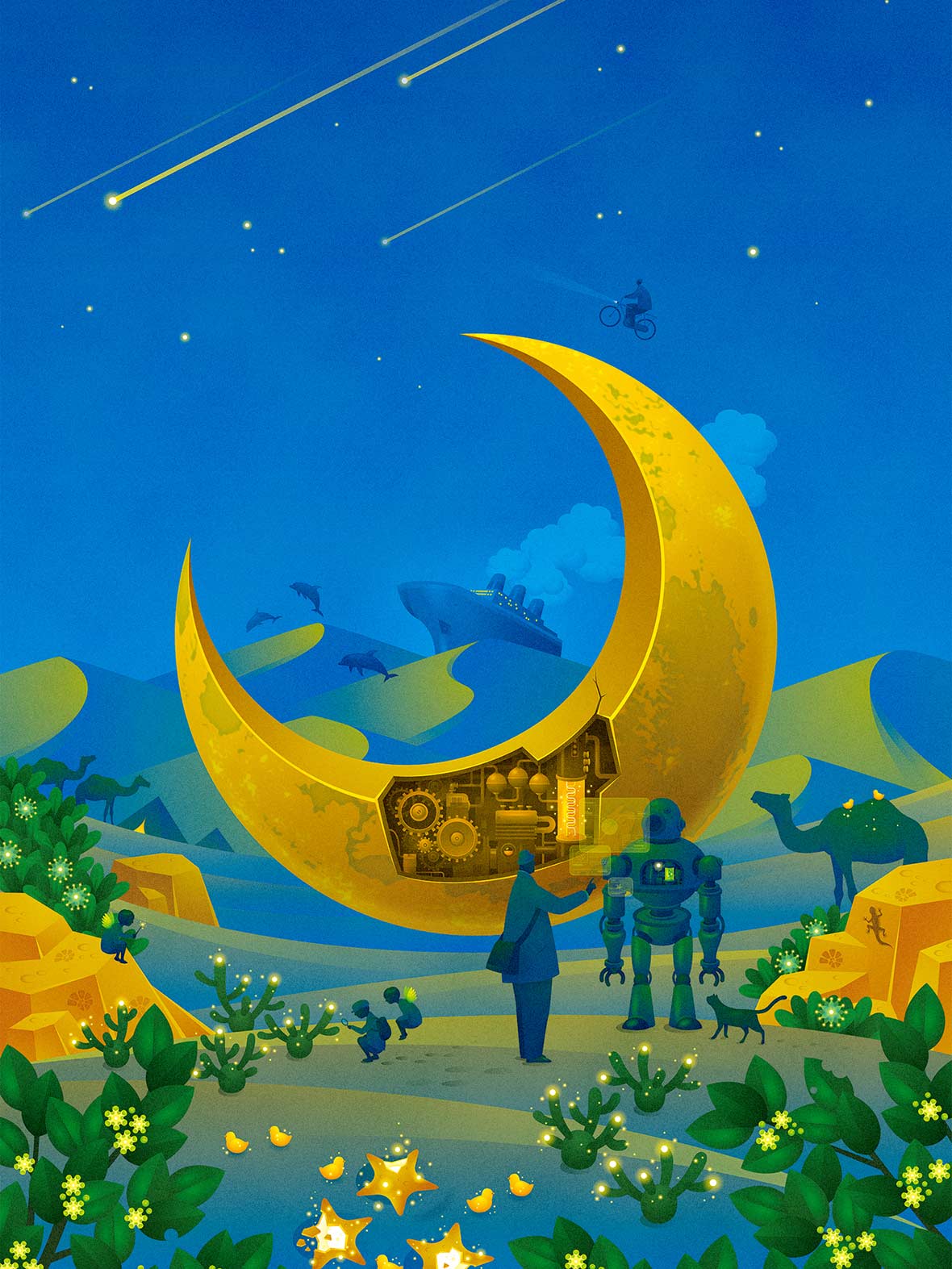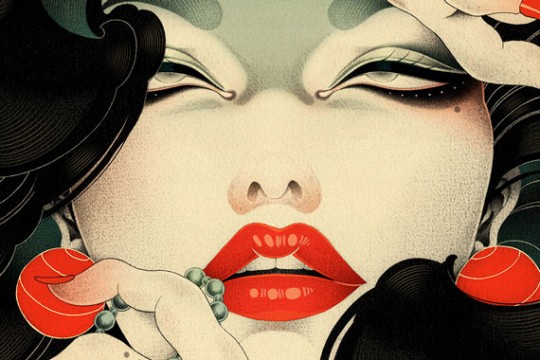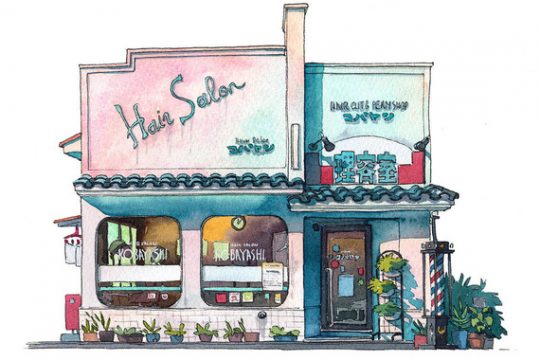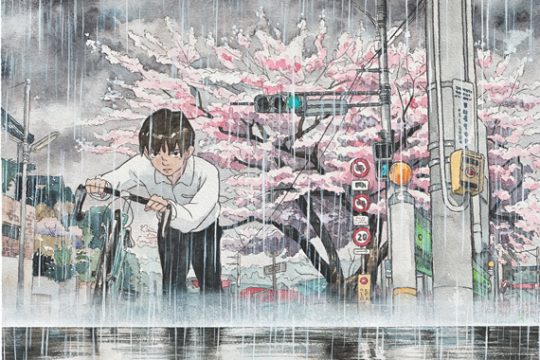无法观看?前往优酷
ARDNEKS is the pseudonym of Kendra Ahimsa, a Jakarta-based artist whose psychedelic visual style recreates a curious world of bright bold colors, pop culture, intergalactic deities, and dreamy tropicália. Originally a designer by training, Kendra likes to mix his love of typography, musical subcultures, and Japanese comics with some subtle spiritual themes and the lush colors of tropical Indonesia.
ARDNEKS dalah nama samaran dari Kendra Ahimsa, artis yang berbasis di Jakarta yang gaya psychedelic merayakan dunia yang aneh tentang warna-warna cerah, budaya pop, dewa intergalaksi, dan tropicalia impian. Seorang desainer dengan pelatihan, Kendra mencampur cintanya akan tipografi, subkultur musik, dan komik Jepang dengan warna panas dan spiritualitas berdasarkan Indonesia yang tropis.
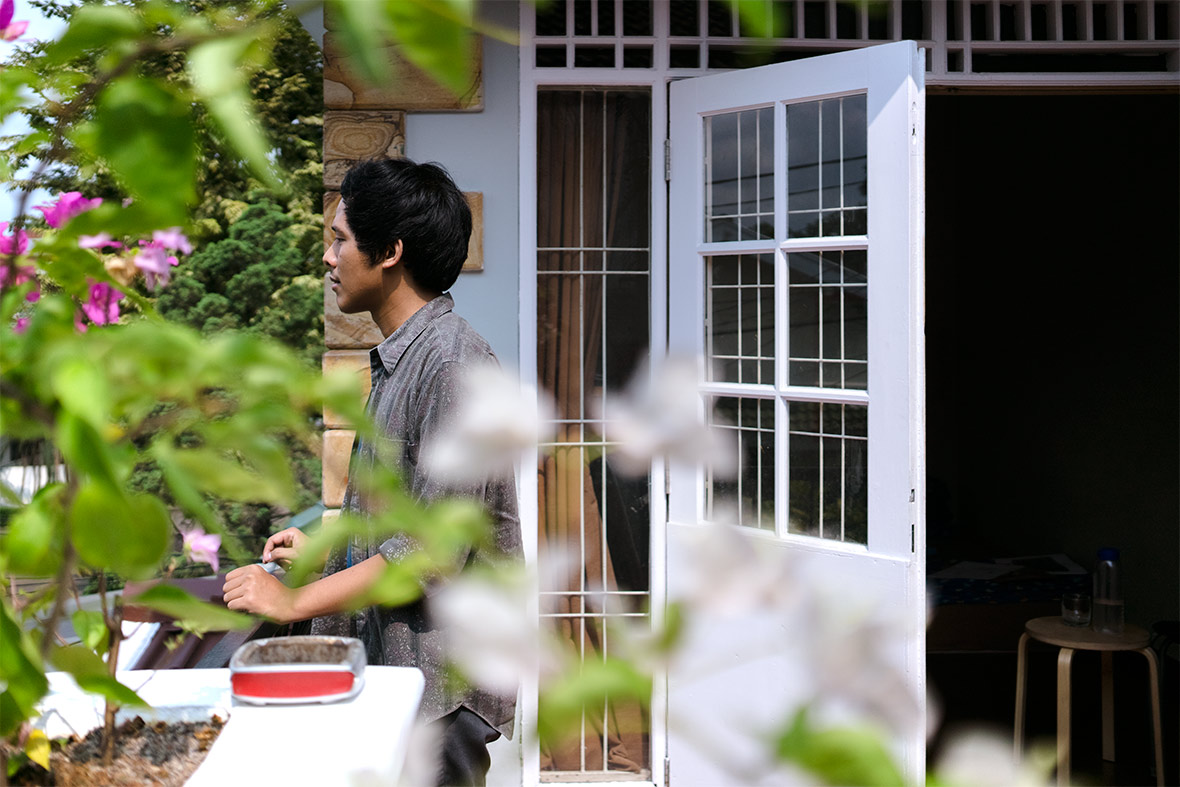
Kendra’s studio overlooks a quiet, suburban neighborhood in the sprawling city of Jakarta, where traffic and daily life have been known to be notoriously dangerous. He confesses that he can sometimes just hole up in his studio, put on some music, and draw all day, going wherever the music takes him. This kind of concentration and level of obsessive focus is what has allowed him to spend years painstakingly perfecting his color palette. Using a rare type of colored pencil, which he has been collecting, Kendra colors his images with a particular and highly specific shade of red. The methodic use of color is a distinctive hallmark of his work.
Studio Kendra menghadap lingkungan yang tenang, di pinggiran kota luas Jakarta, di mana lalu lintas dan kehidupan sehari-hari bisa terkenal mengancam. Sebagai seorang seniman, dia bisa mendekam di studio, memasang musik, dan menggambar sepanjang hari, di mana pun musik membawanya. Konsentrasi dan fokus obsesif semacam ini adalah apa yang memungkinkan dia susah payah menghabiskan bertahun-tahun menyempurnakan palet warna nya. Dia menggunakan warna merah tertentu yang berasal dari warna pensil langka yang ia kumpulkan. Sepanjang karya ini, penggunaan warna Kendra jelas merupakan ciri khas.
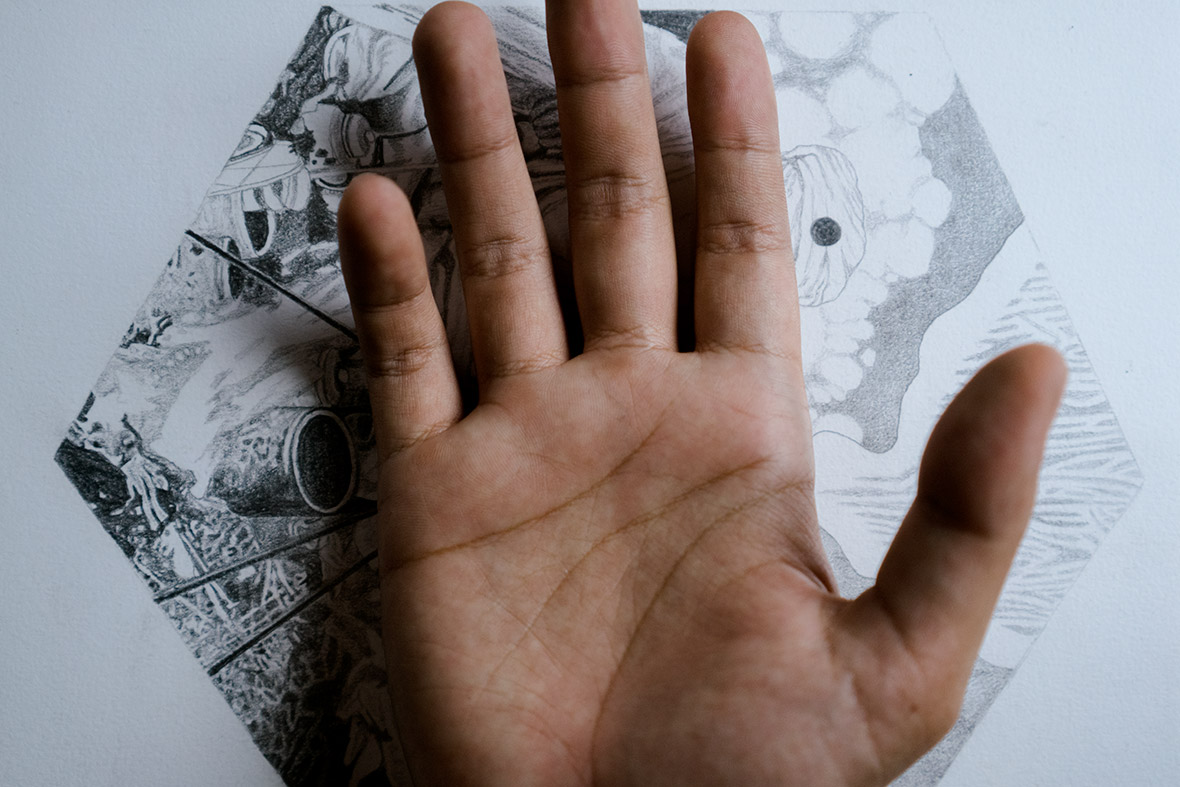
Music is a prominent aspect of Kendra’s life, and not only is he an accomplished artist, he spearheads one of Jakarta’s most vibrant communities where musicians and visual artists collaborate and perform together. STUDIORAMA sessions is a monthly event that brings audiovisual artists together in freeform sessions, and showcases some of the most promising and unknown acts in Indonesia today. The sense of community, strong turnout, and camaraderie has been an integral part of his work, Kendra says. Although many local artists might end up choosing to move away, the quality work of his fellow artists that remain in Jakarta is one of his main source of inspiration, and also what keeps him motivated to continue working in the city.
Sifat musik mencolok dalam kehidupan Kendra, dan tidak hanya dia seorang seniman ulung, dia ujung tombak salah satu komunitas paling bersemangat Jakarta di mana musisi dan seniman visual yang berkolaborasi dan tampil bersama. Sesi STUDIORAMA dalah acara bulanan yang membawa artis audiovisual bersama dalam sesi bentuk yang unik yang menampilkan beberapa tindakan yang paling menjanjikan dan tidak dikenal di Indonesia saat ini. Rasa komunitas, jumlah pemilih yang kuat, dan kekerabatan merupakan bagian integral dari pekerjaannya, kata Kendra. Banyak yang memilih untuk pergi atau ke luar negeri, tetapi inspirasi dan kualitas tinggi dari sesama seniman di Jakarta merupakan bagian utuh yang membuat dia bekerja di sana.
Under the ARDNEKS moniker, Kendra produces album artwork, band posters, film posters, t-shirts, and digital art for himself and likeminded collaborators. As a self-professed connoisseur of all things trivial, Kendra’s artwork is loaded with minute details. Iconic rock musicians, Japanese typography, Martian landscapes, religious figures, flora and fauna all come together in a fantastical balancing act of organic, handdrawn pop clutter and precise, almost geometric design.
Sebagai ARDNEKS, Kendra menghasilkan karya seni album, poster band, poster film, kaos, dan seni digital untuk dirinya sendiri dan kolaborator pemikiran serupa. Sebagai seorang ahli diri mengaku dari semua hal-hal sepele, karya seni Kendra adalah sarat dengan rincian kecil. Ikon musik, karakter Jepang, tanah Mars, flora, fauna dan tokoh agama dicampur bersama-sama dalam satu keseimbangan fantastis antara kekacauan pop organik dan tepat, desain geometris.
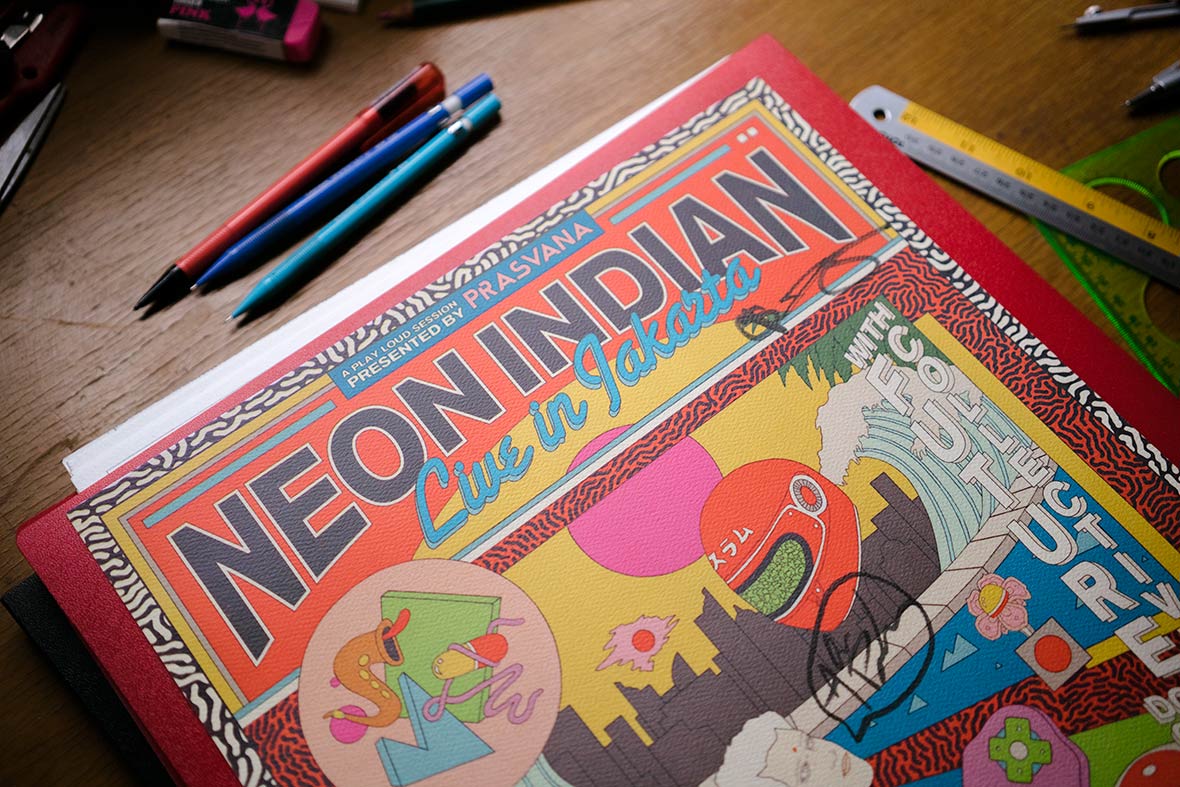
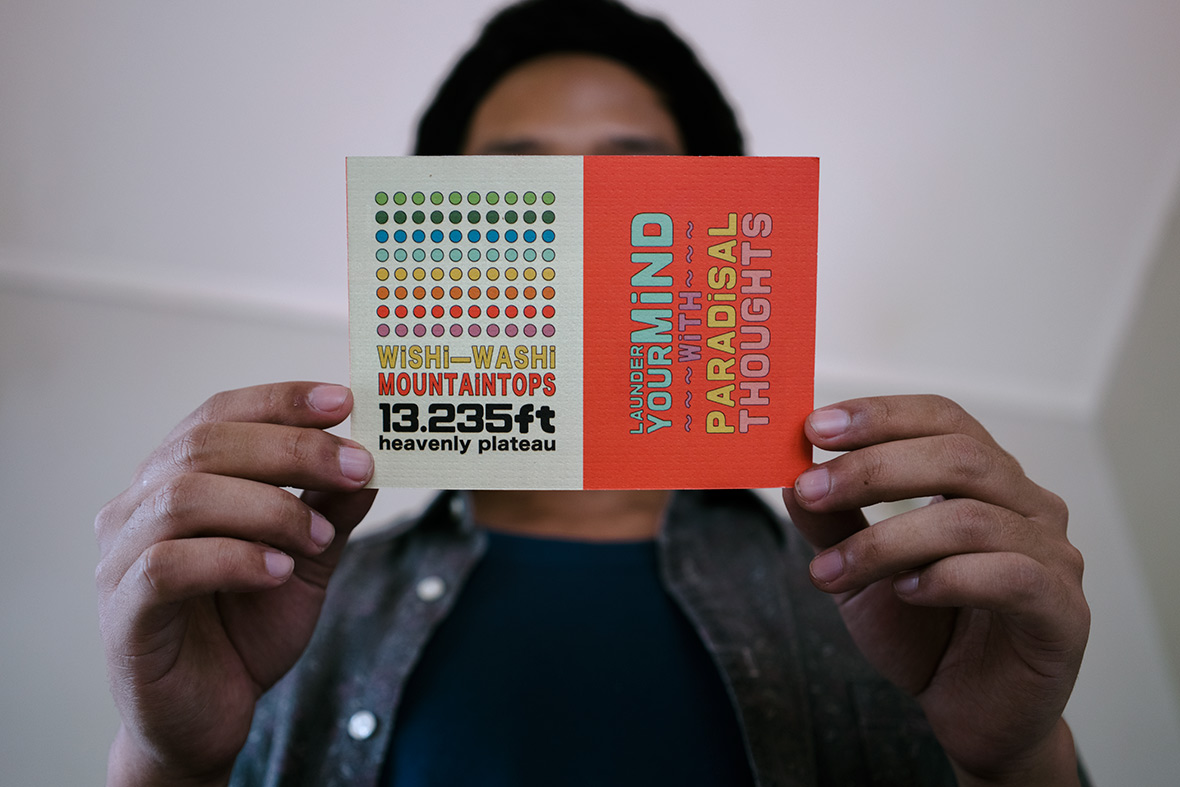
Website: ardneks.com
Facebook: ~/ardneks
Instagram: @ardneks
Soundcloud: ~/ardneks
Website: ardneks.com
Facebook: ~/ardneks
Instagram: @ardneks
Soundcloud: ~/ardneks

